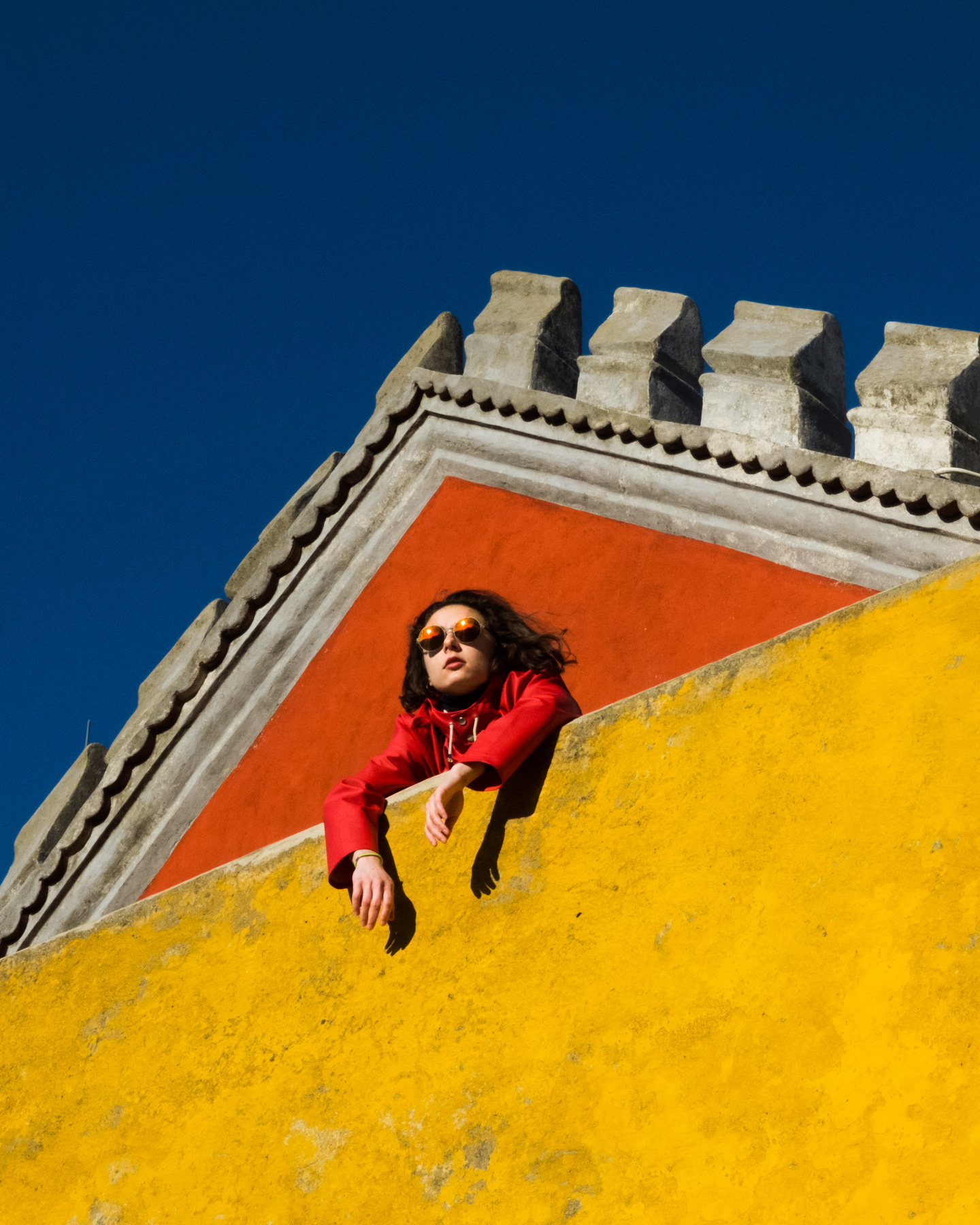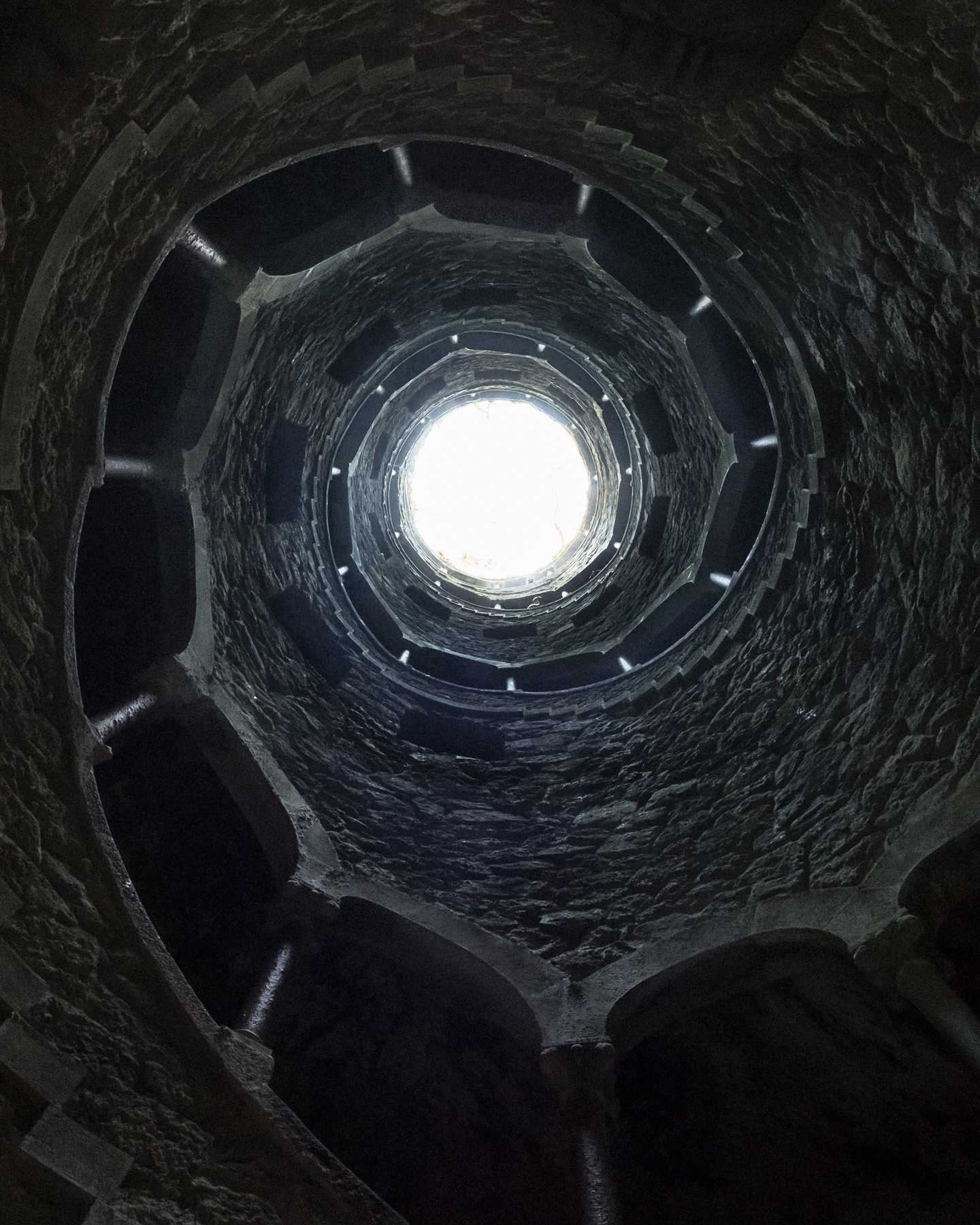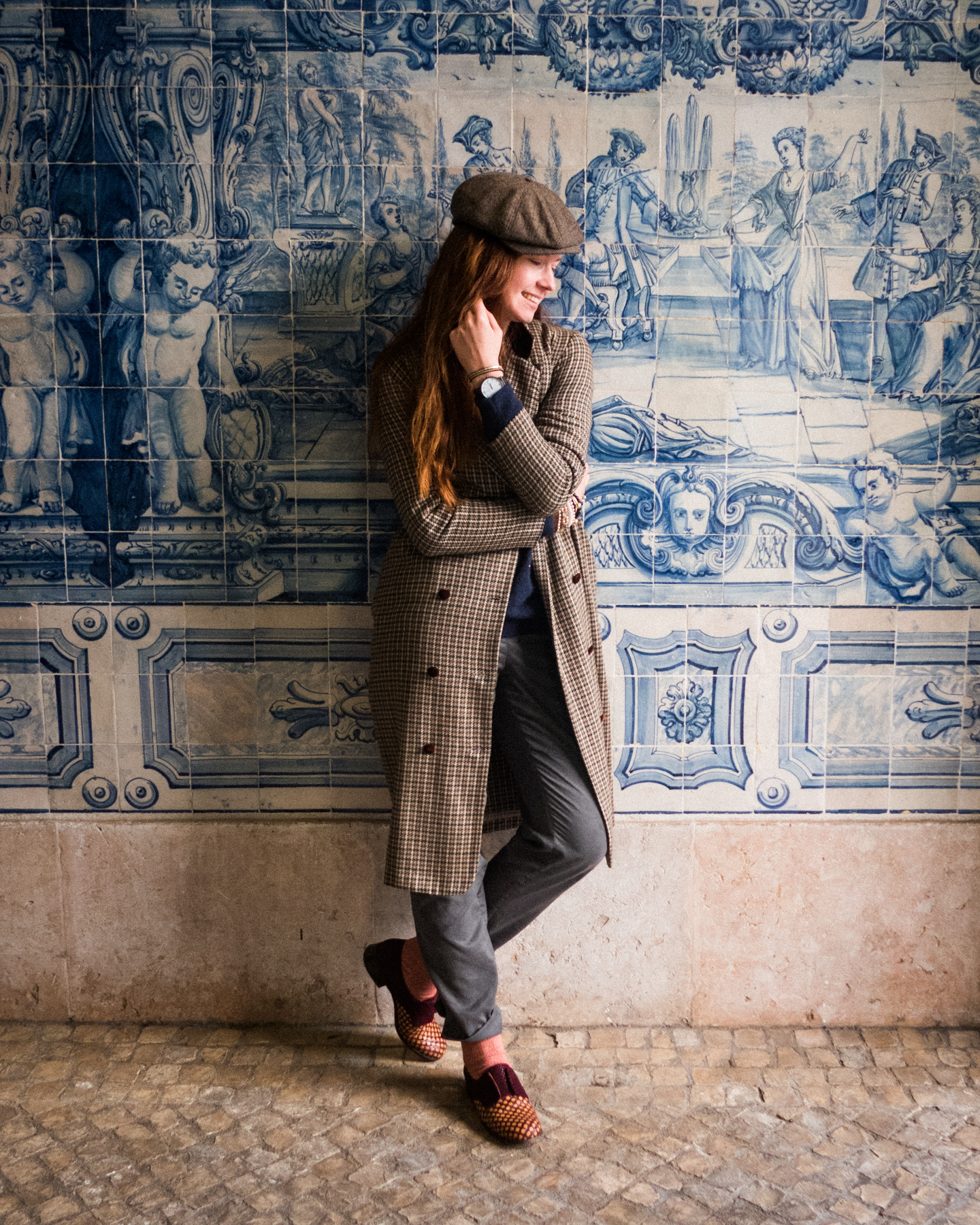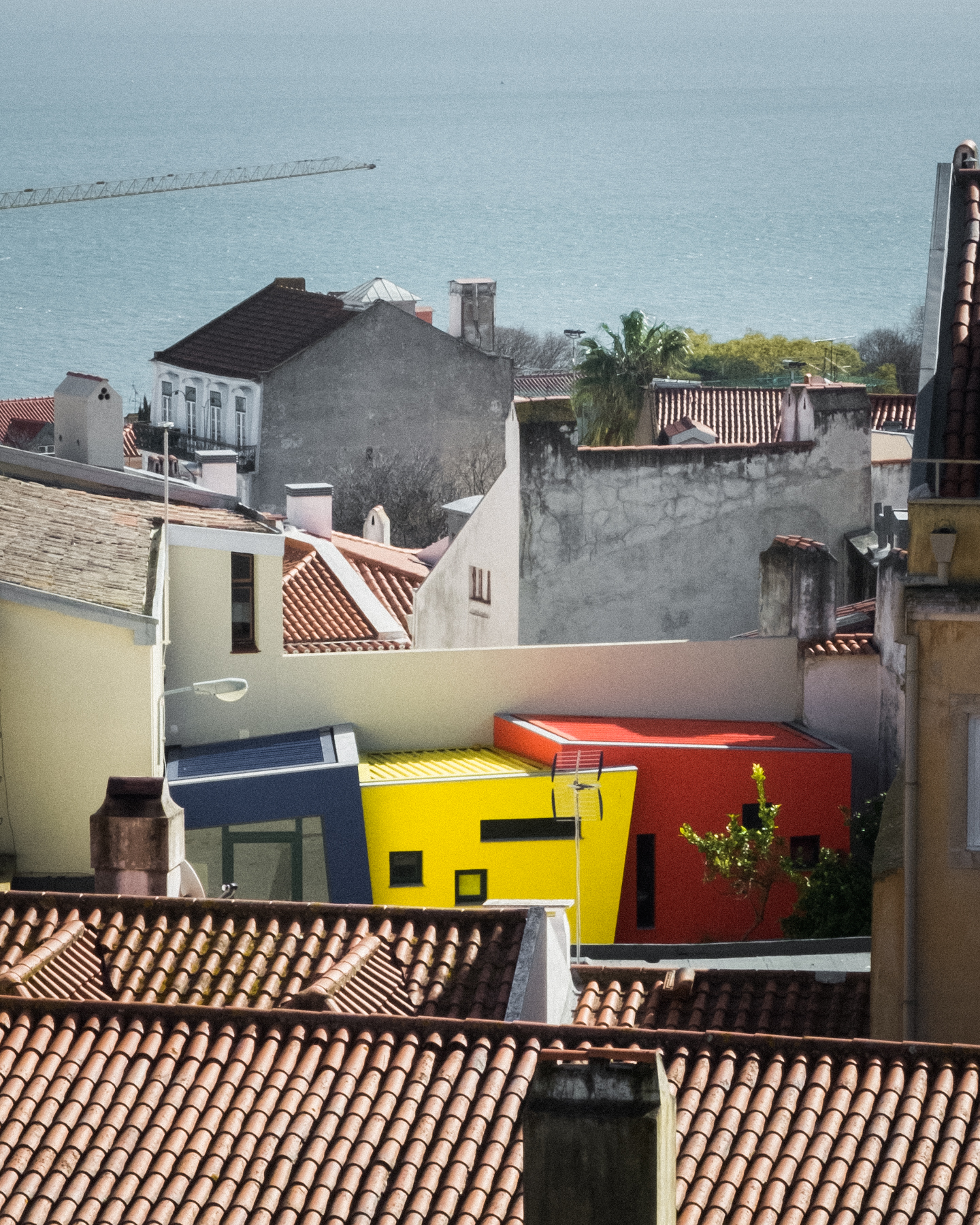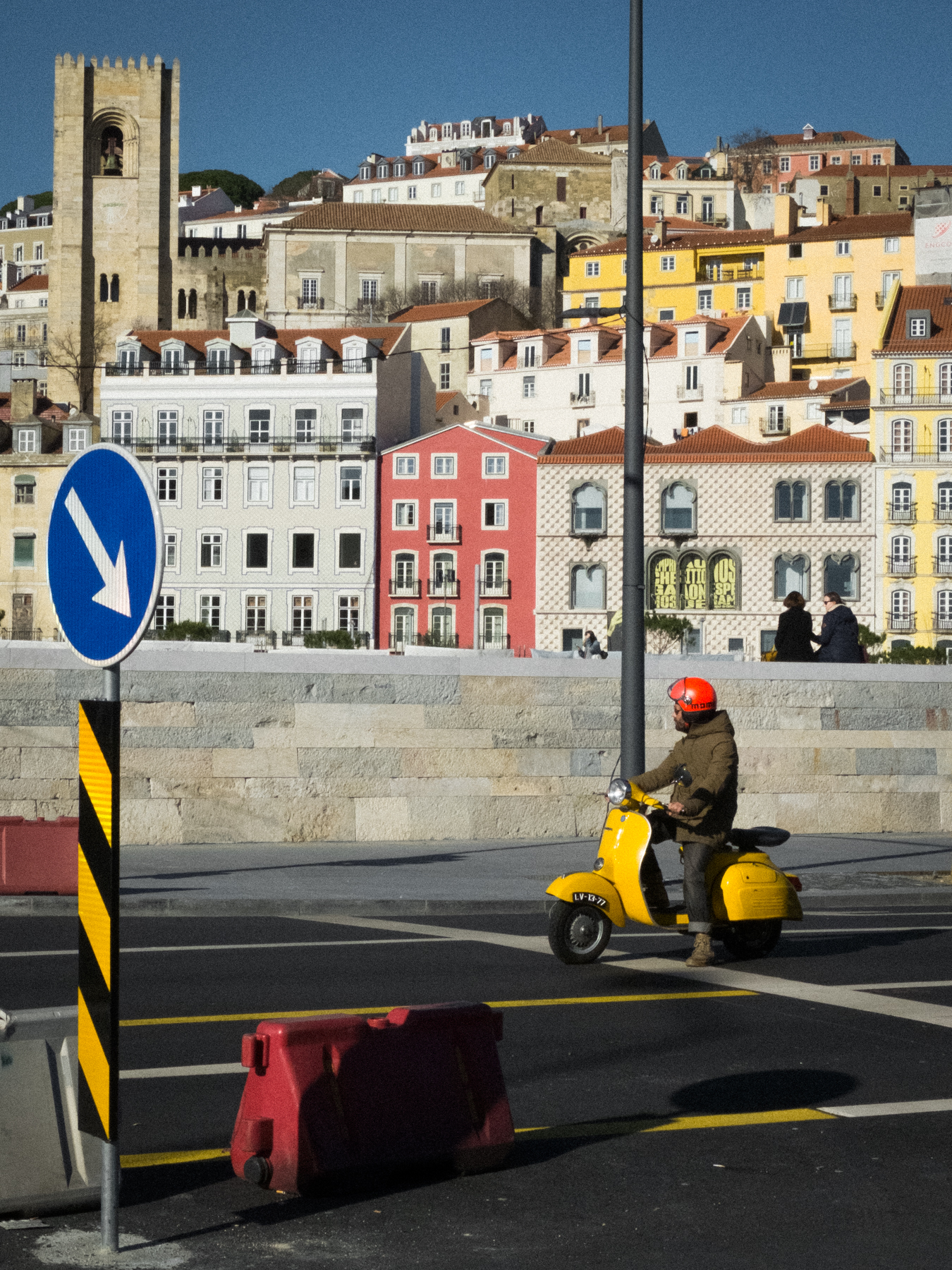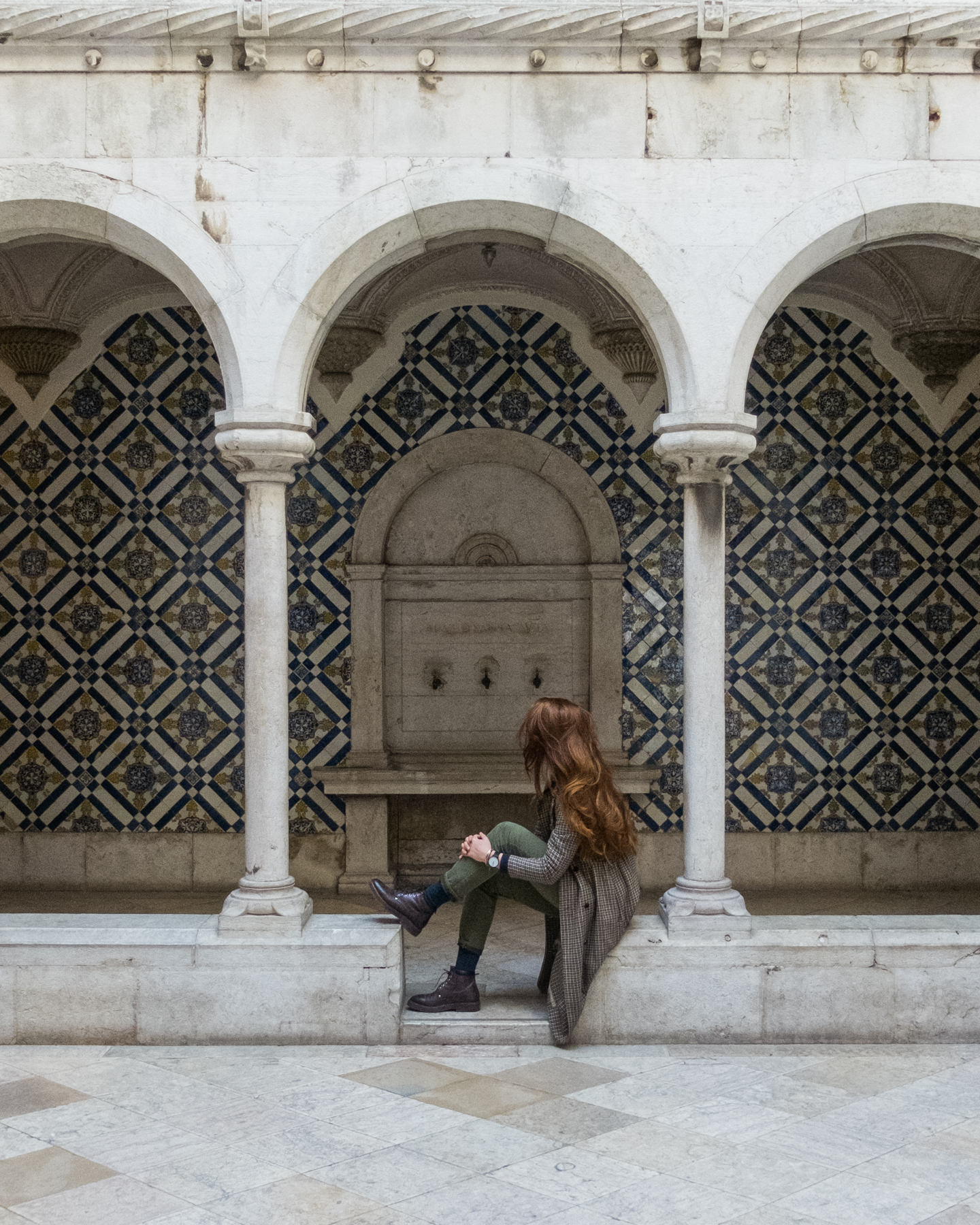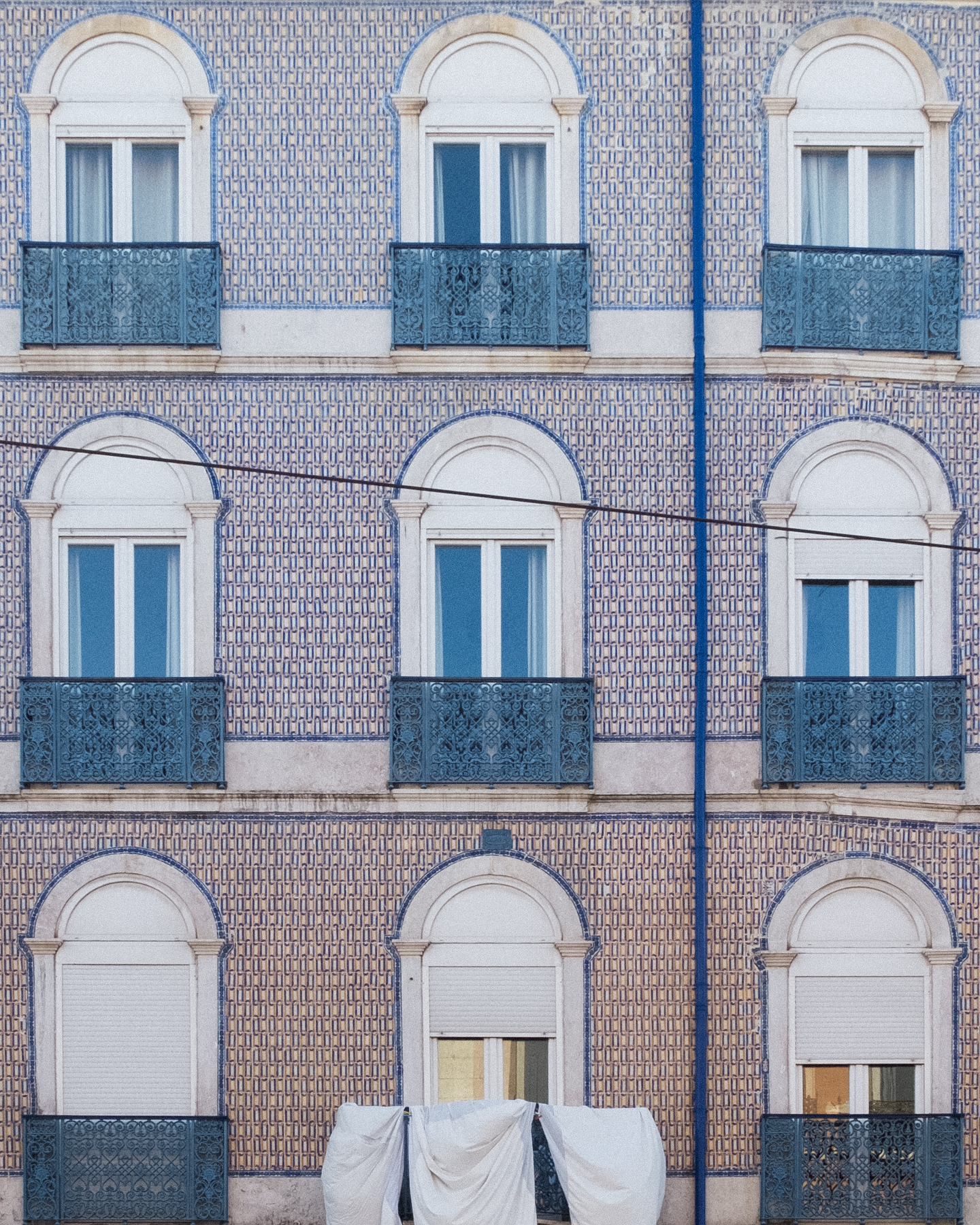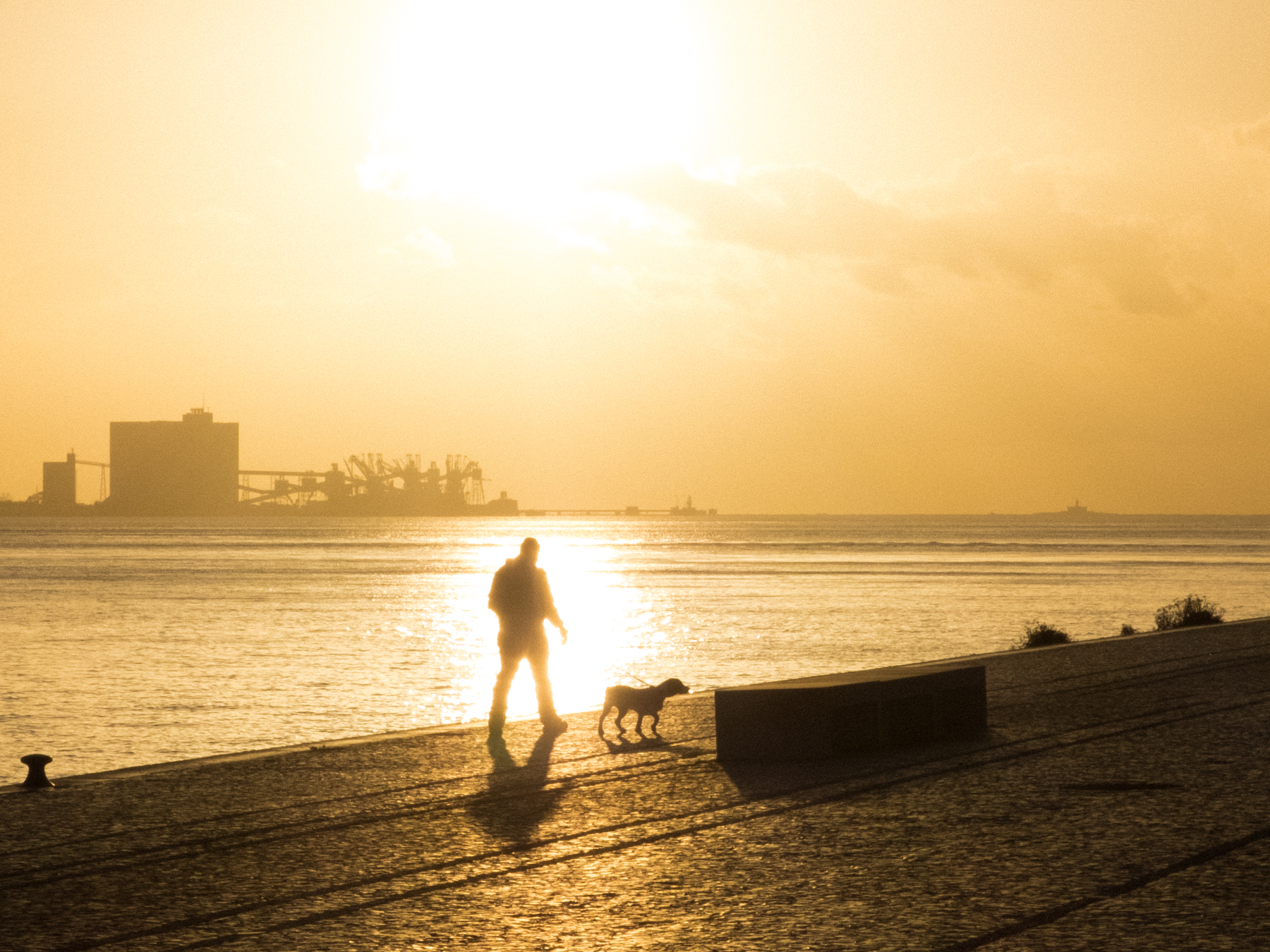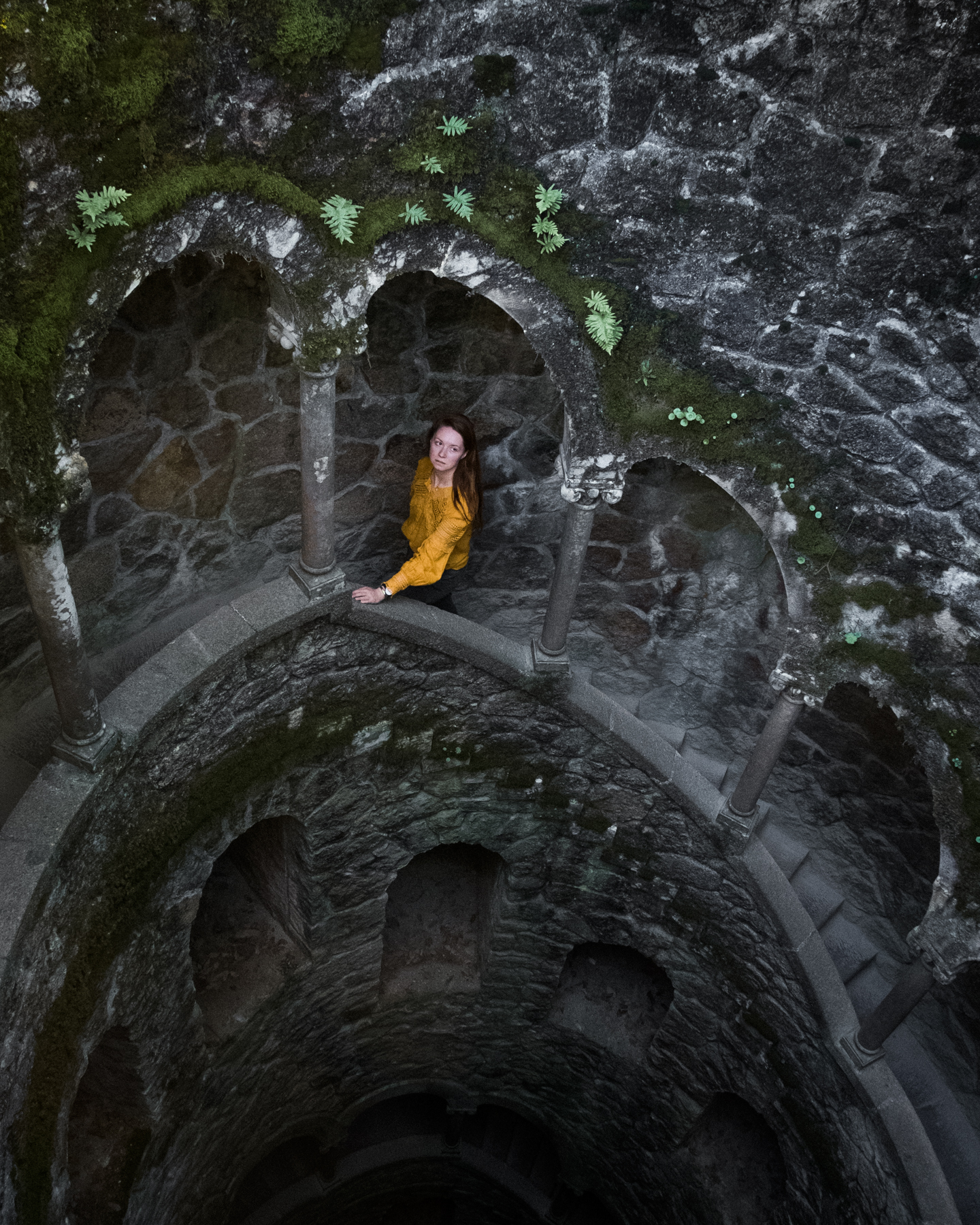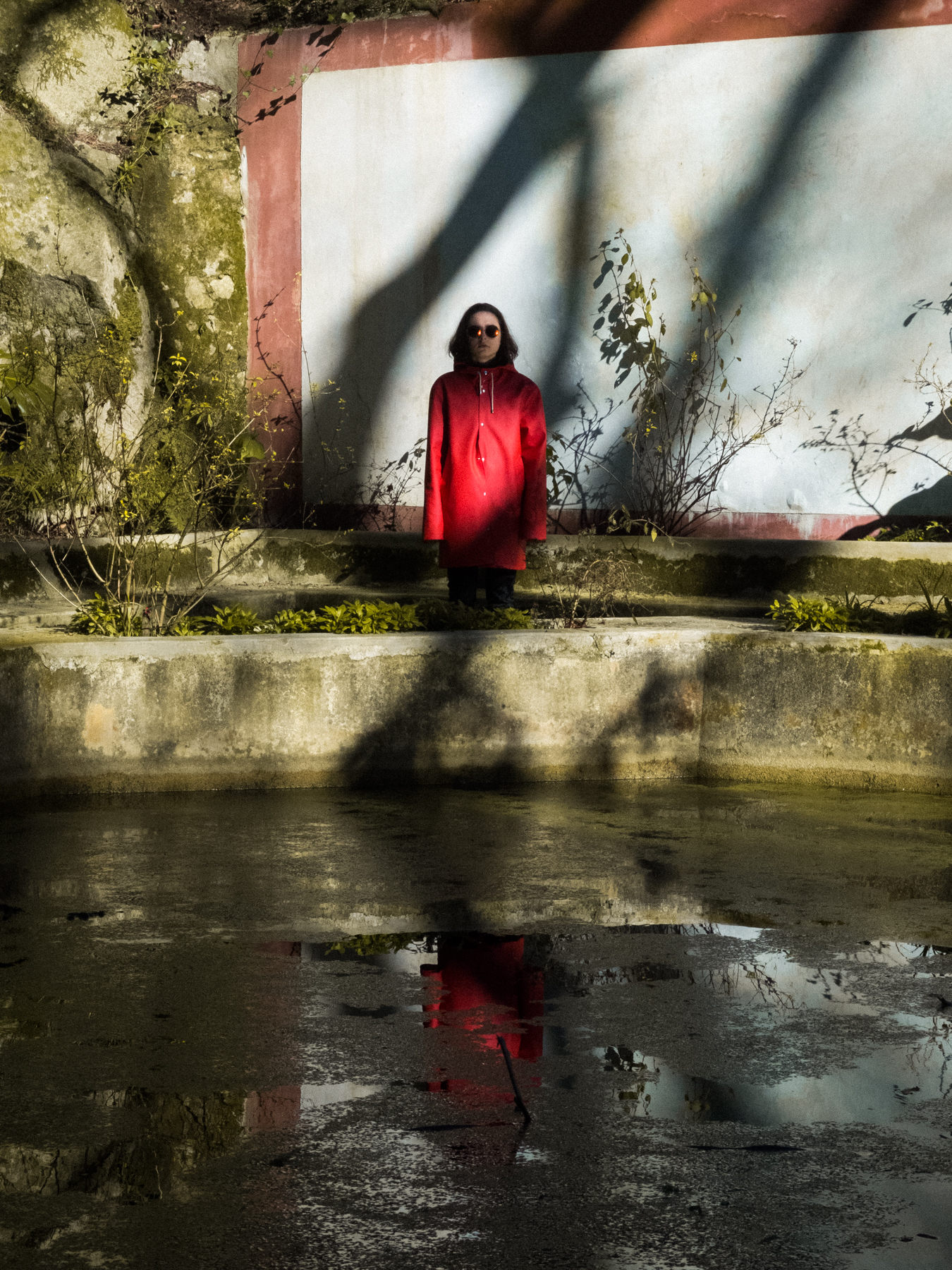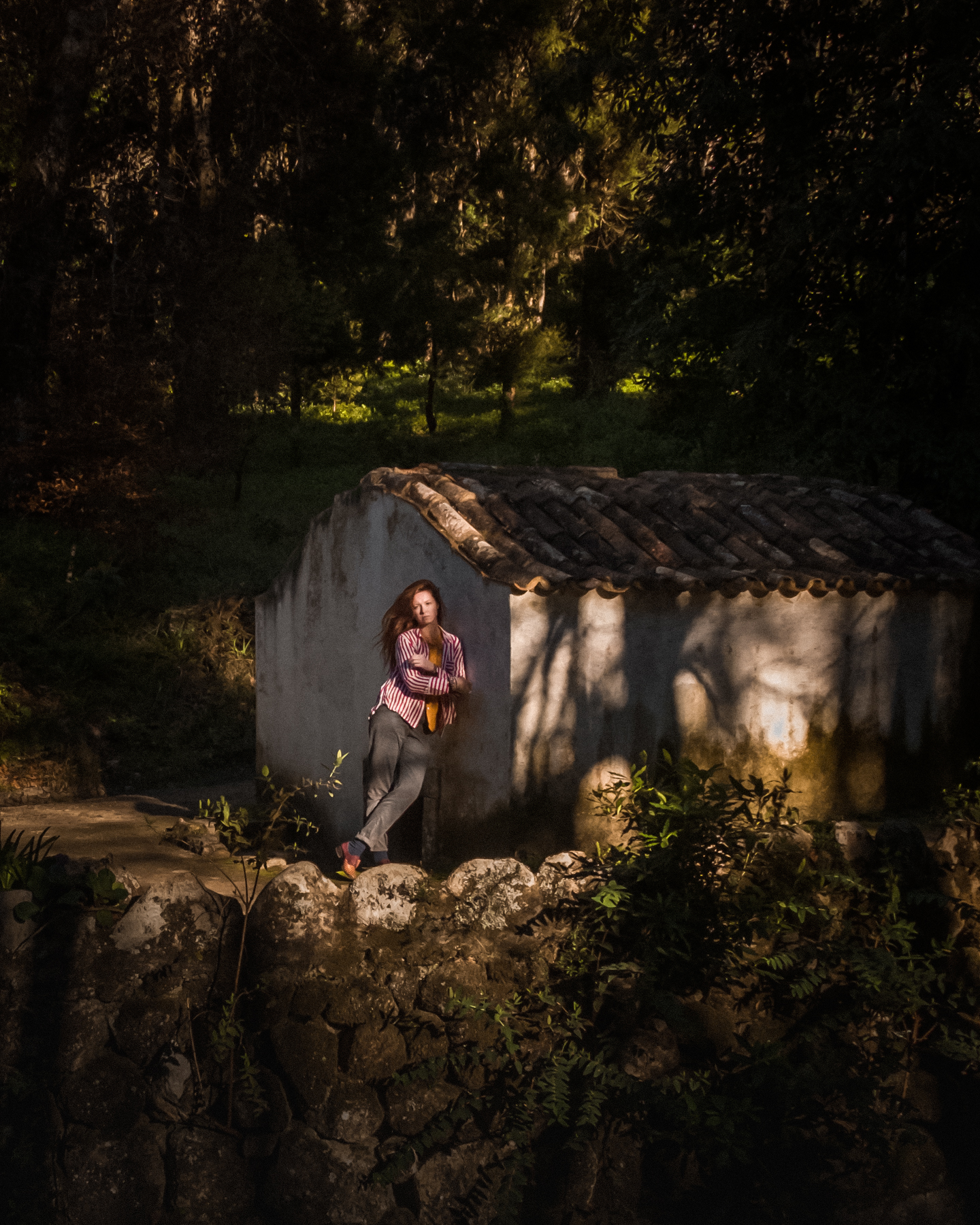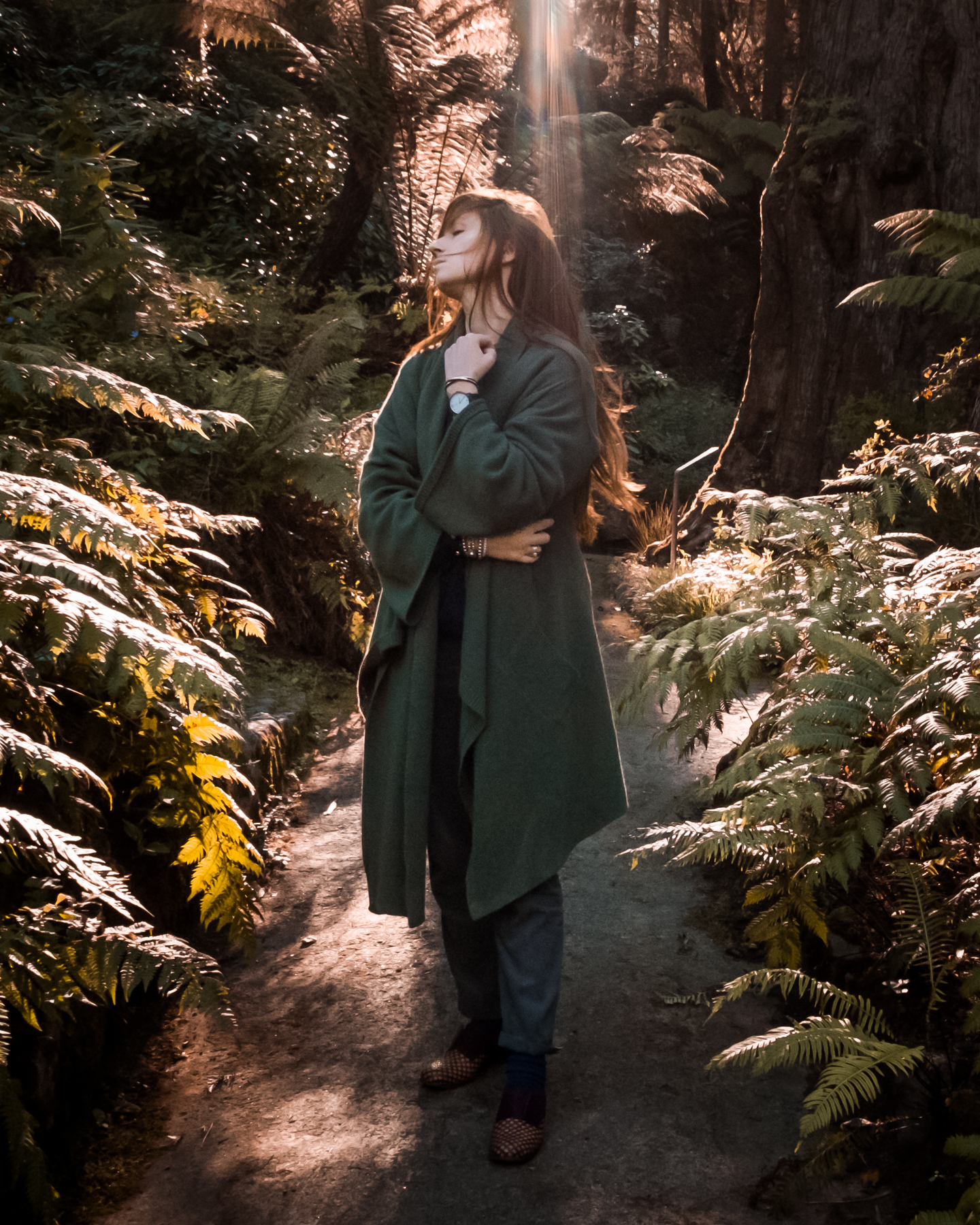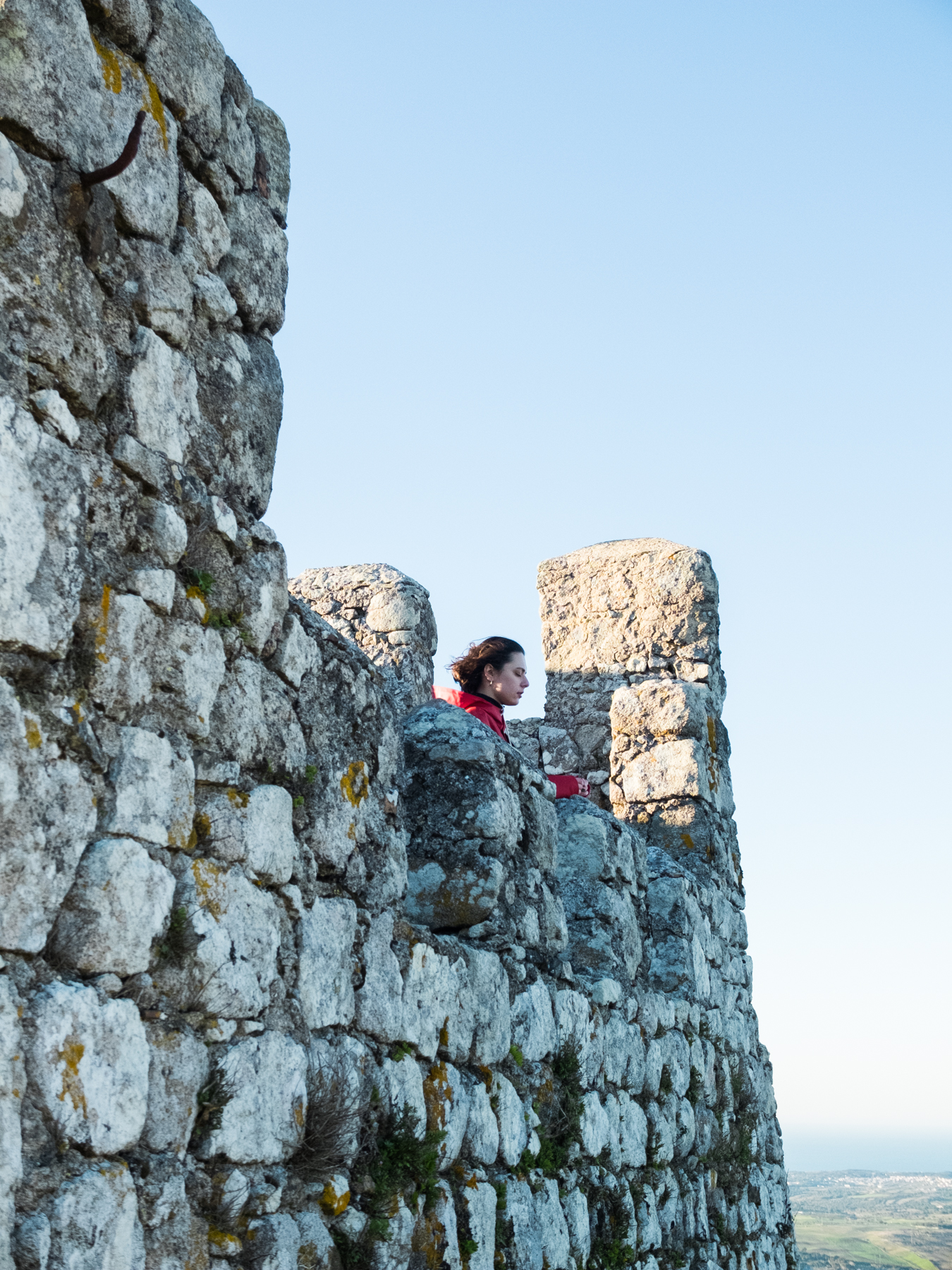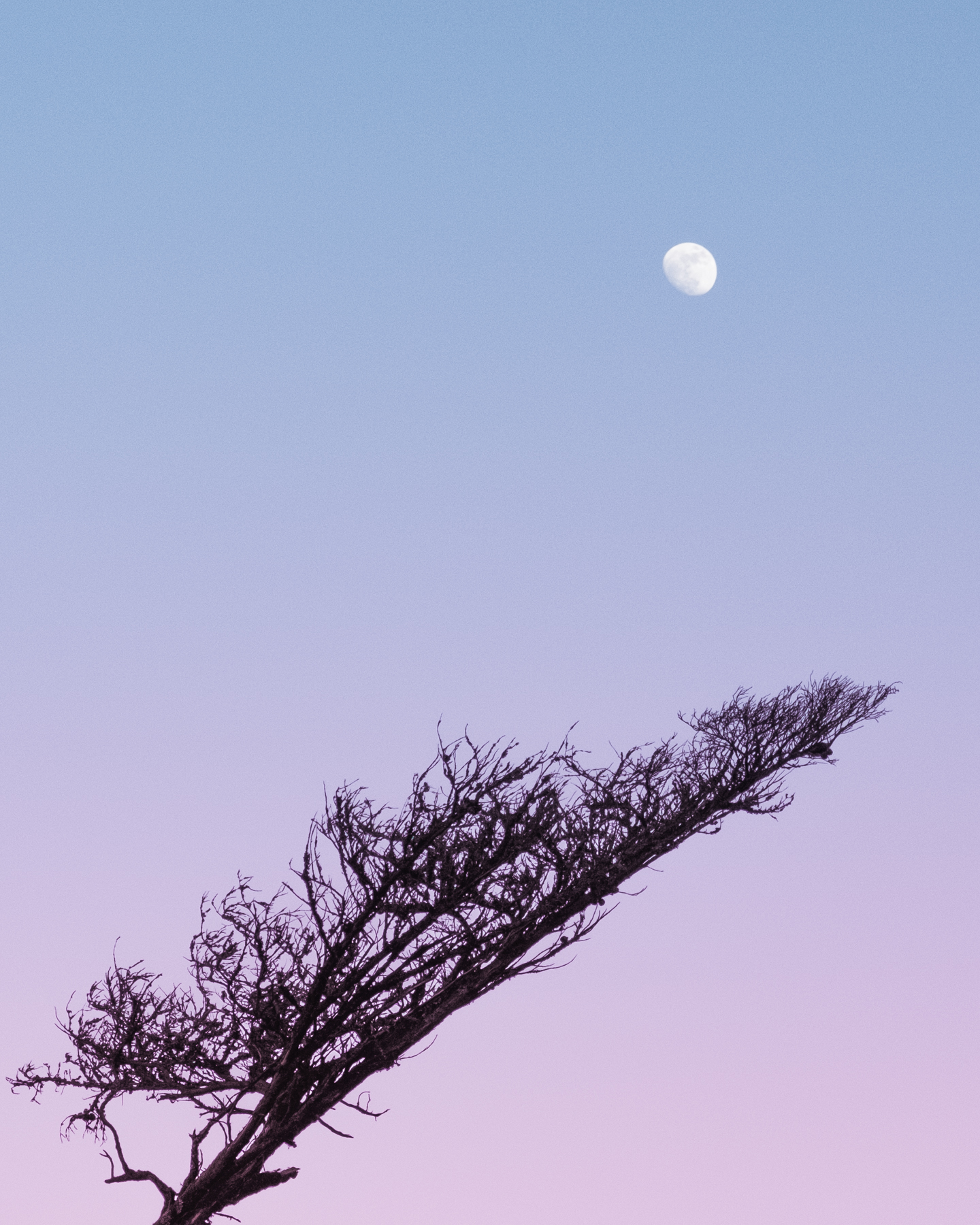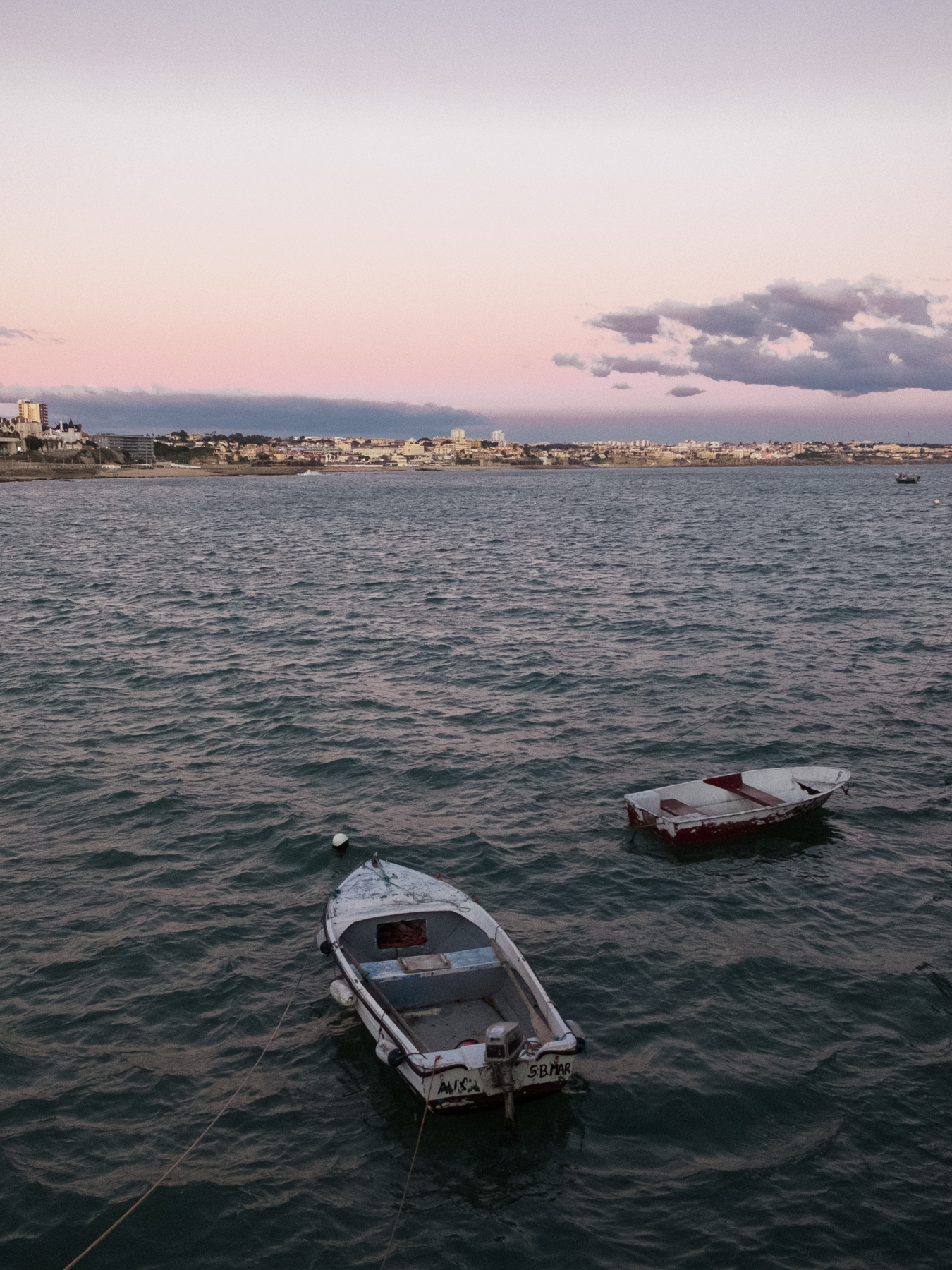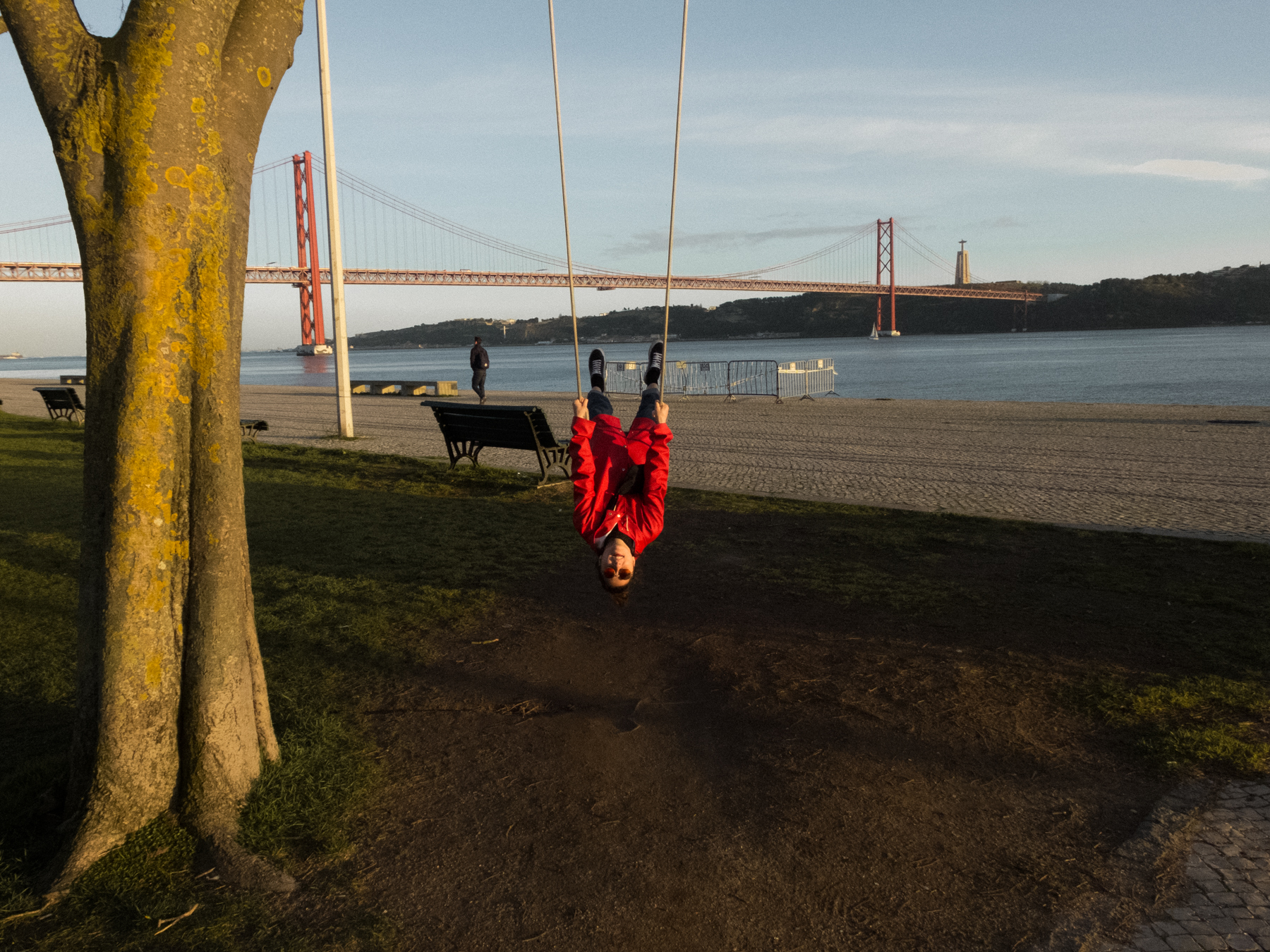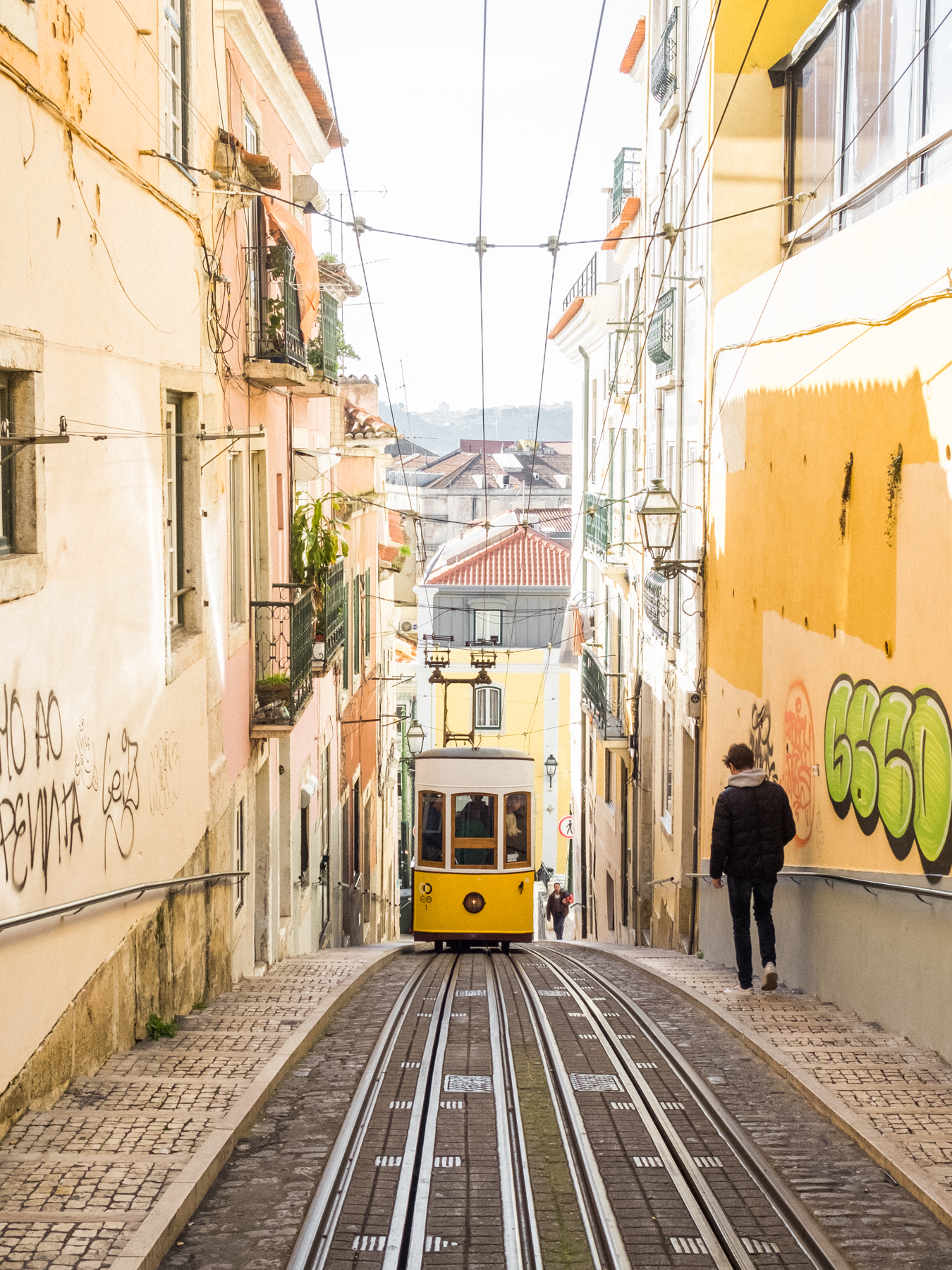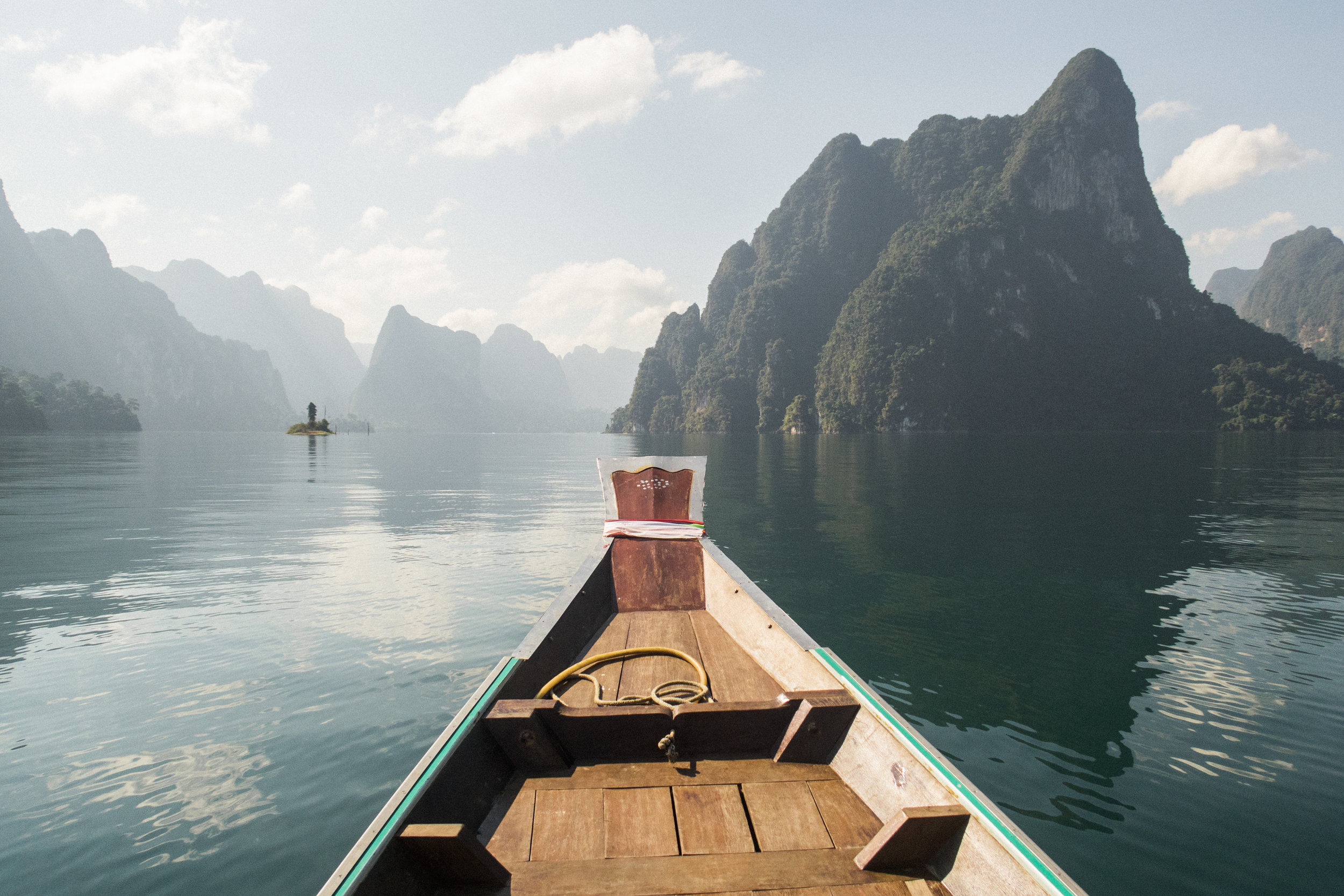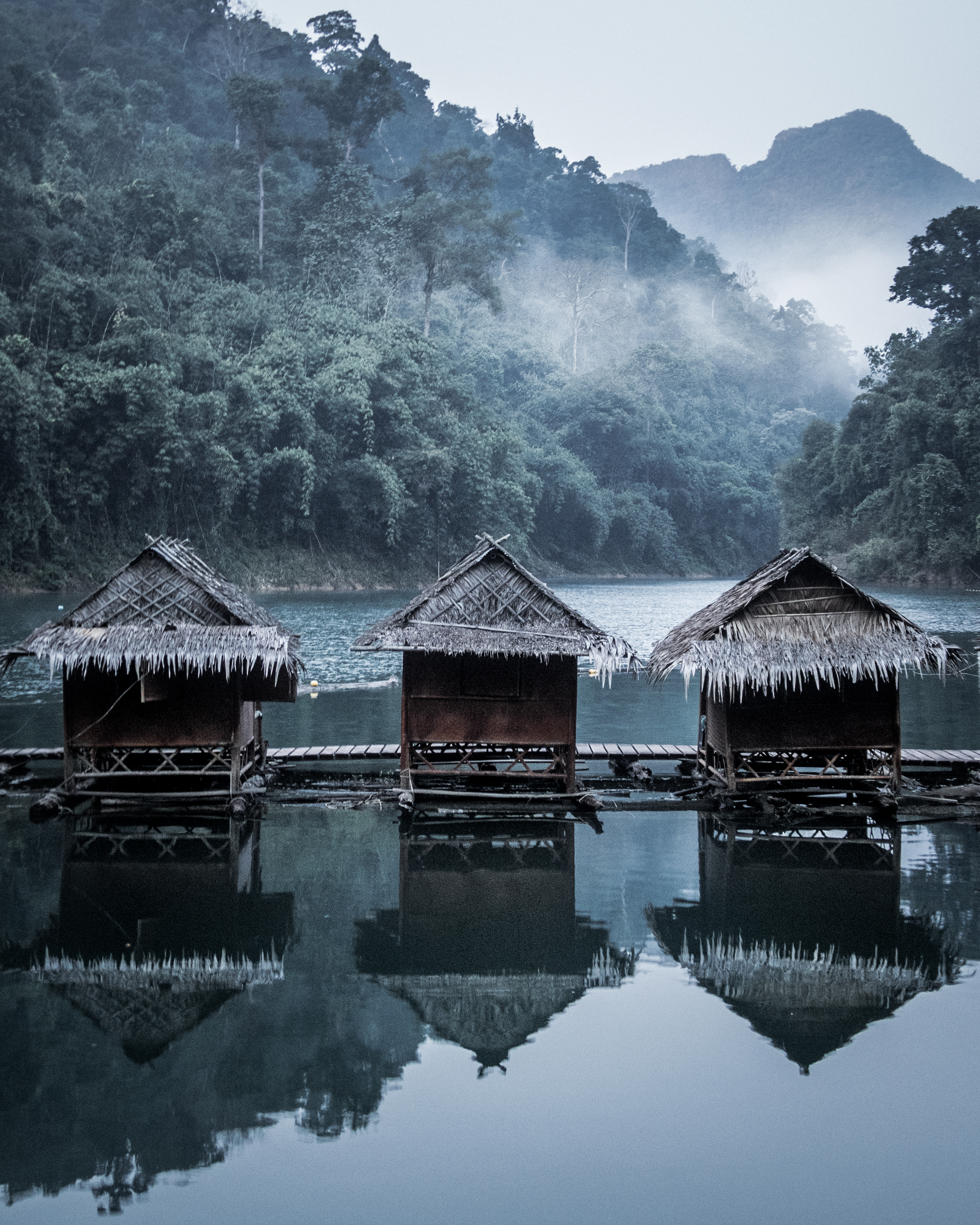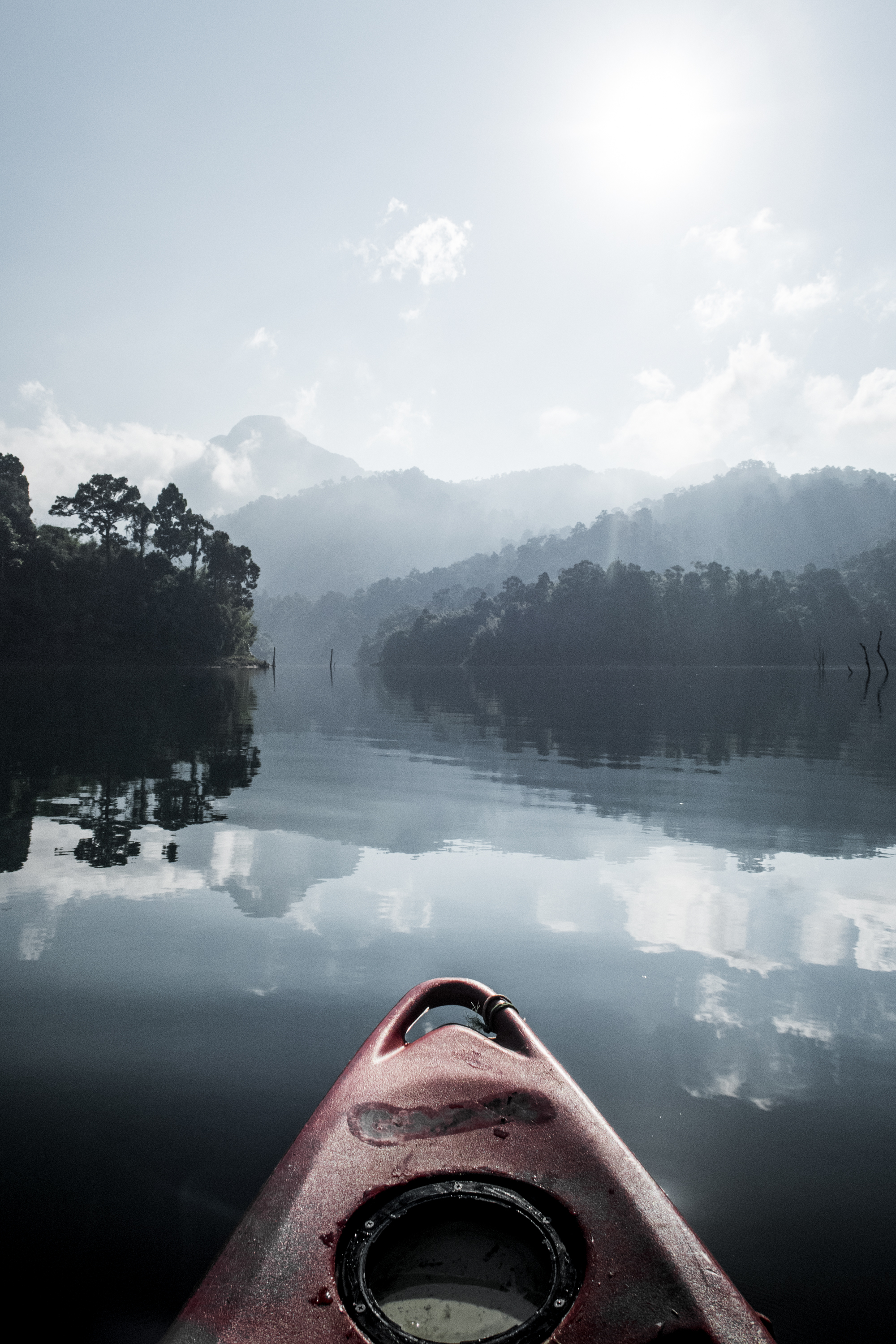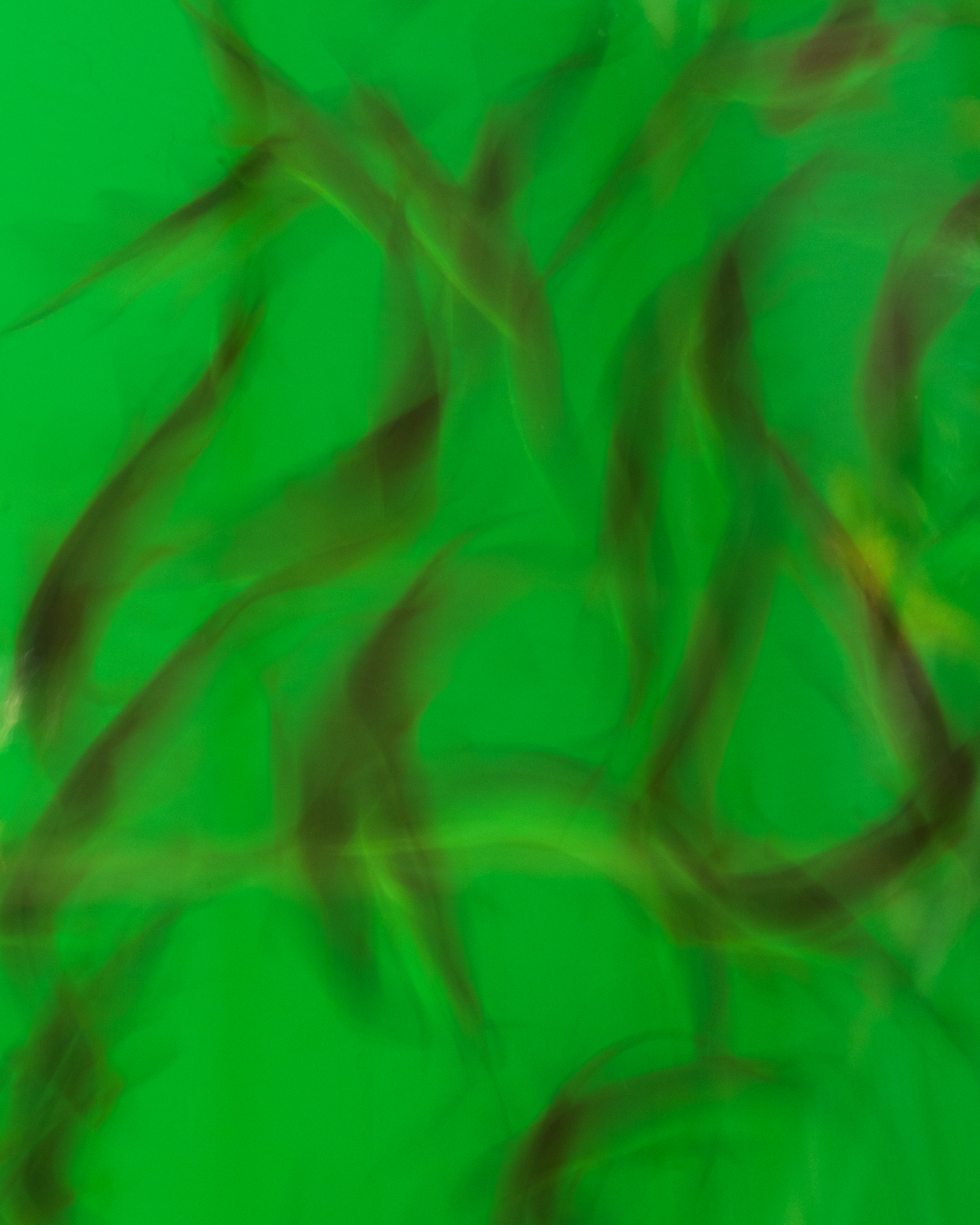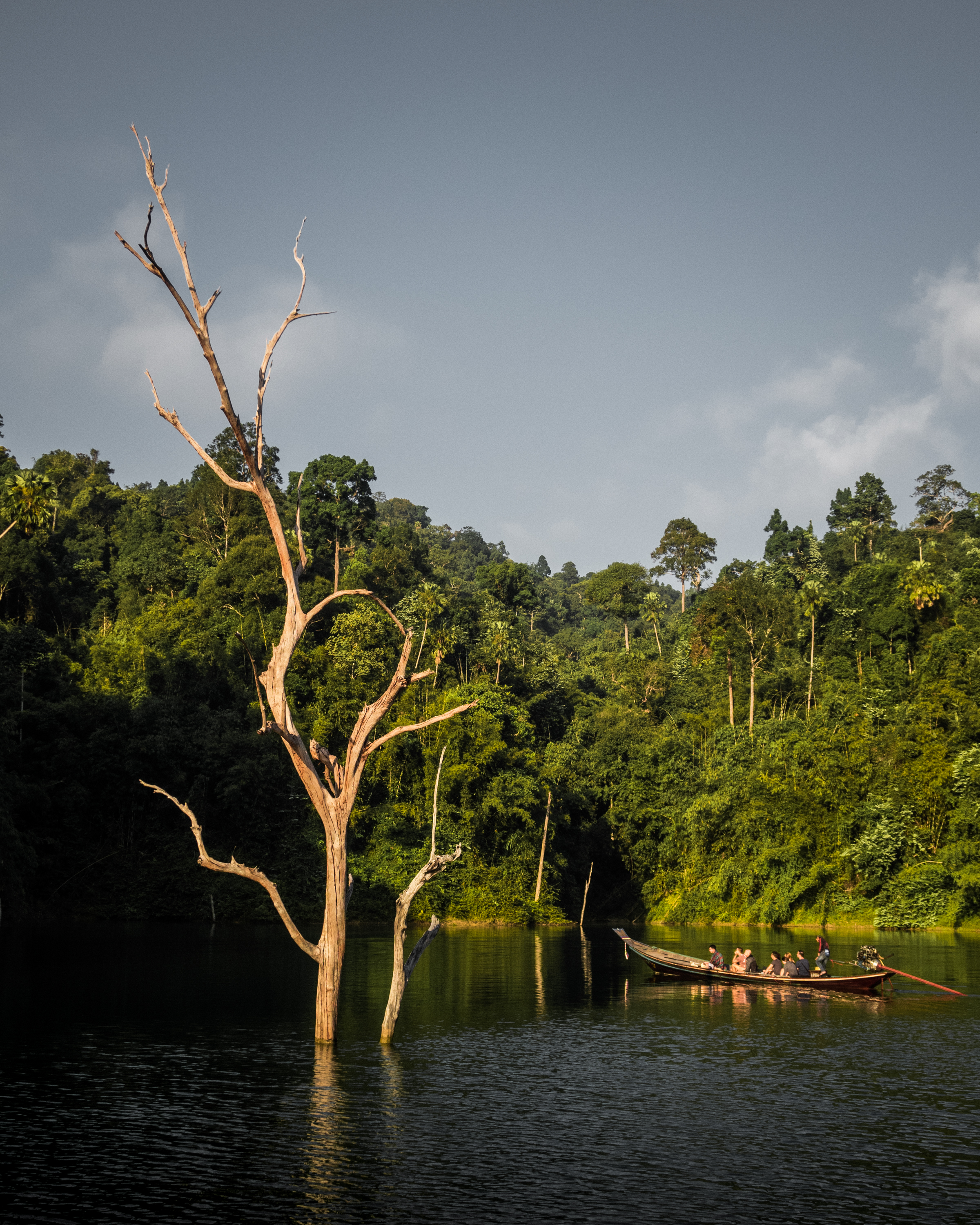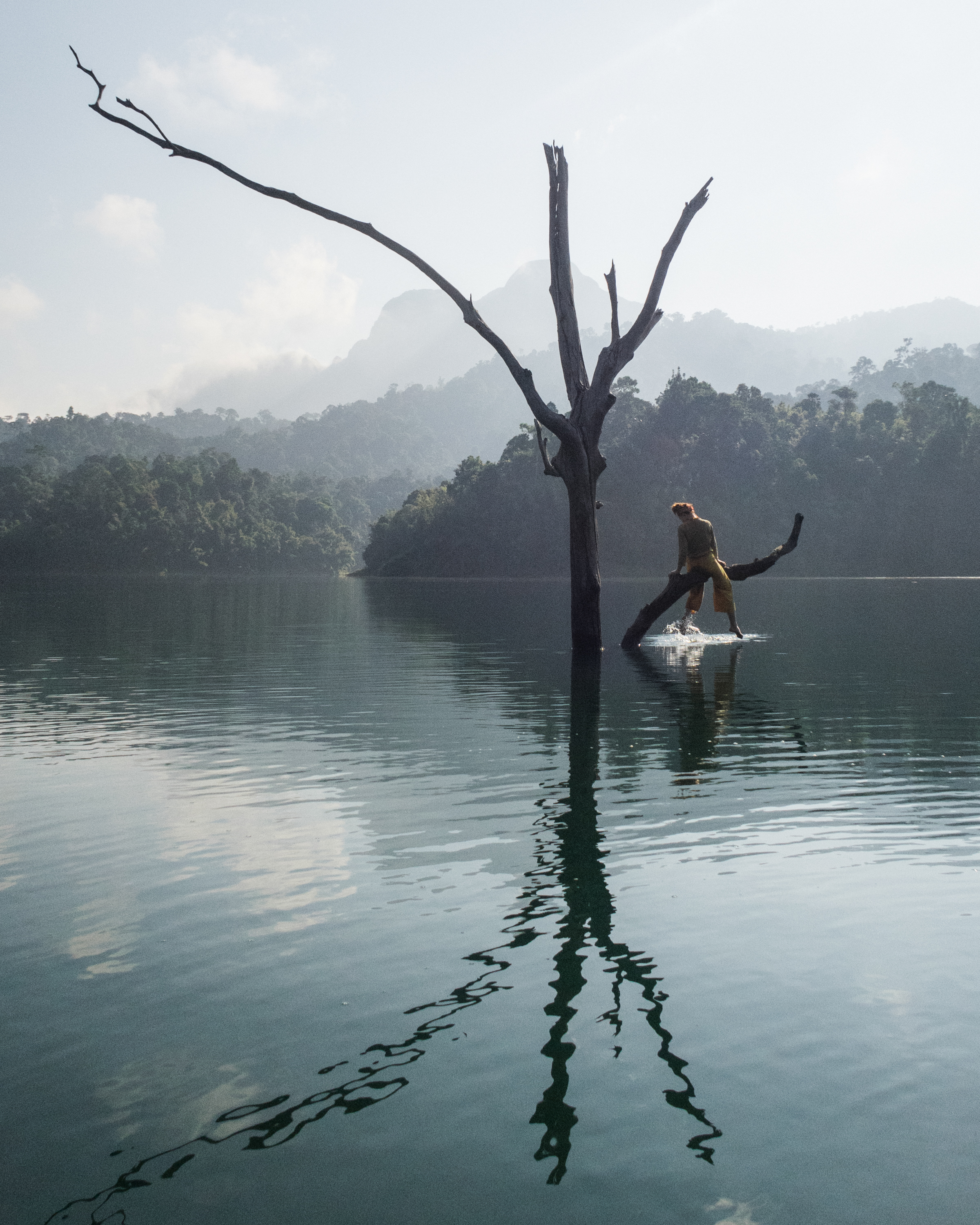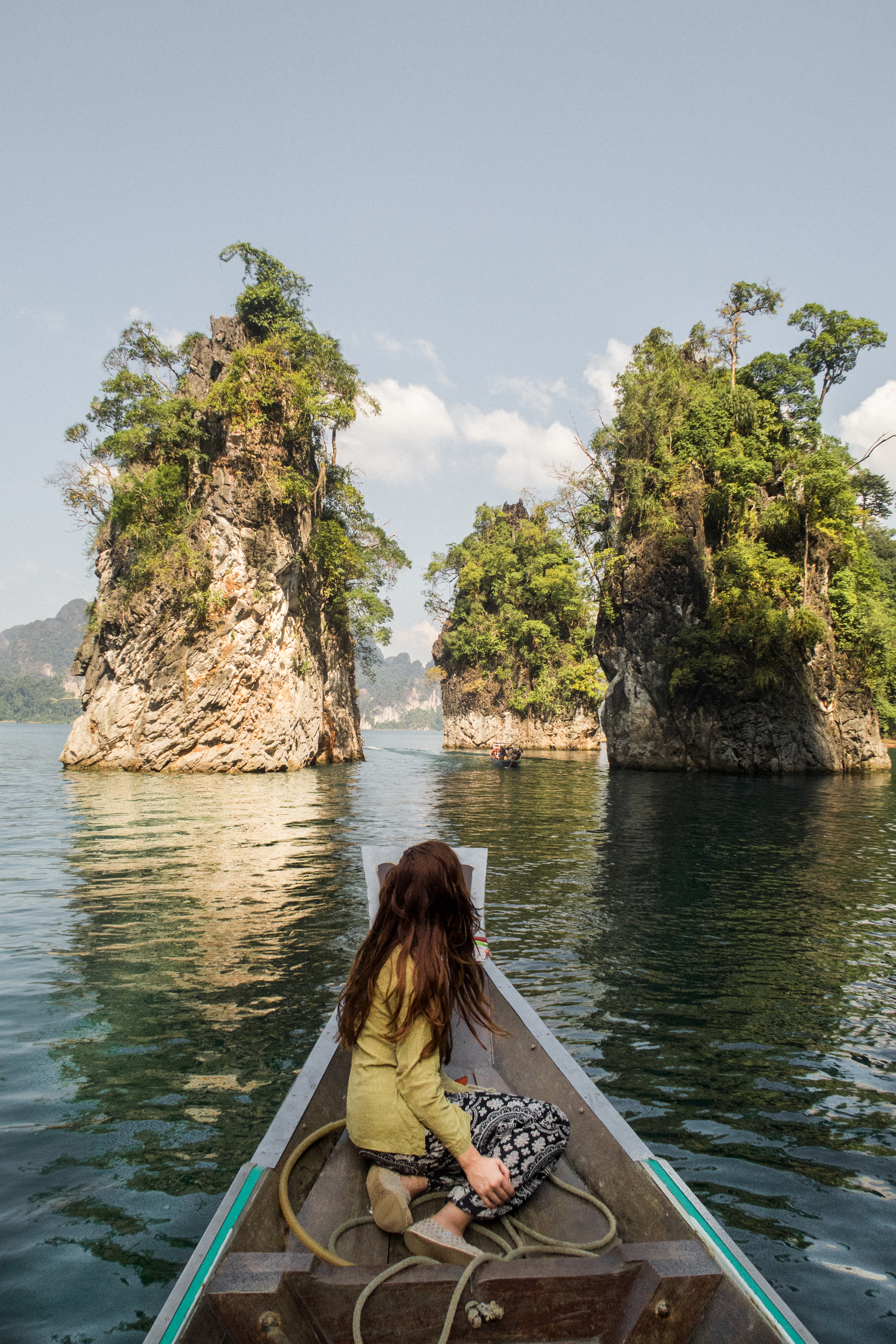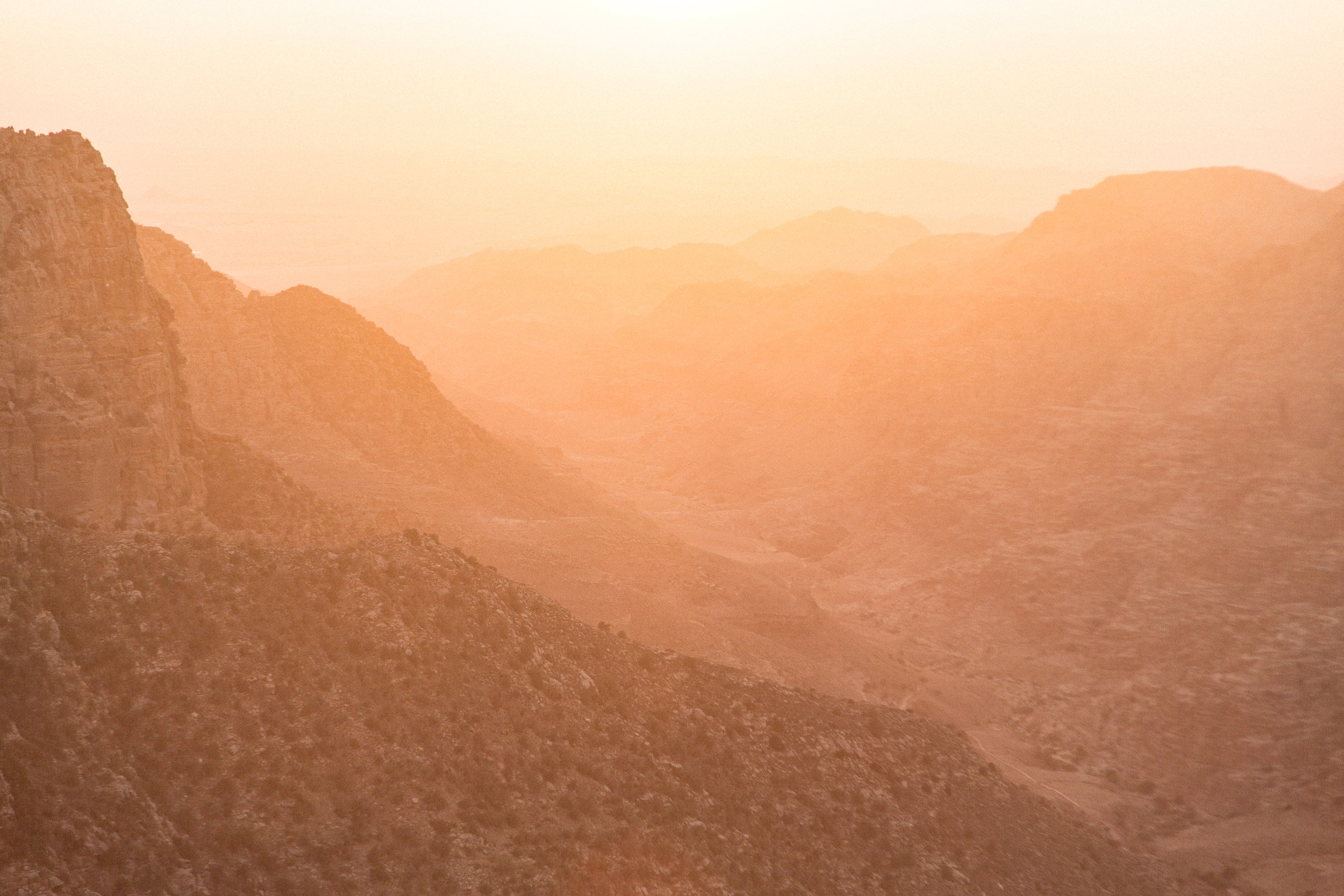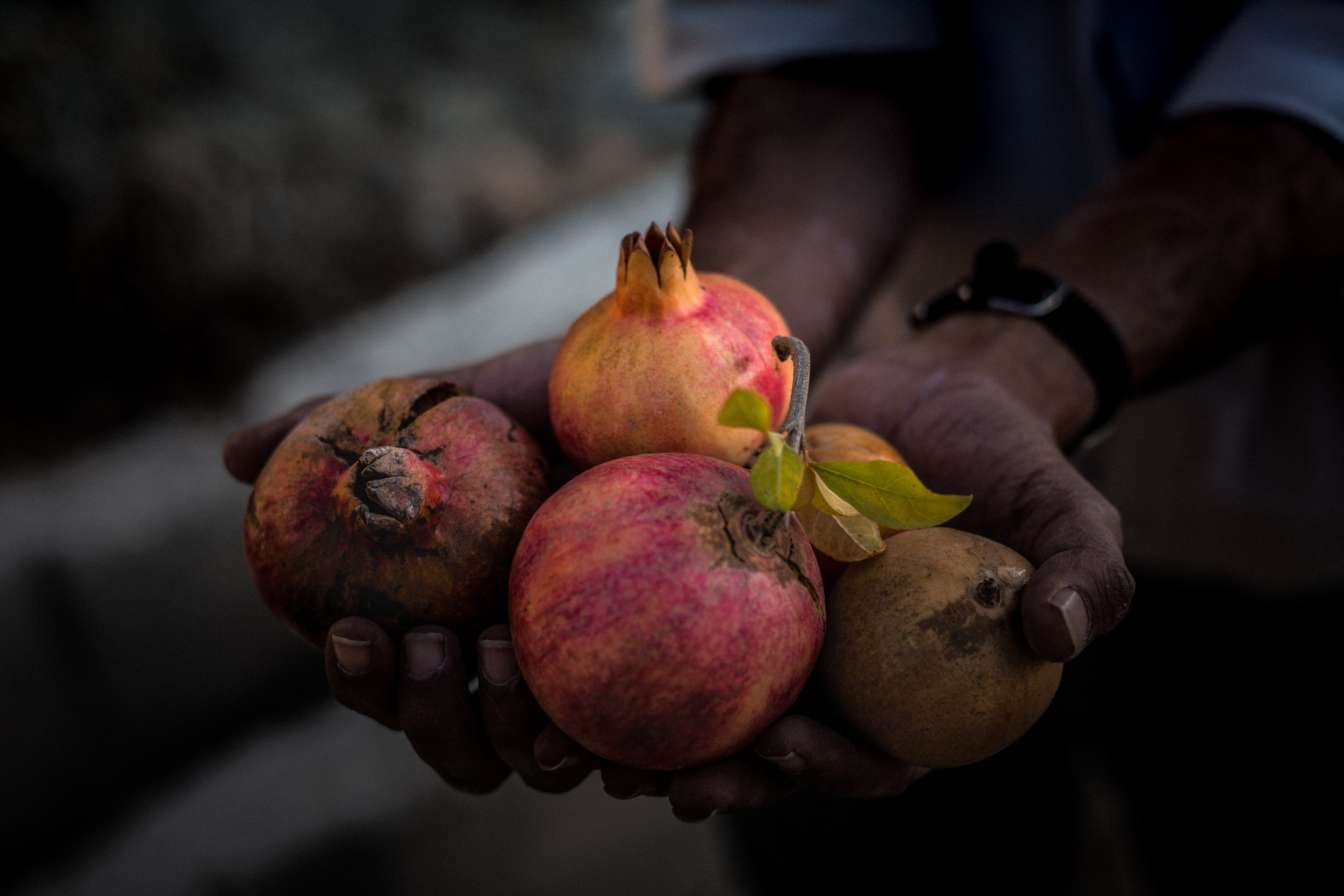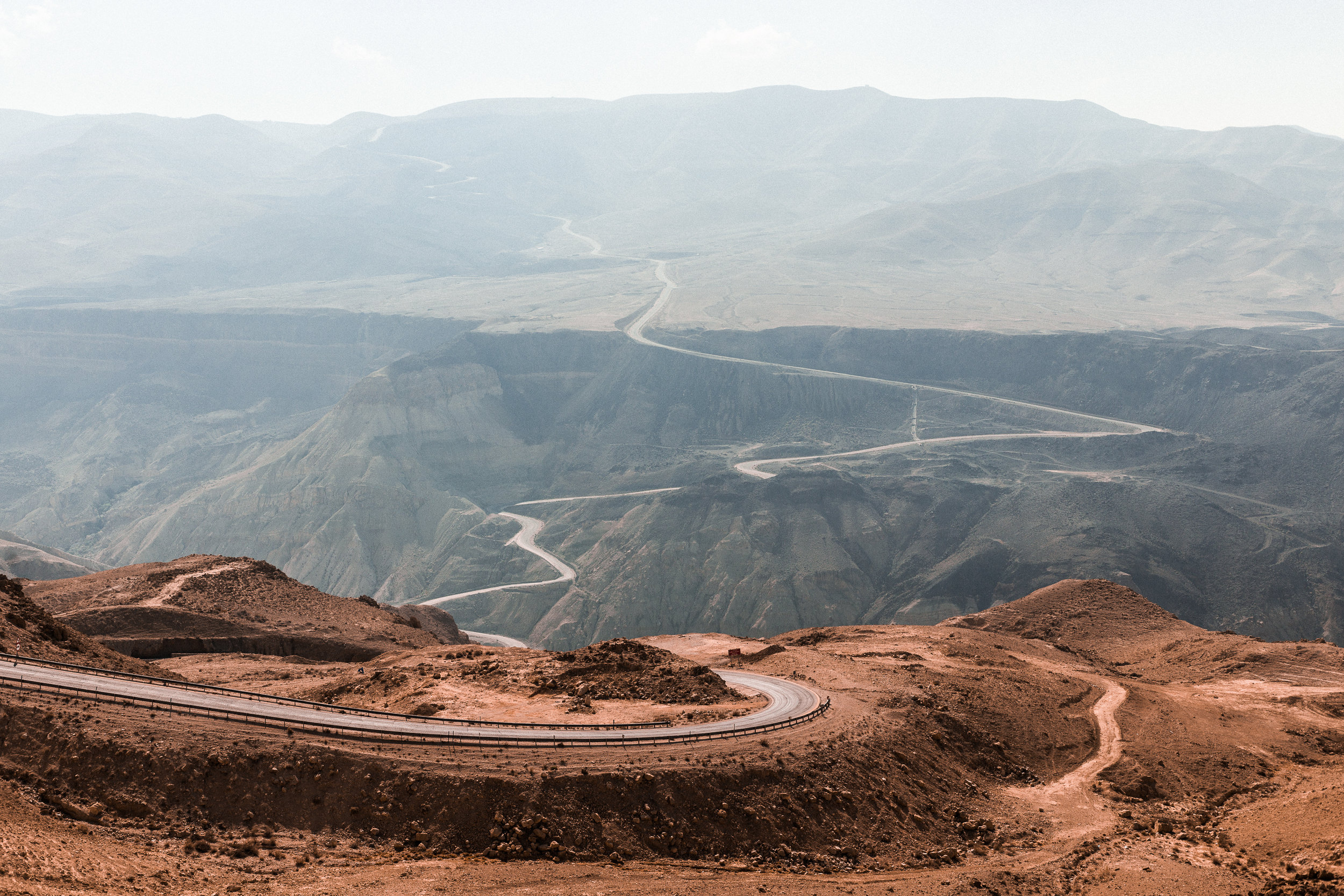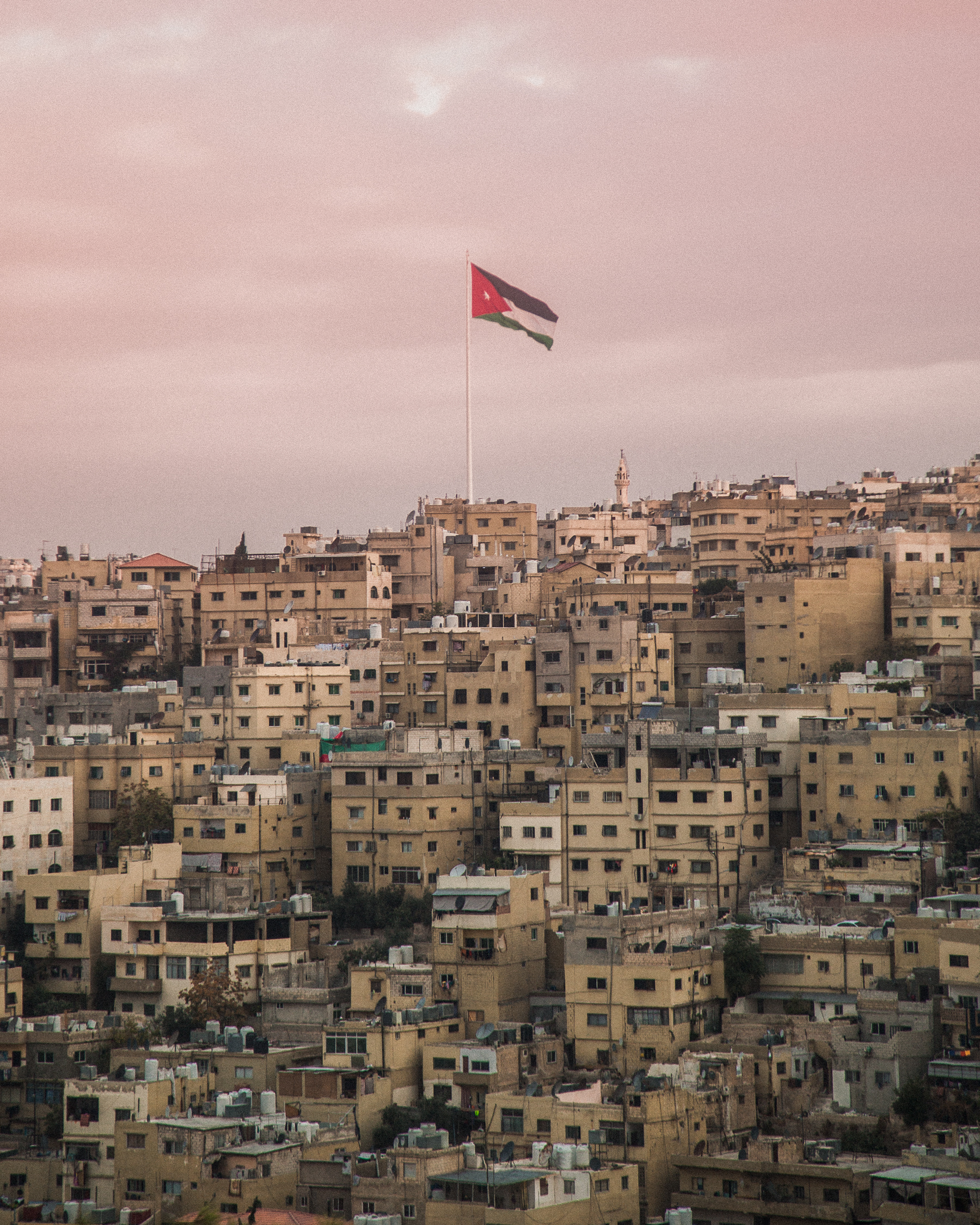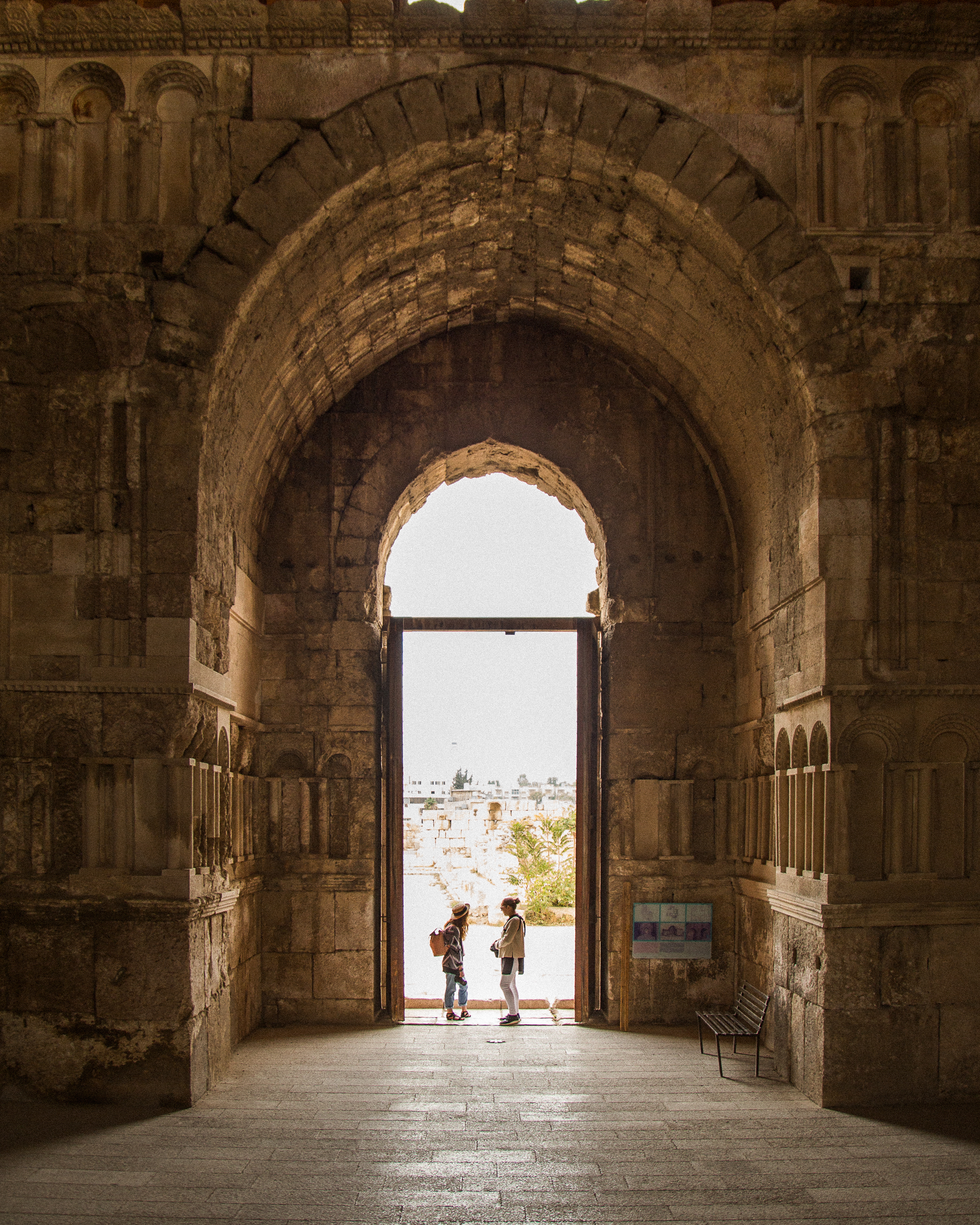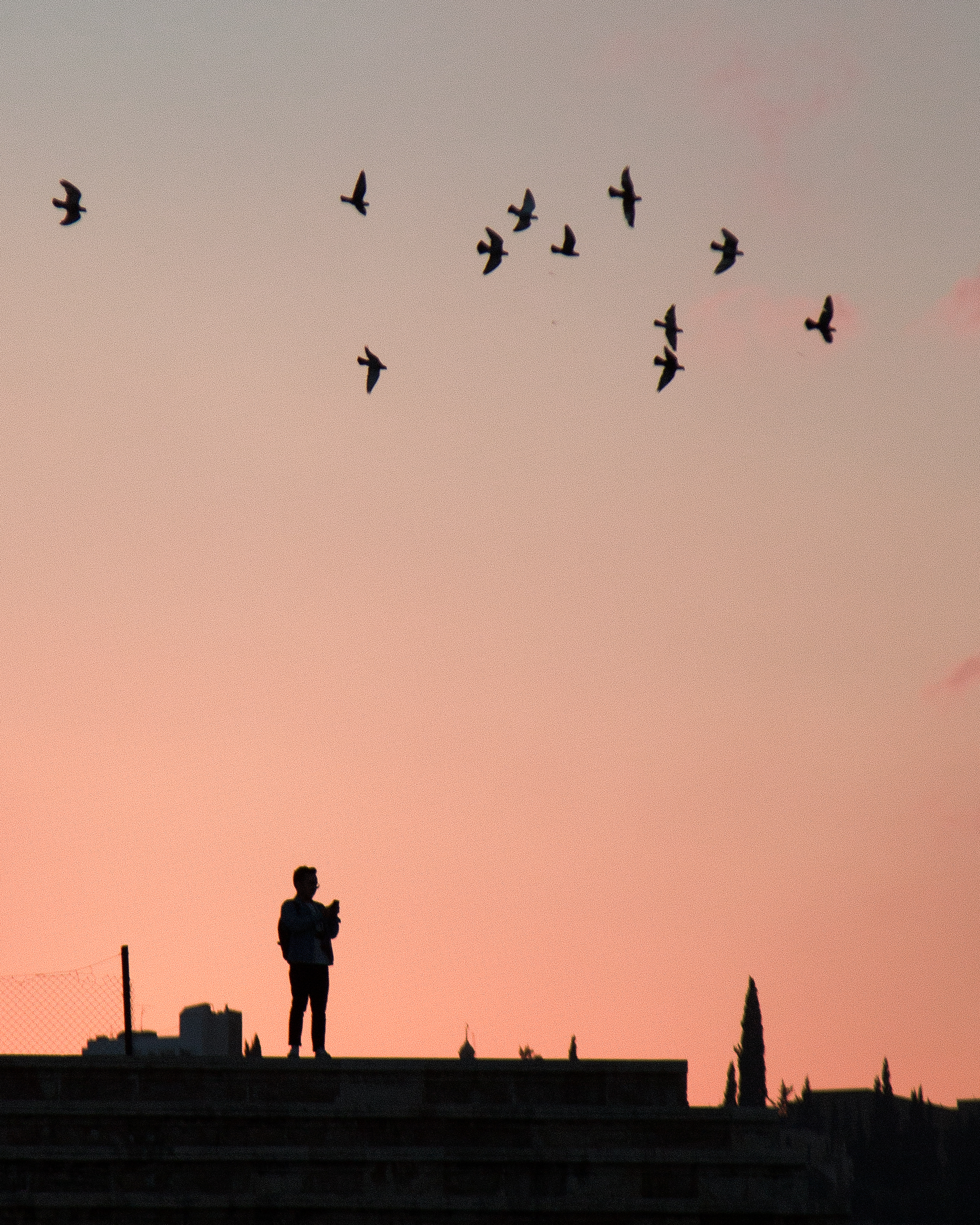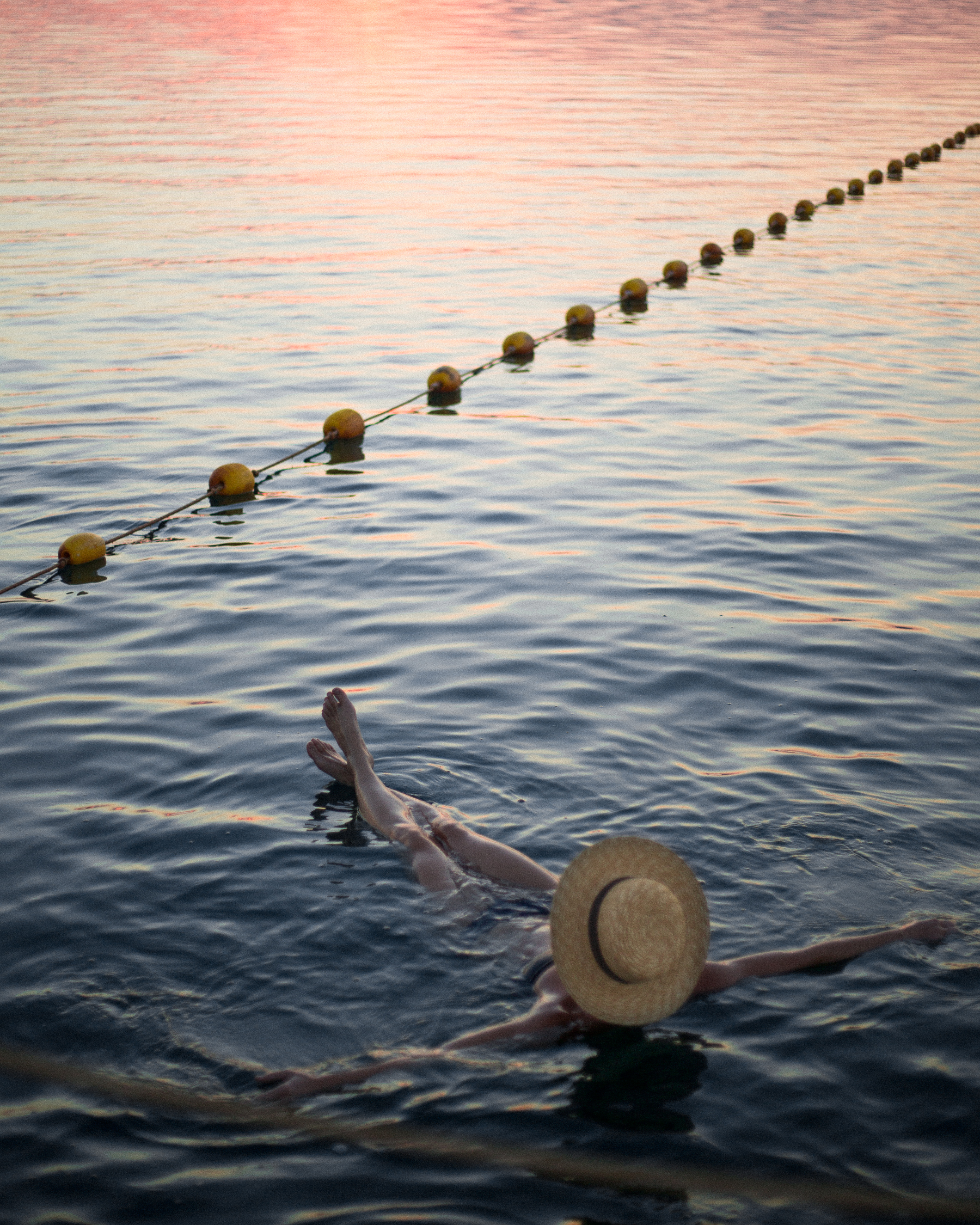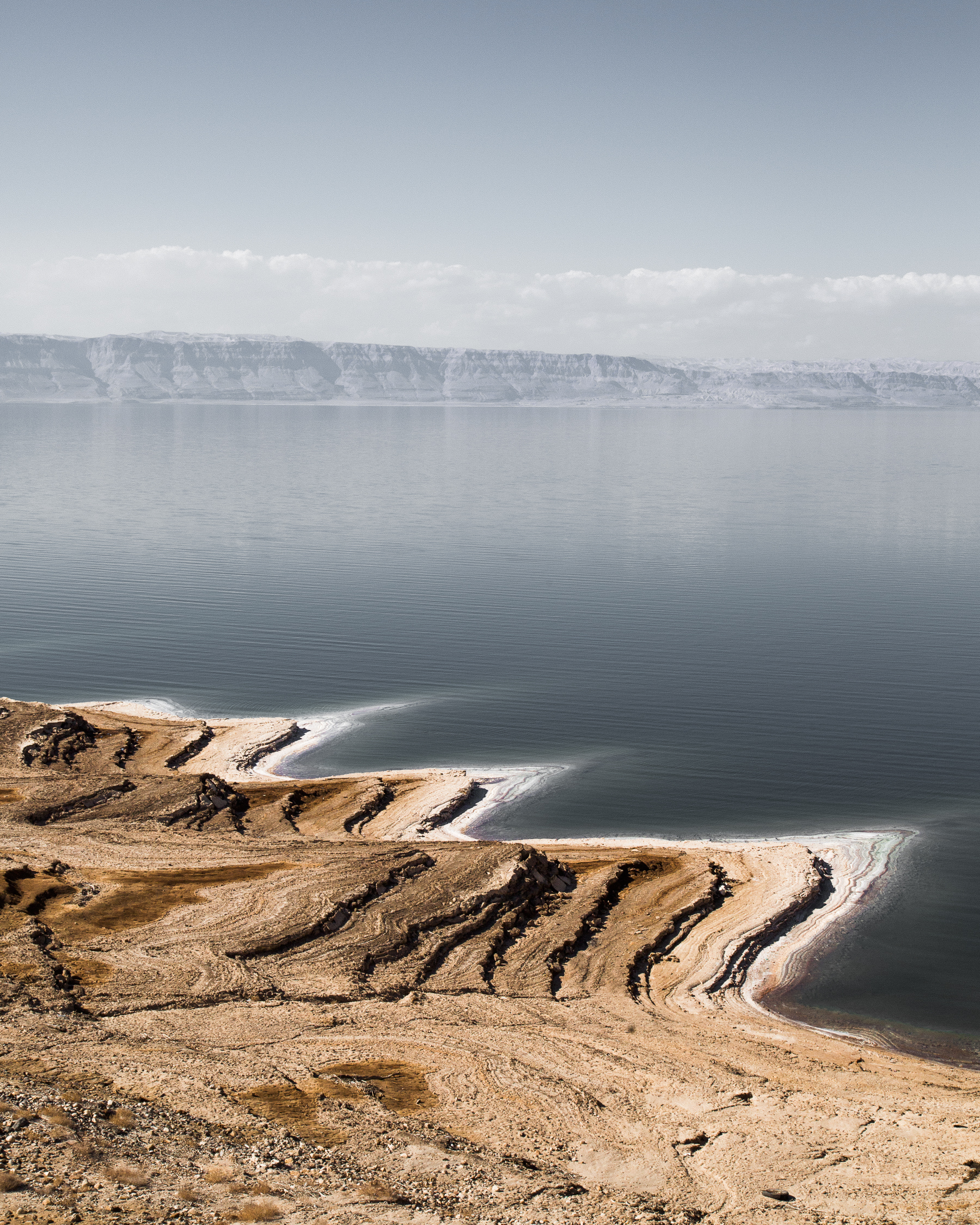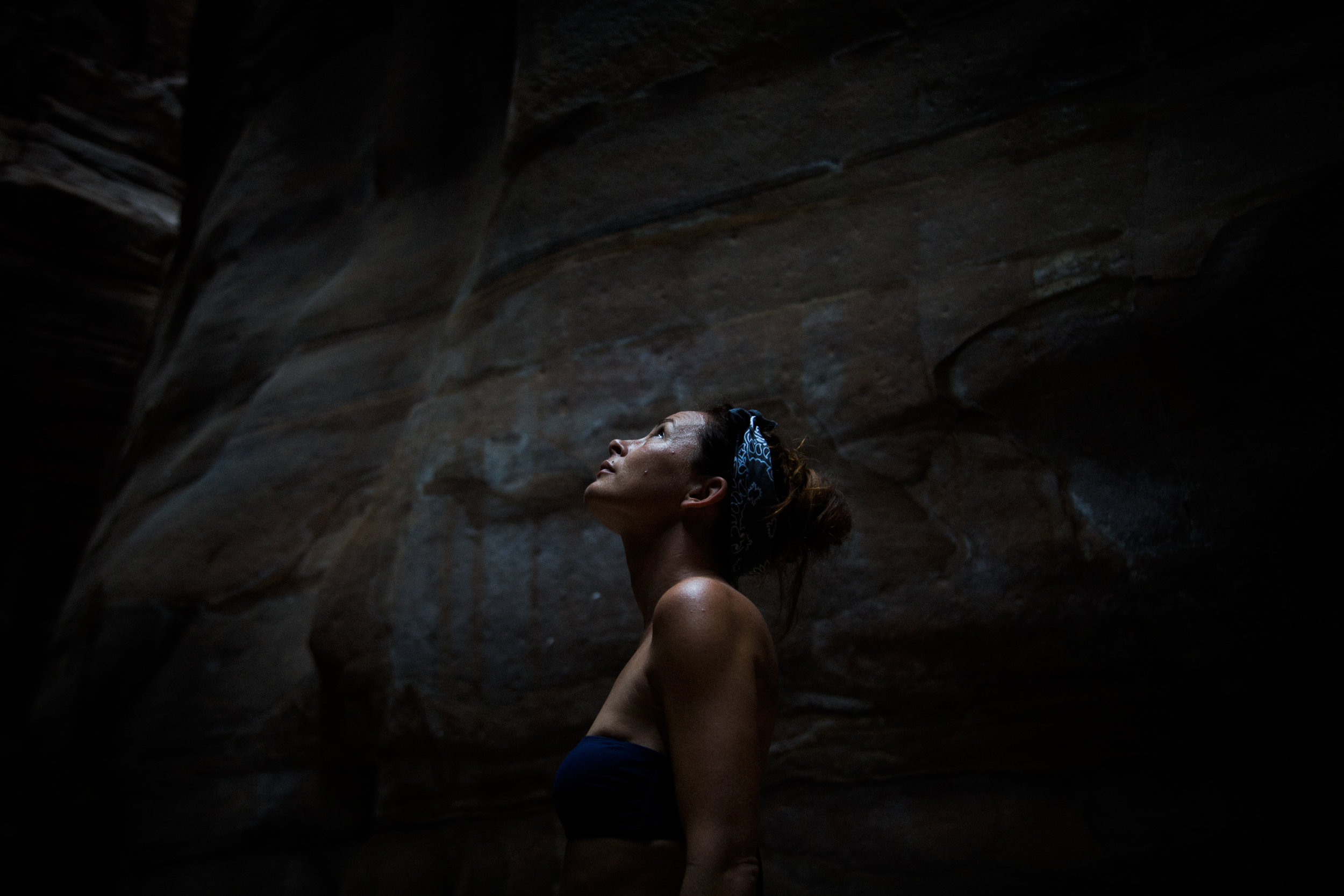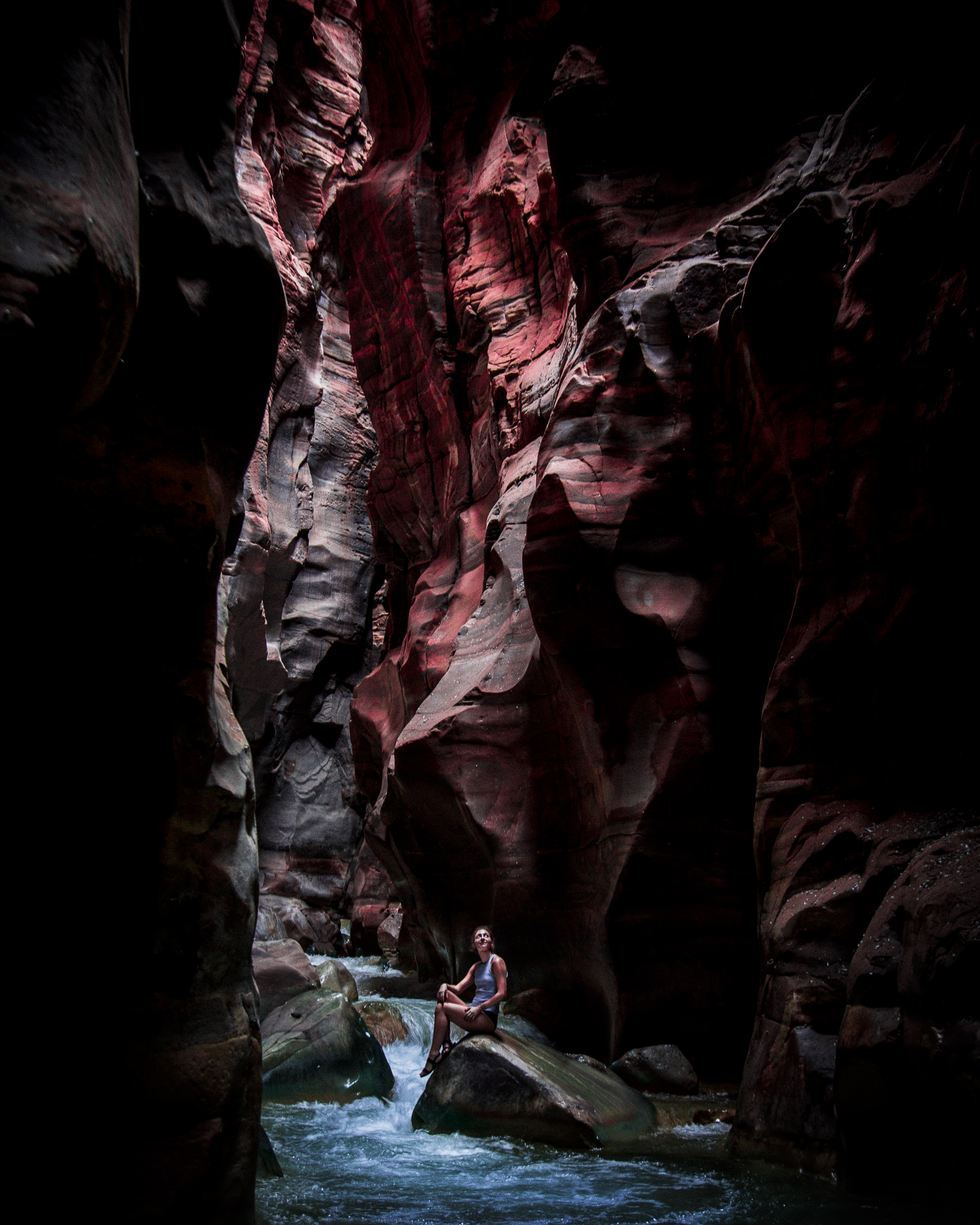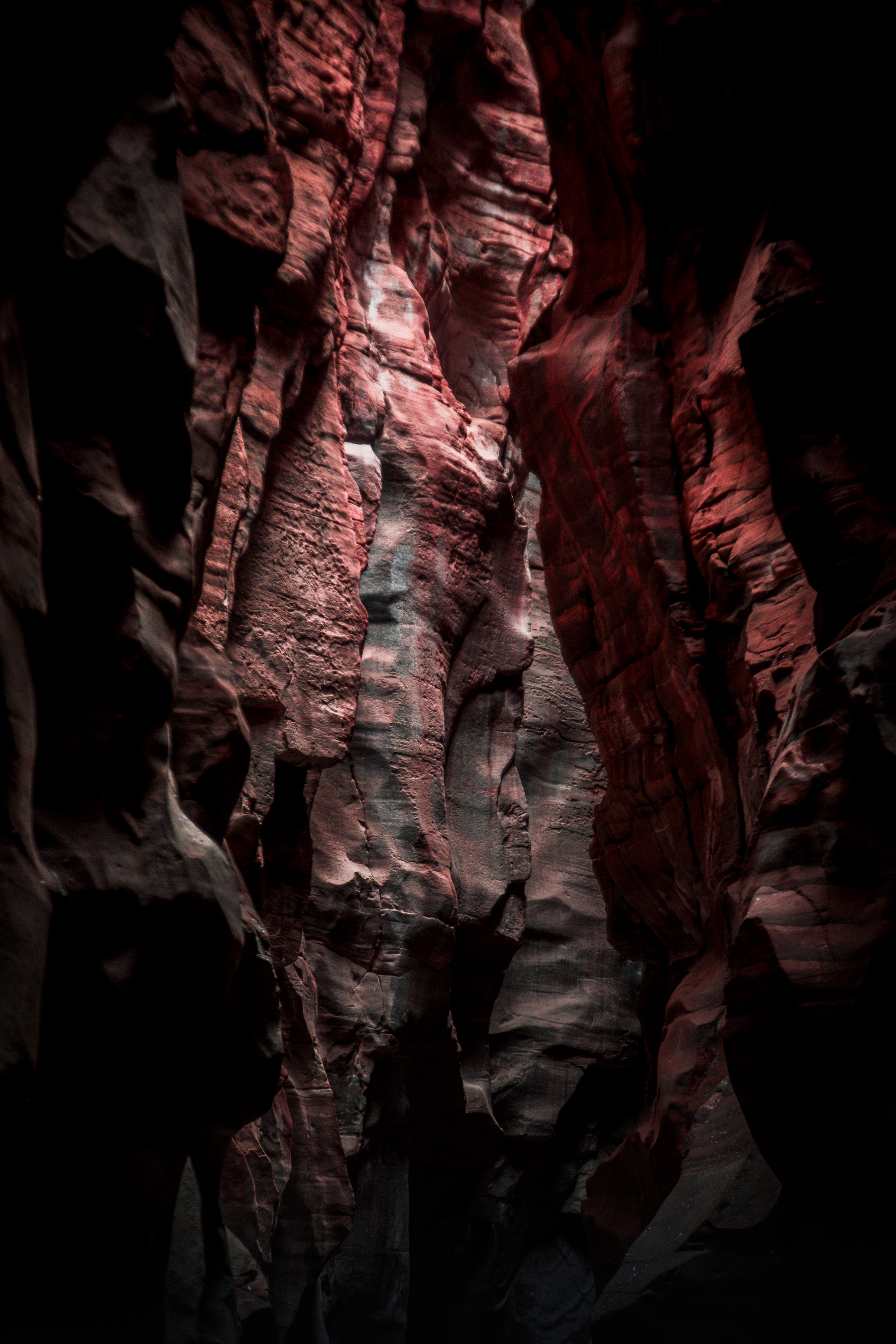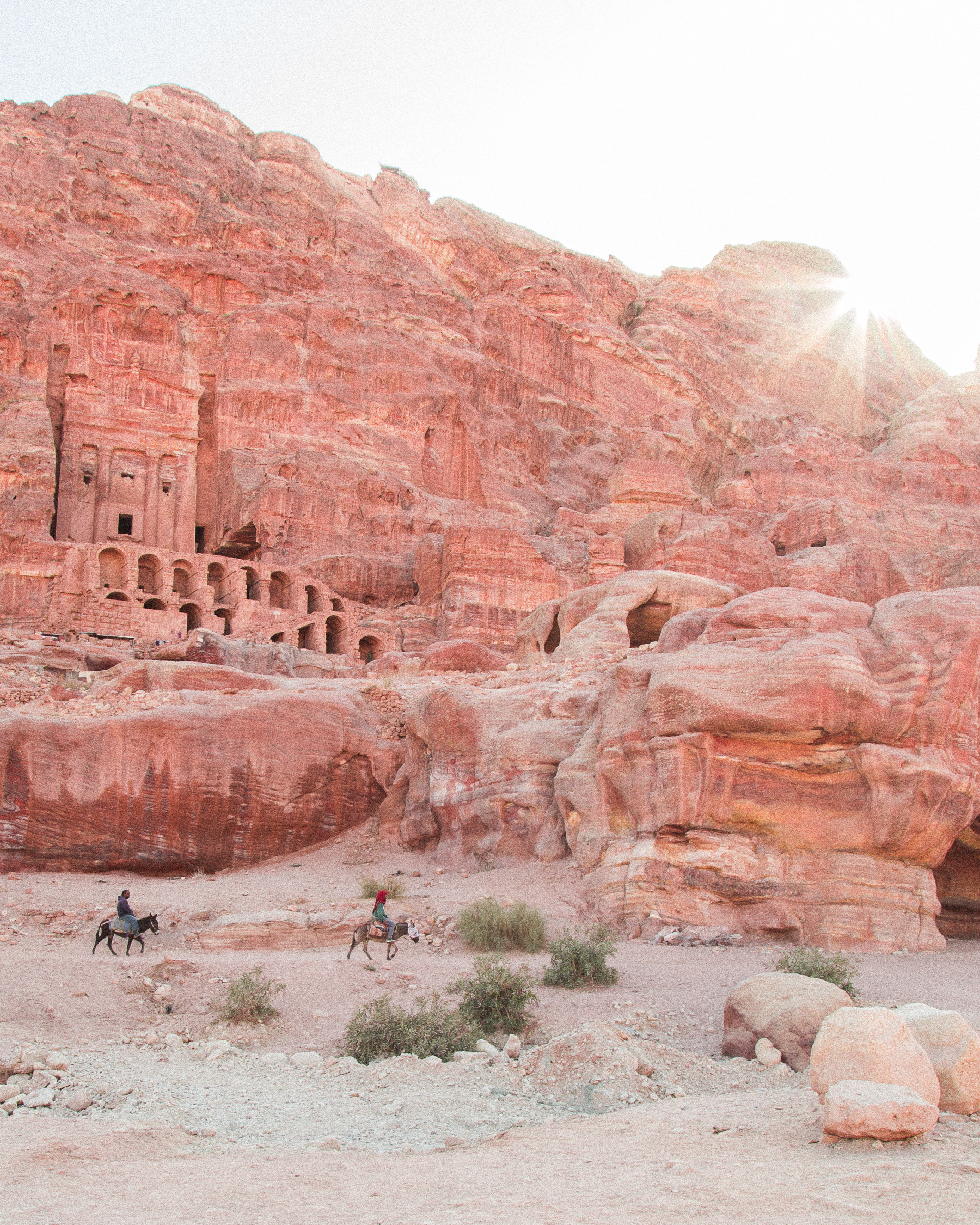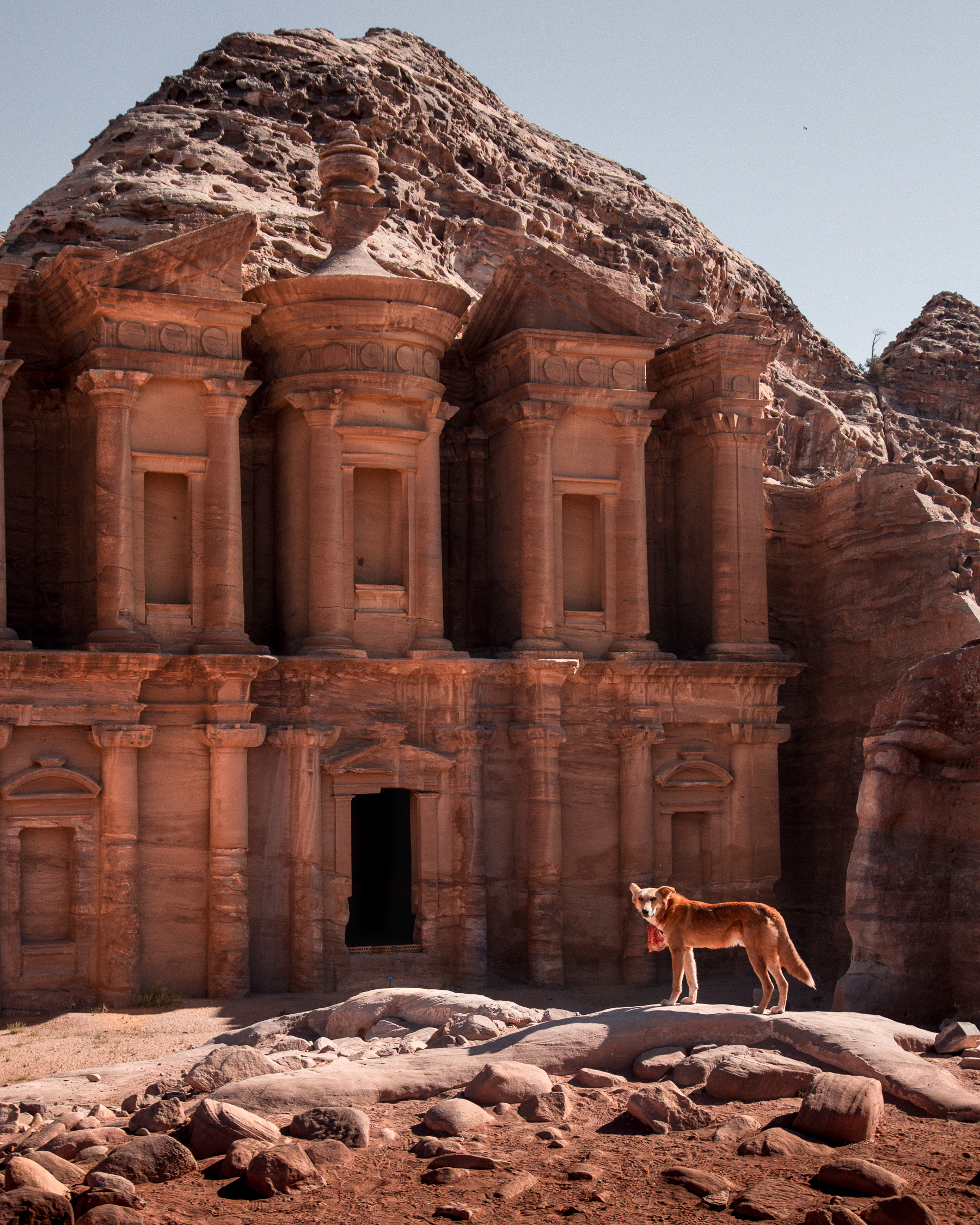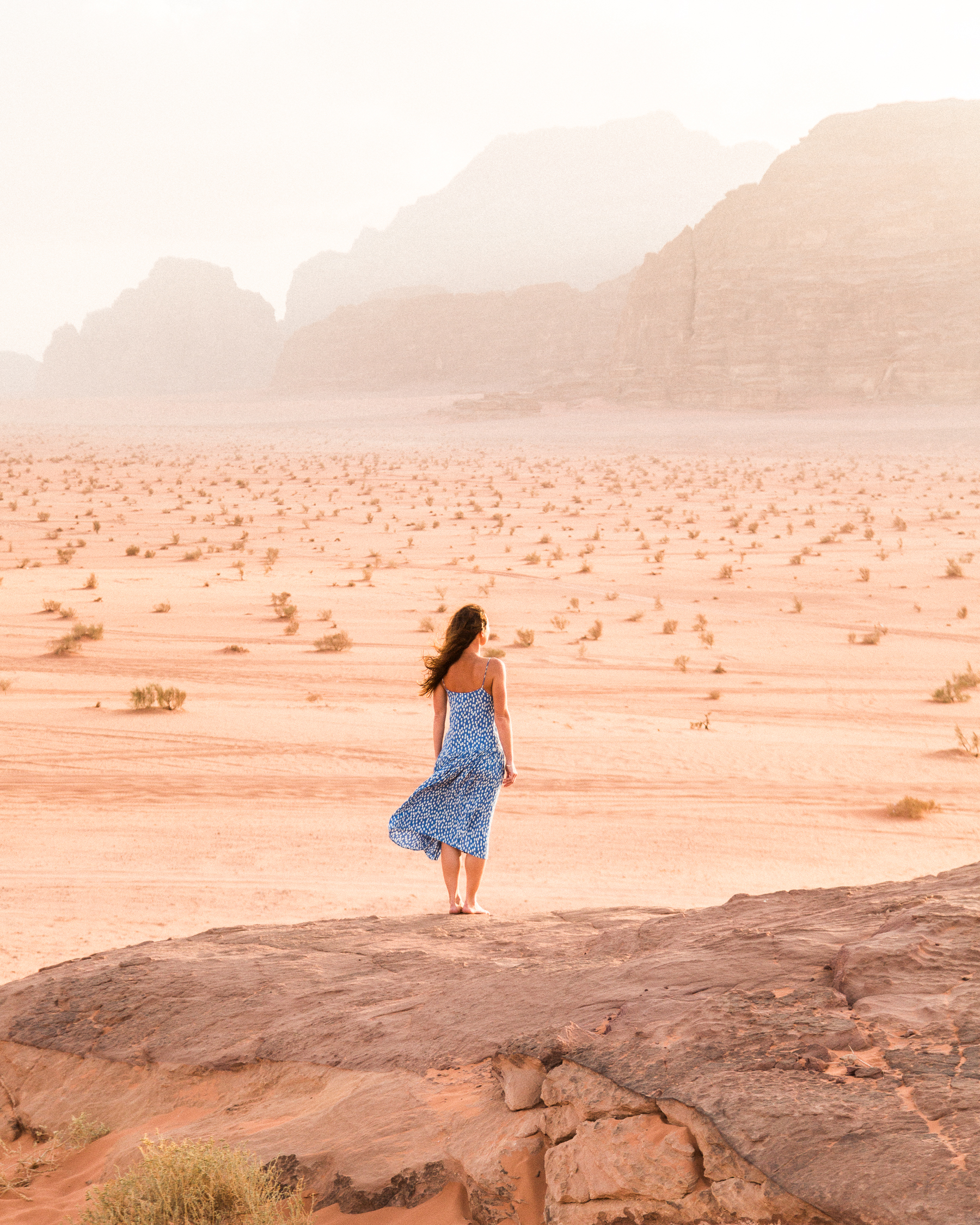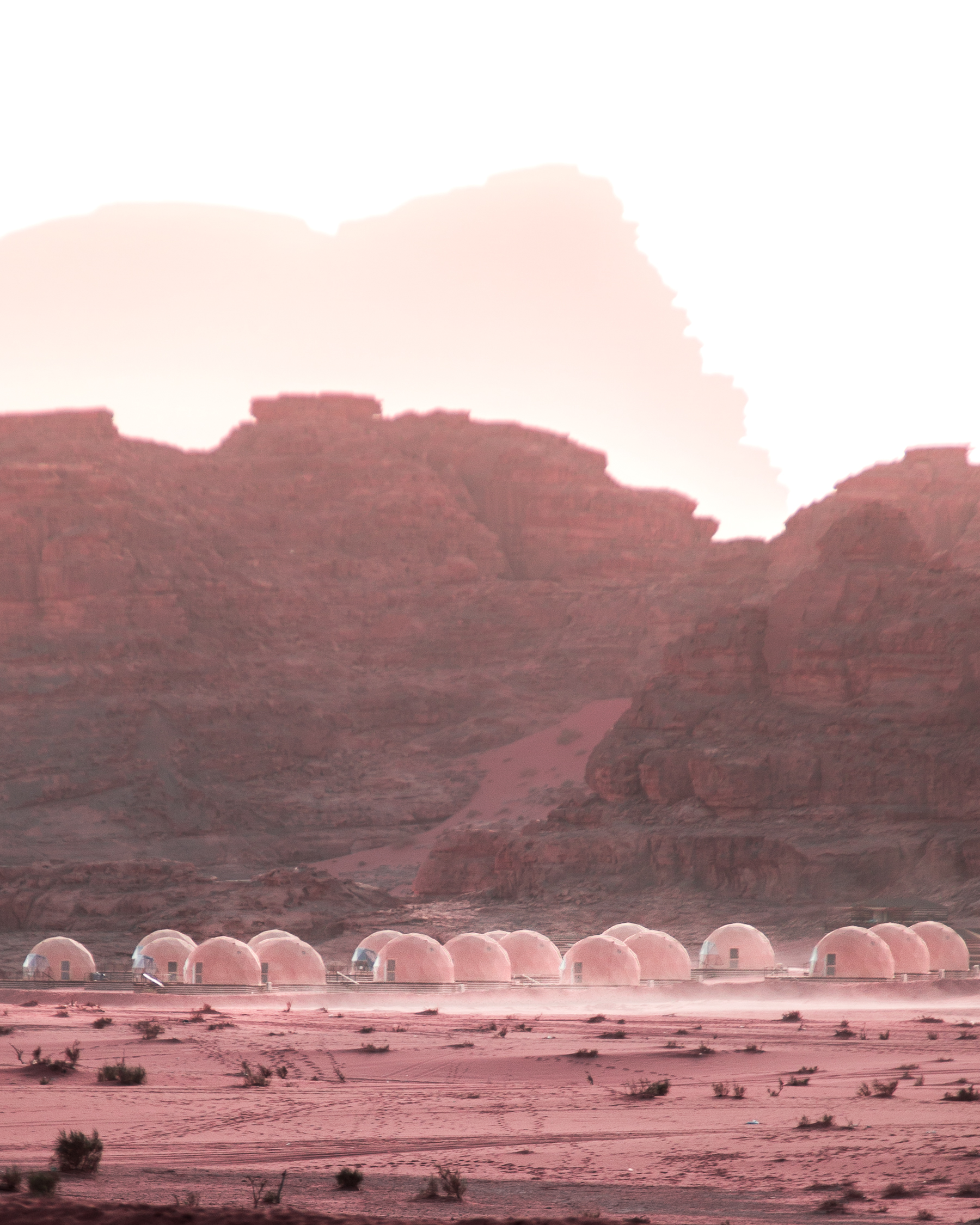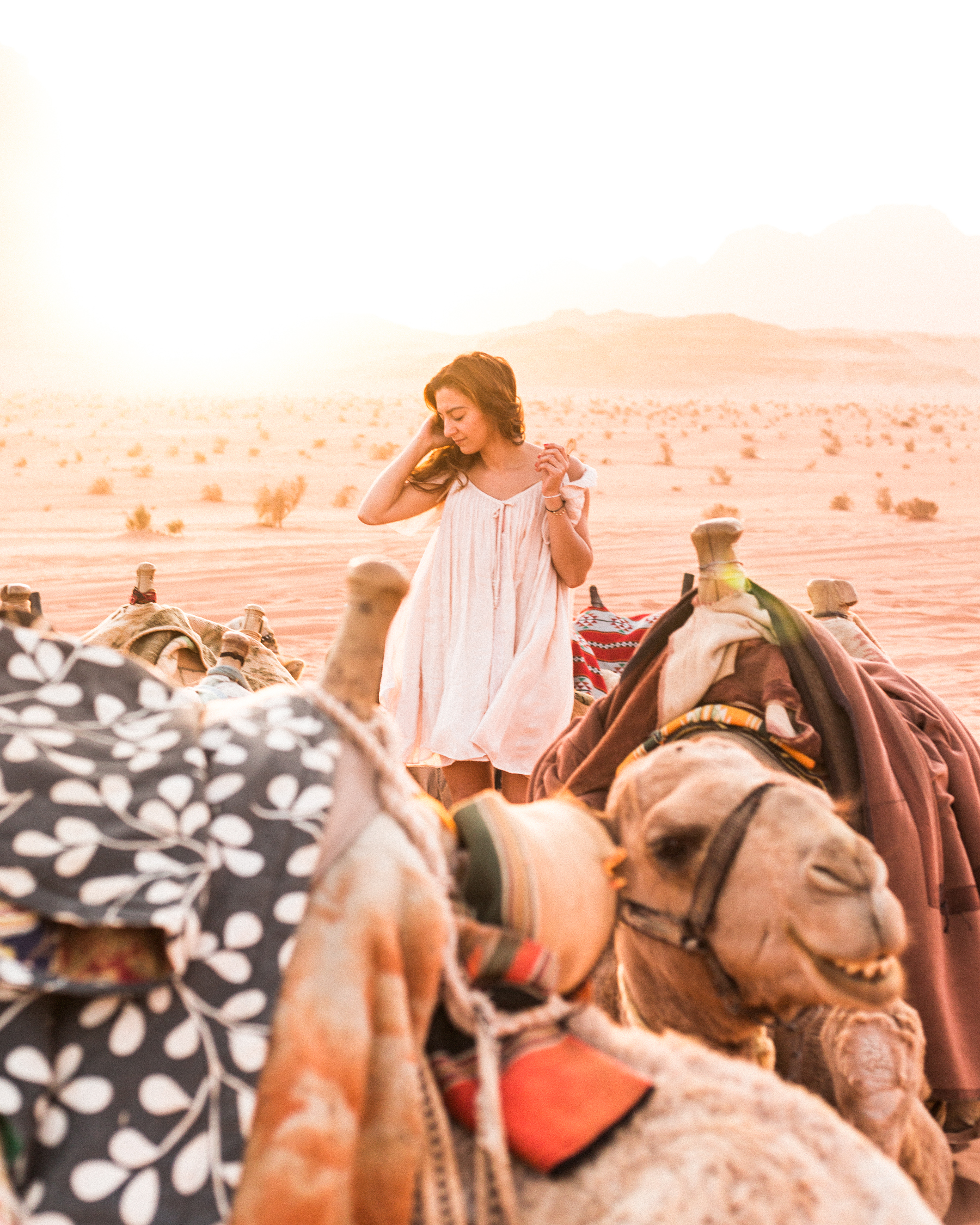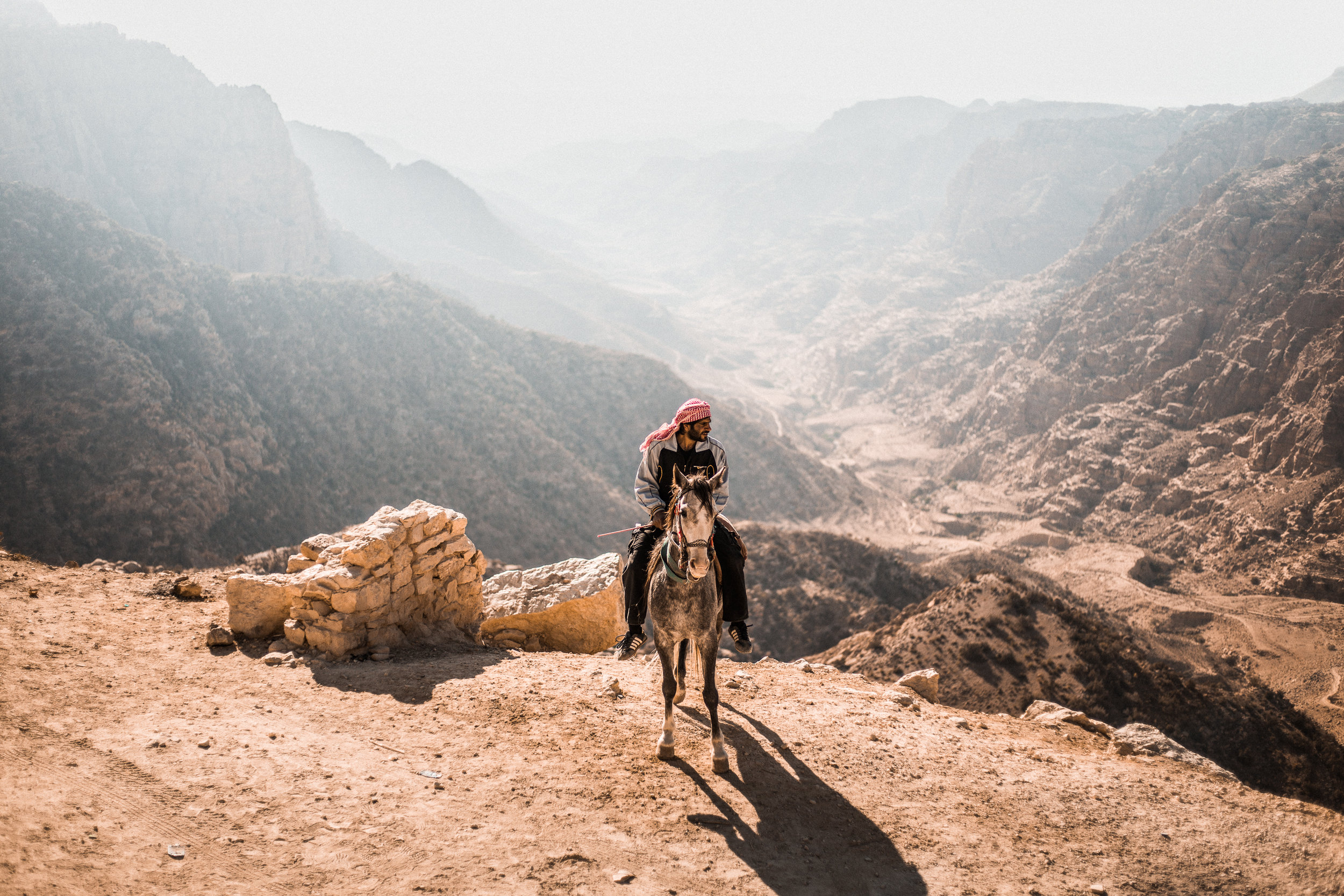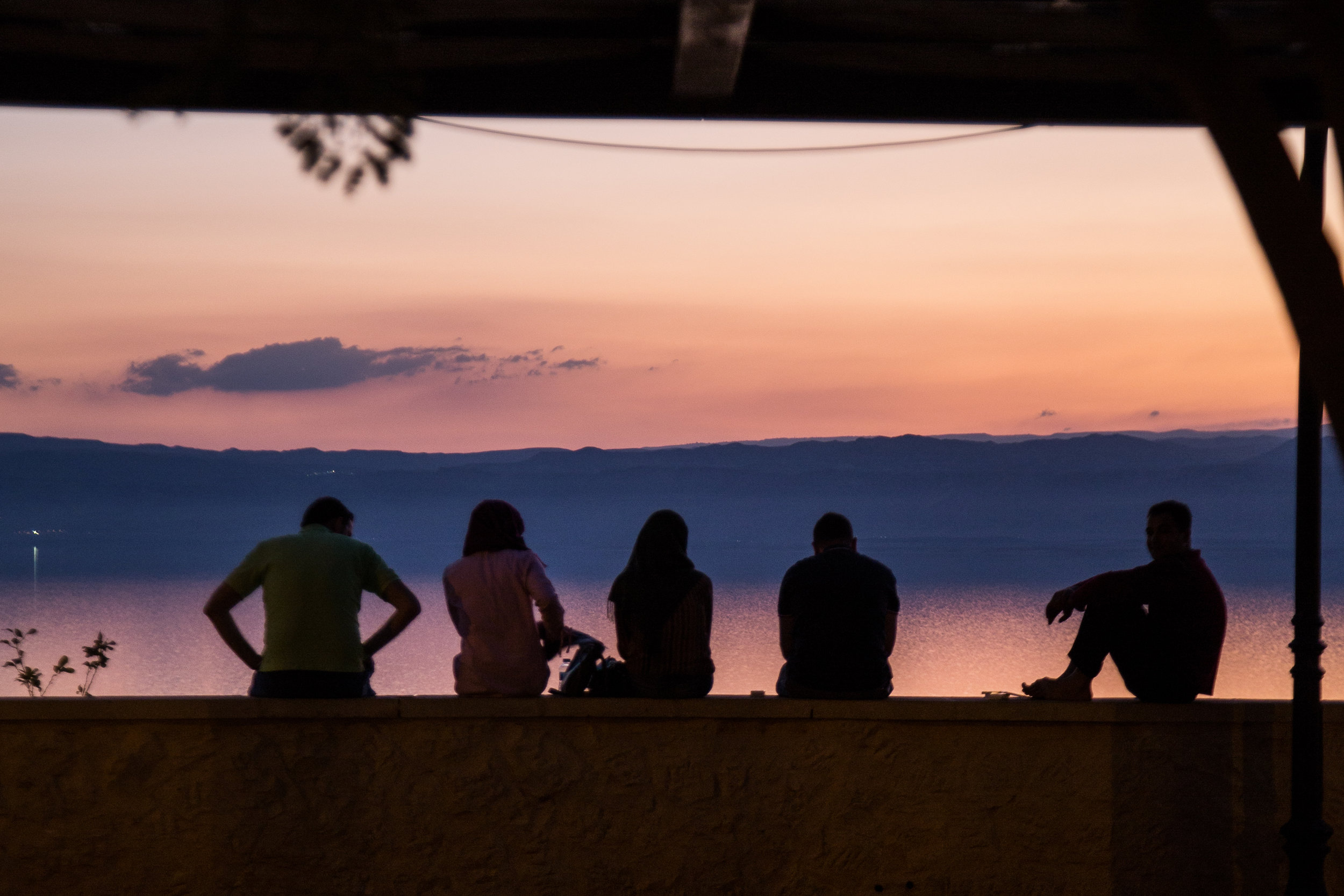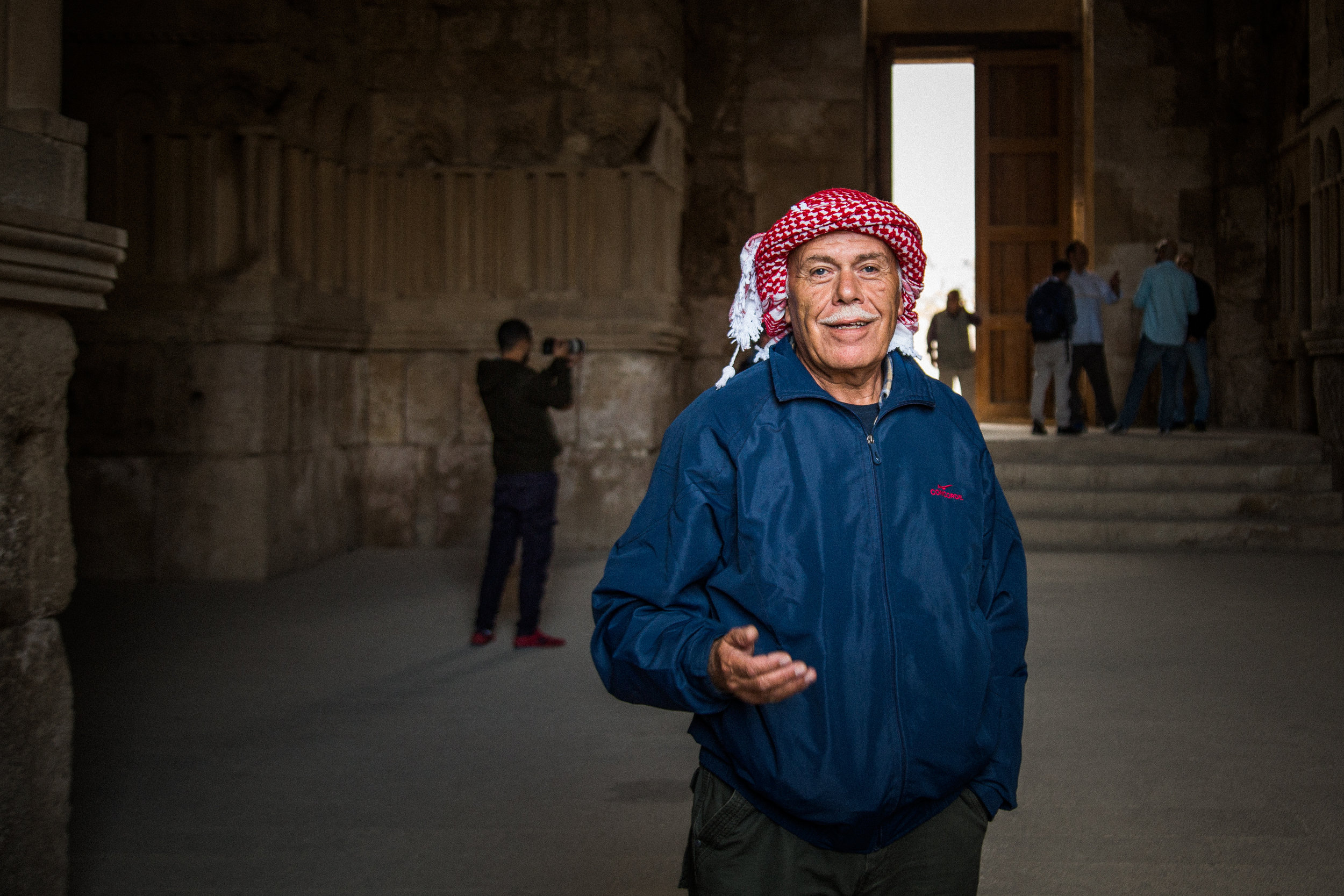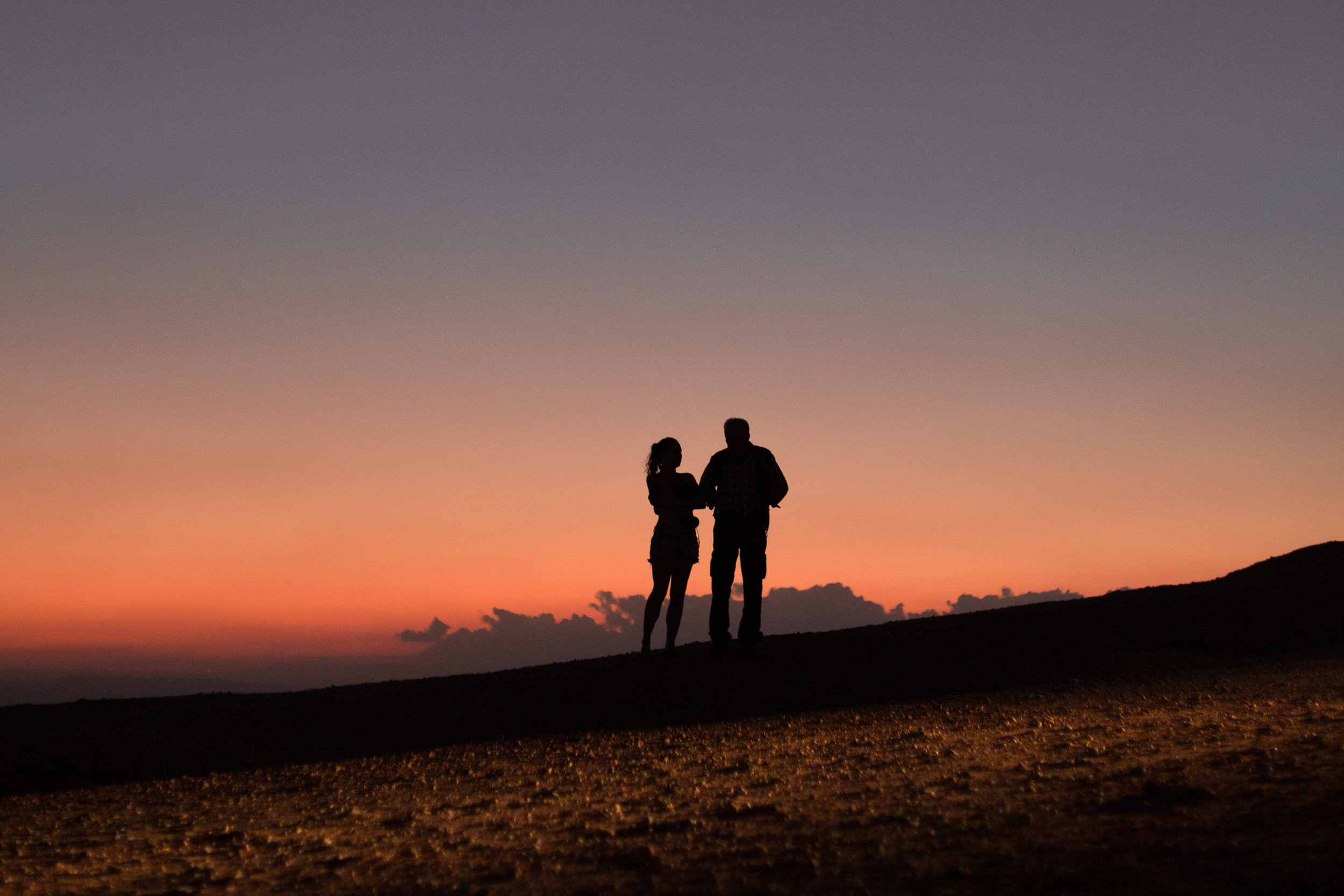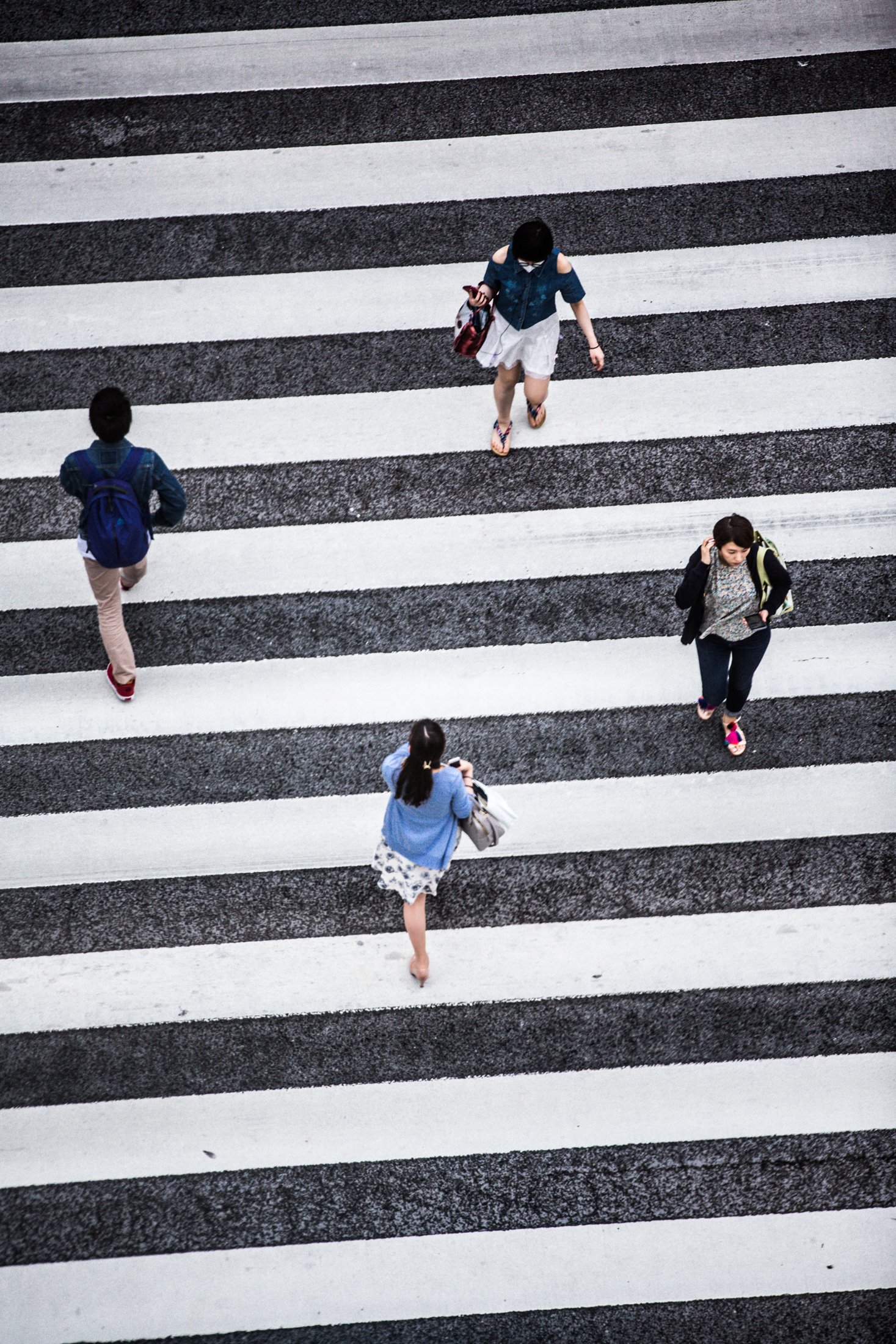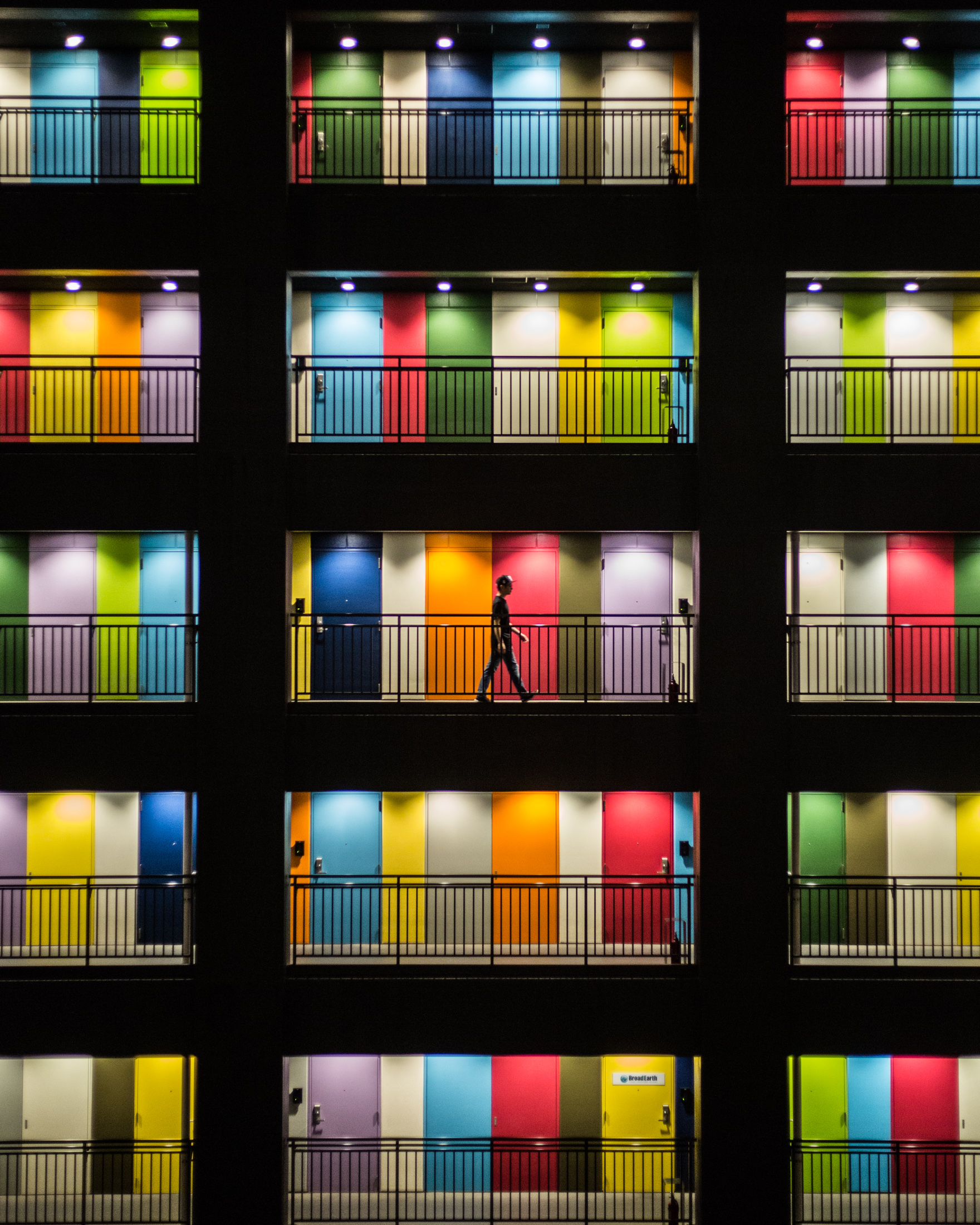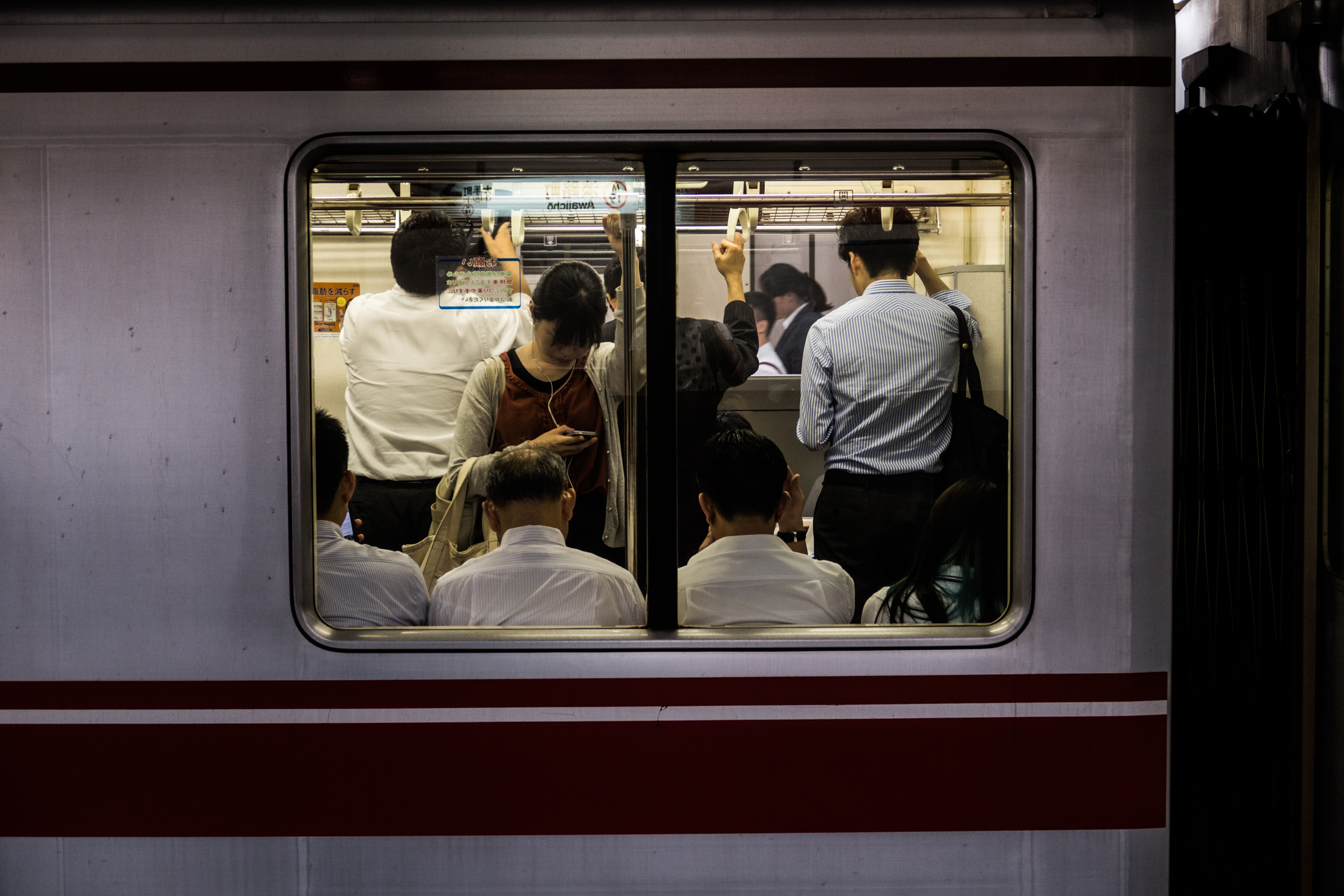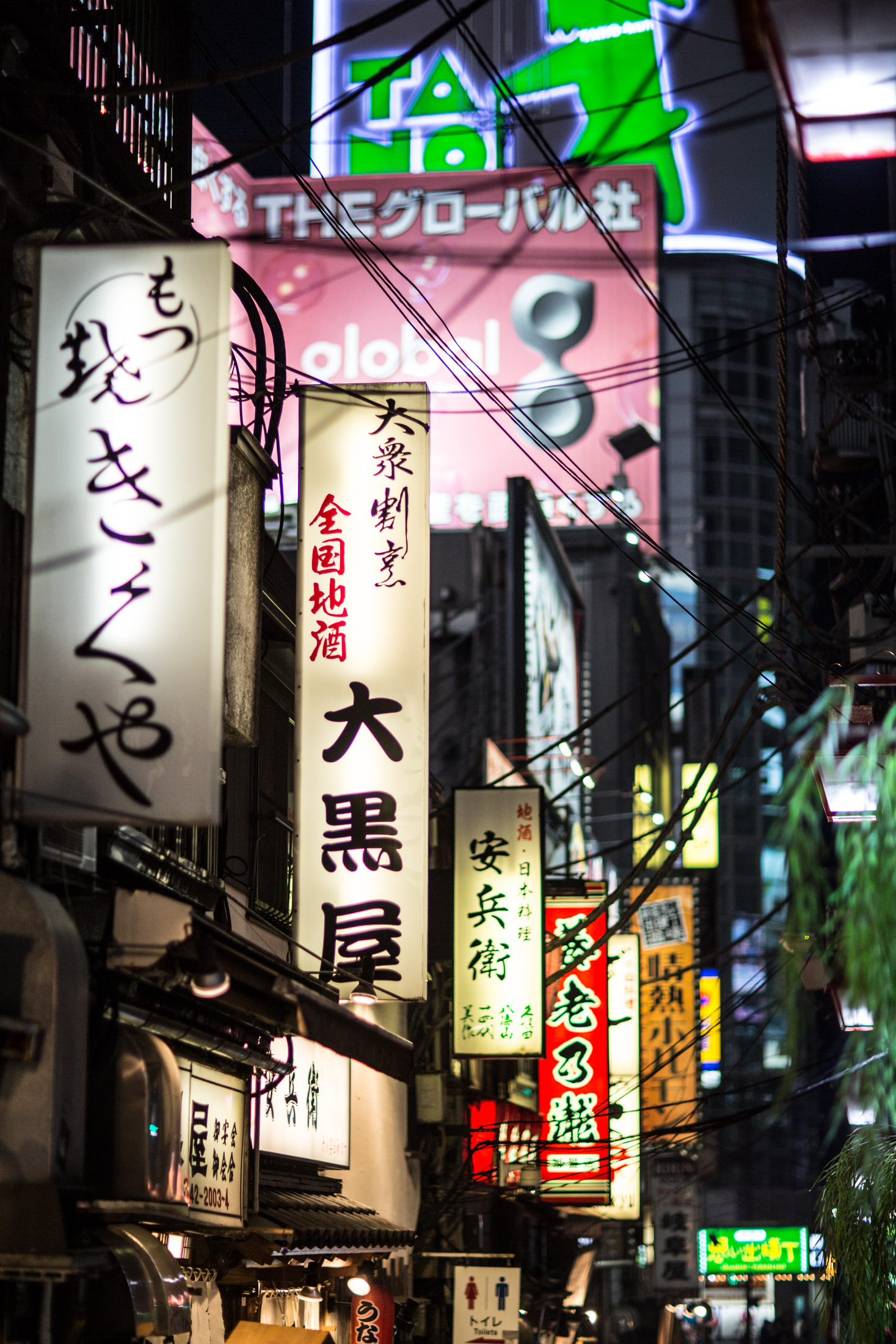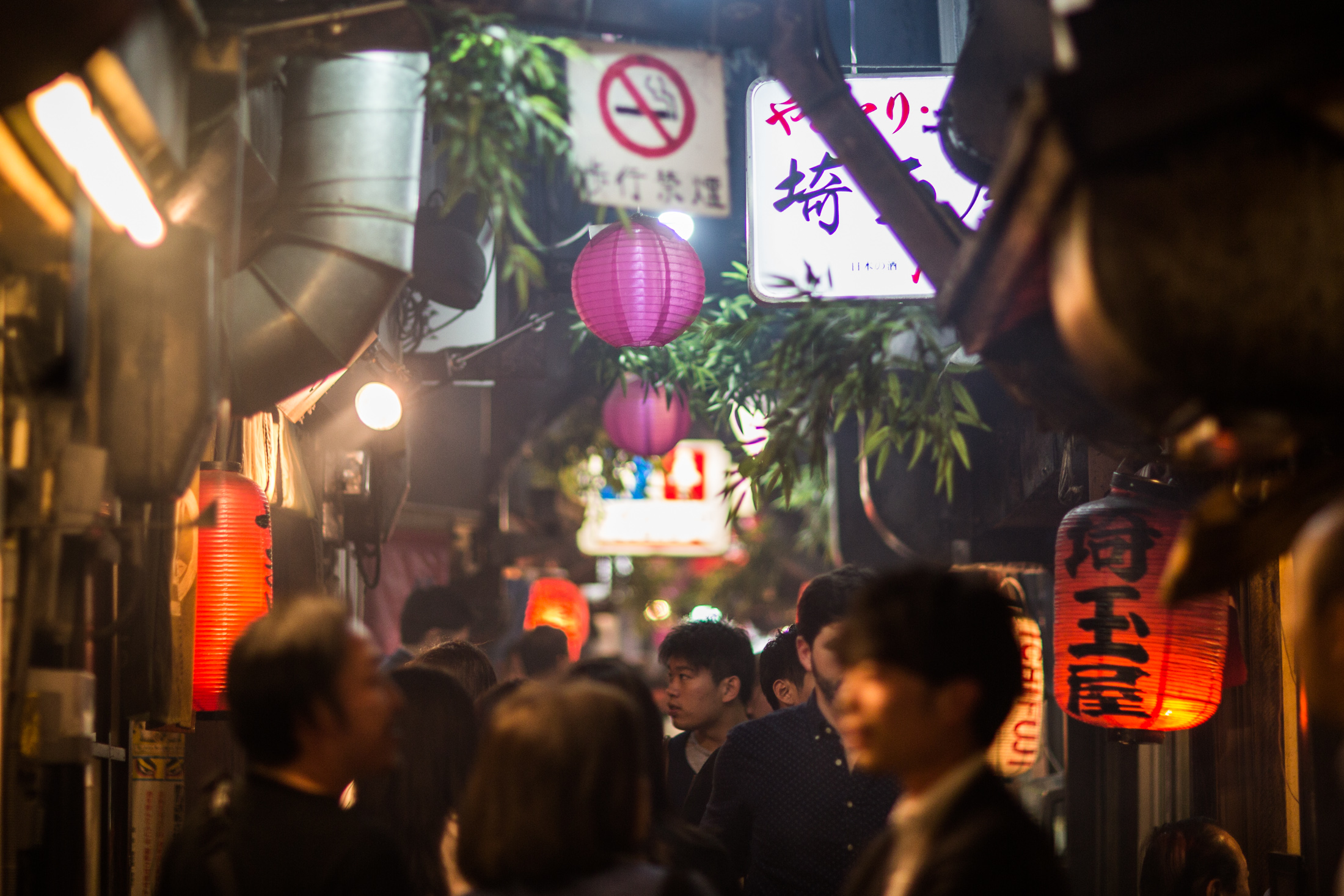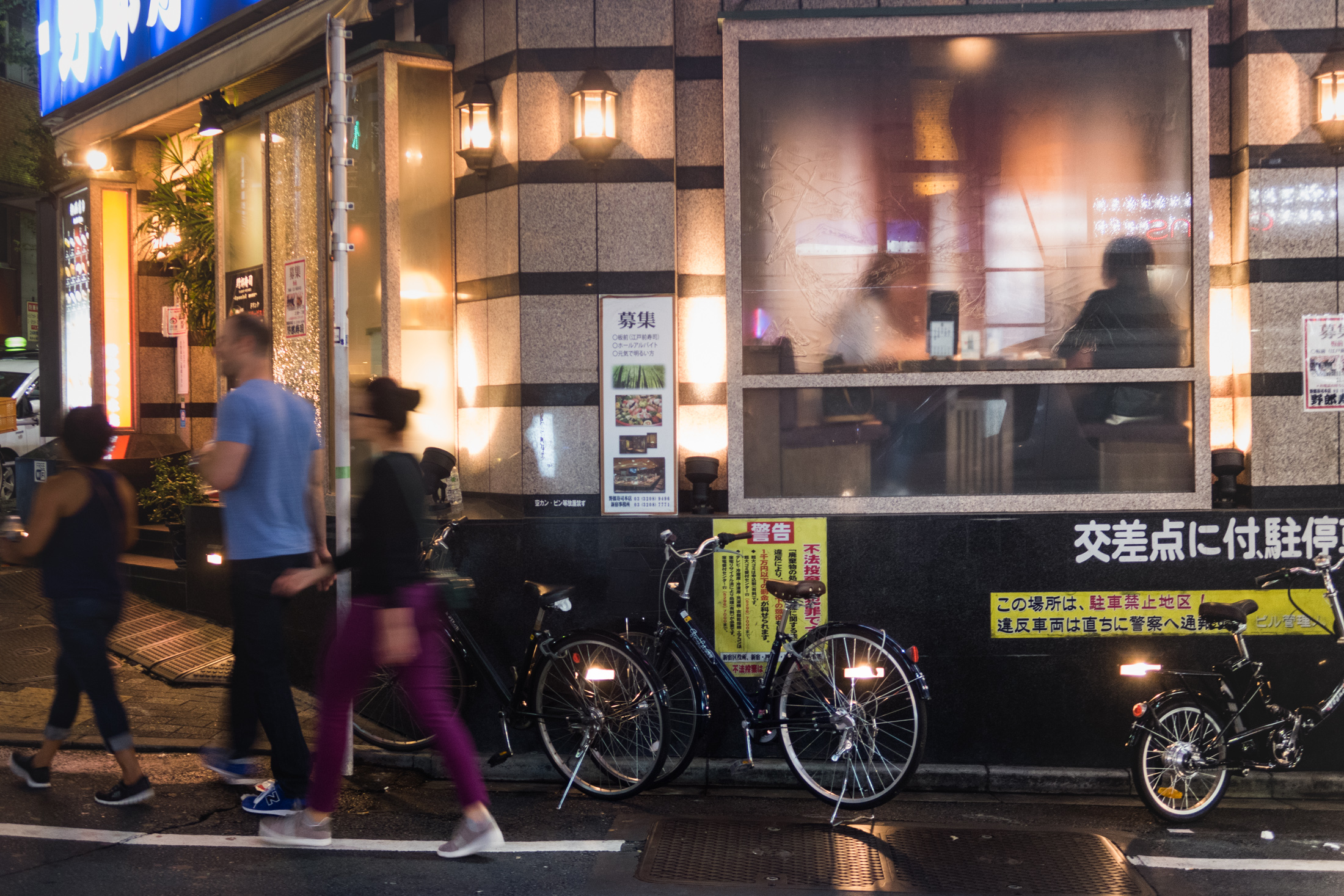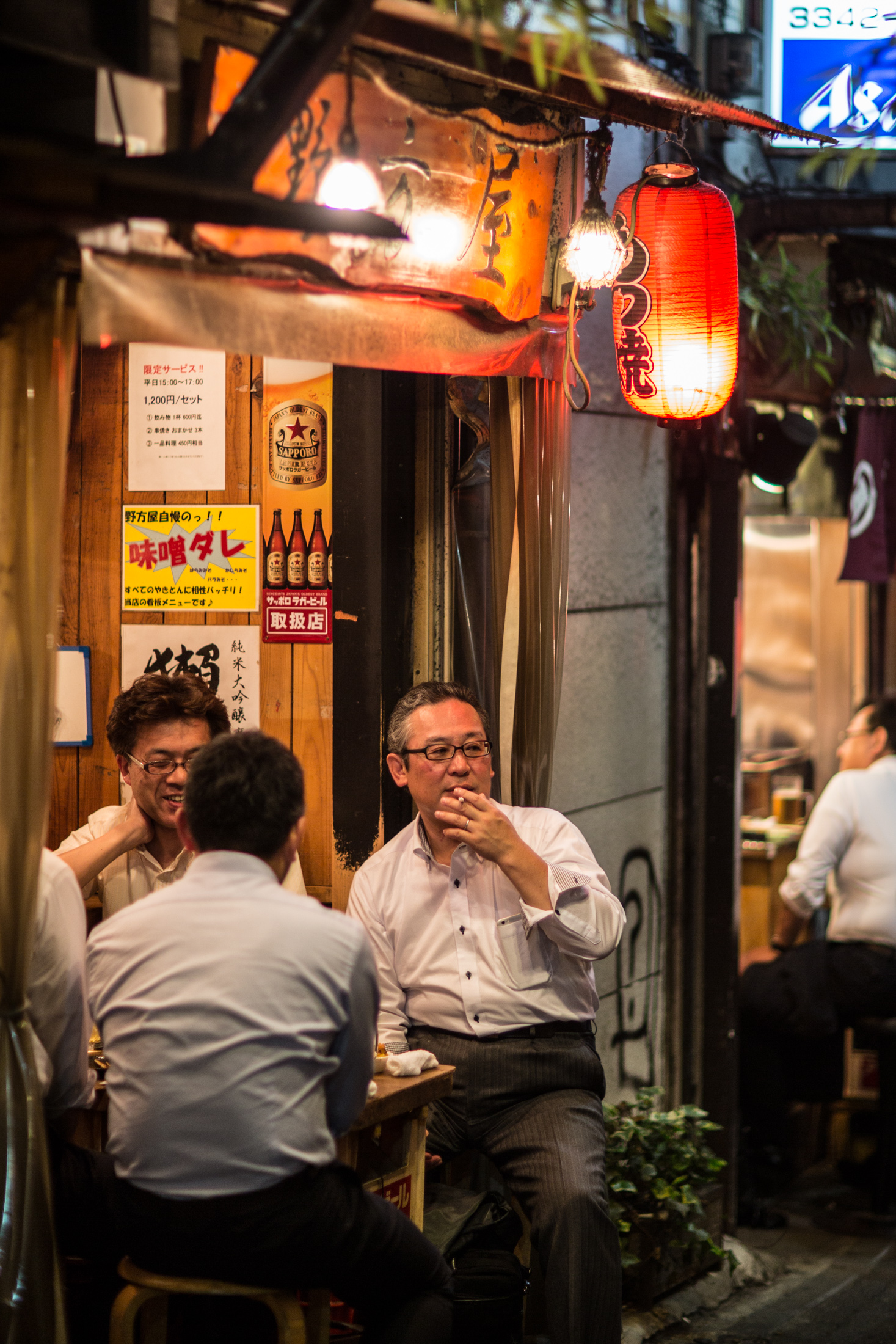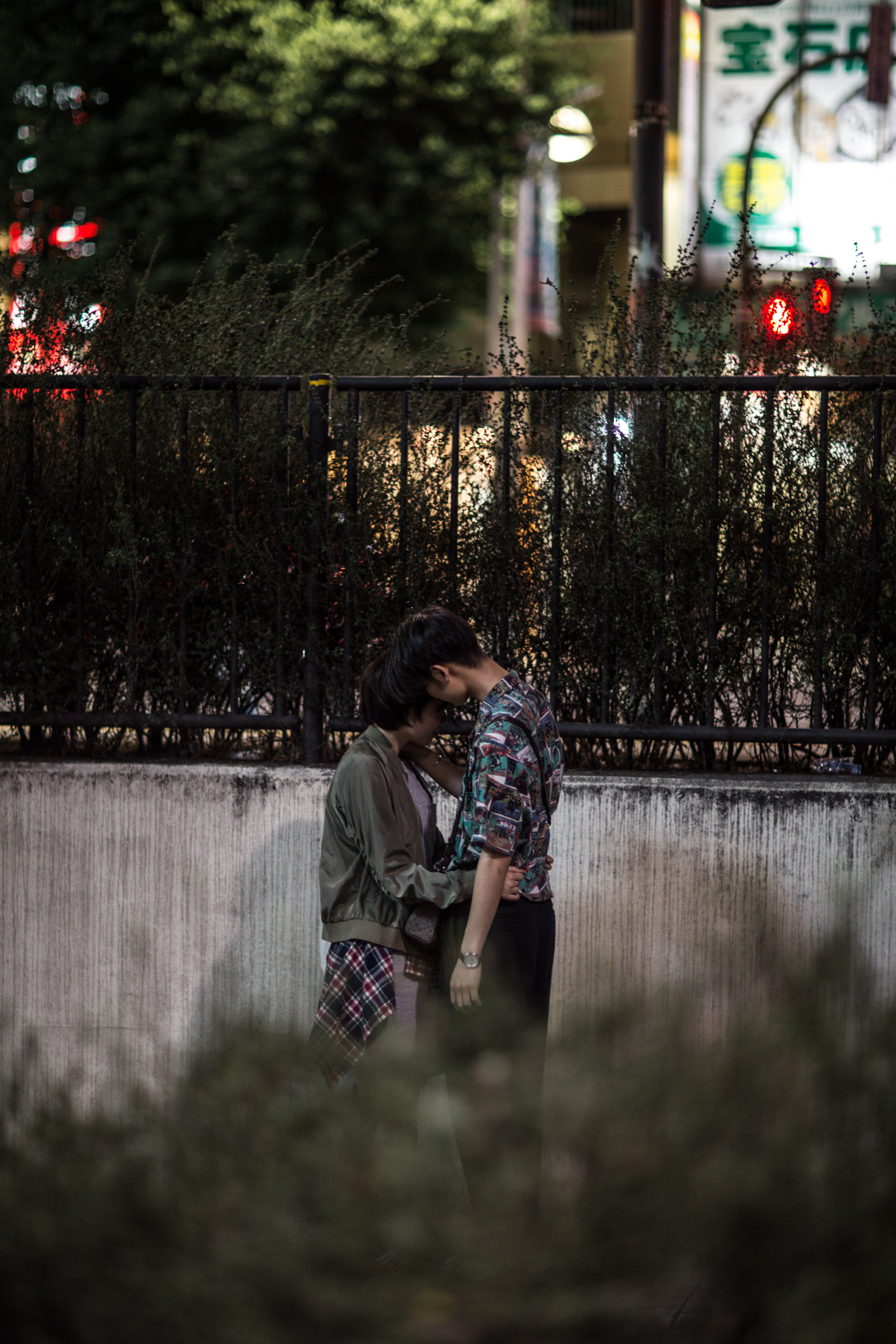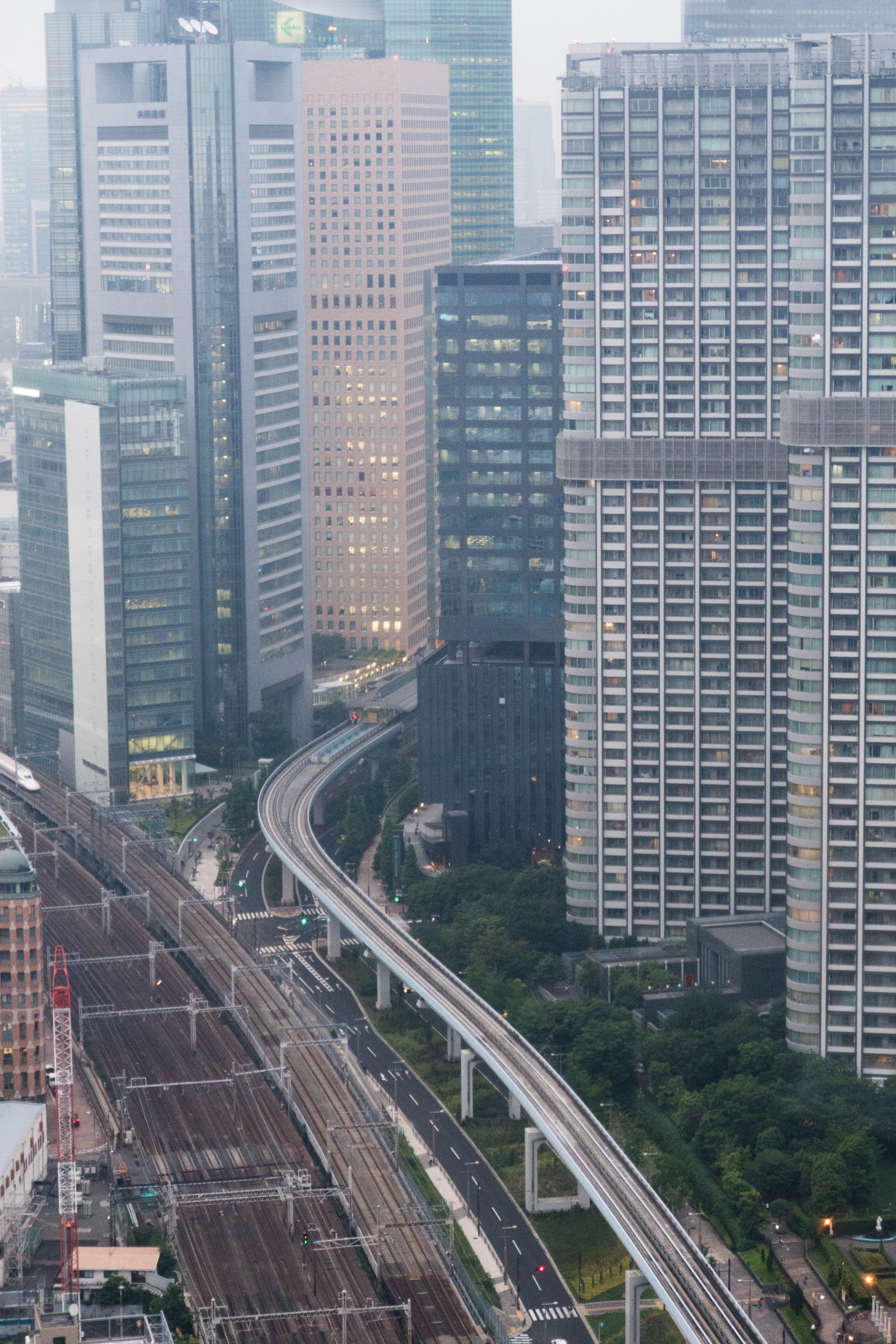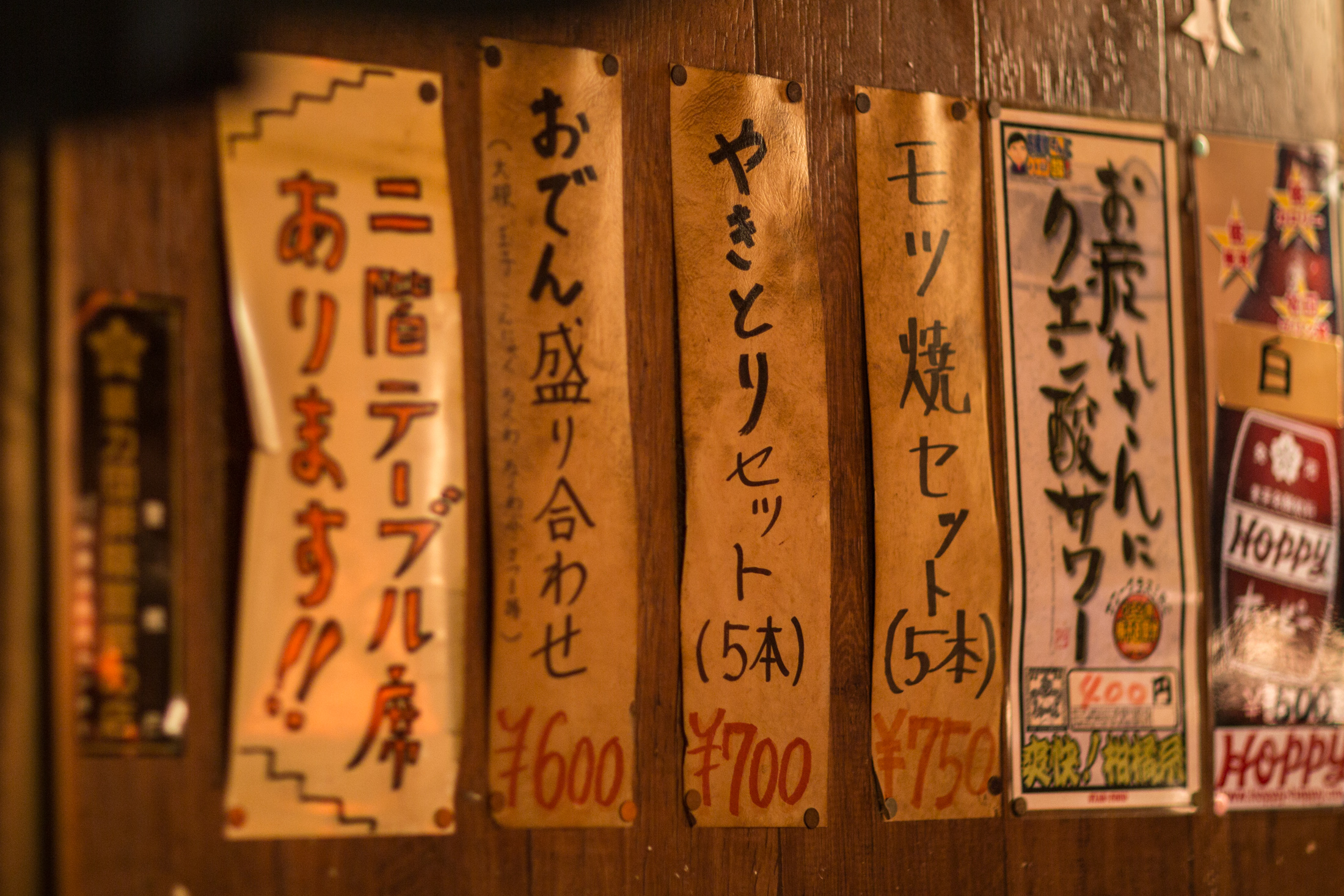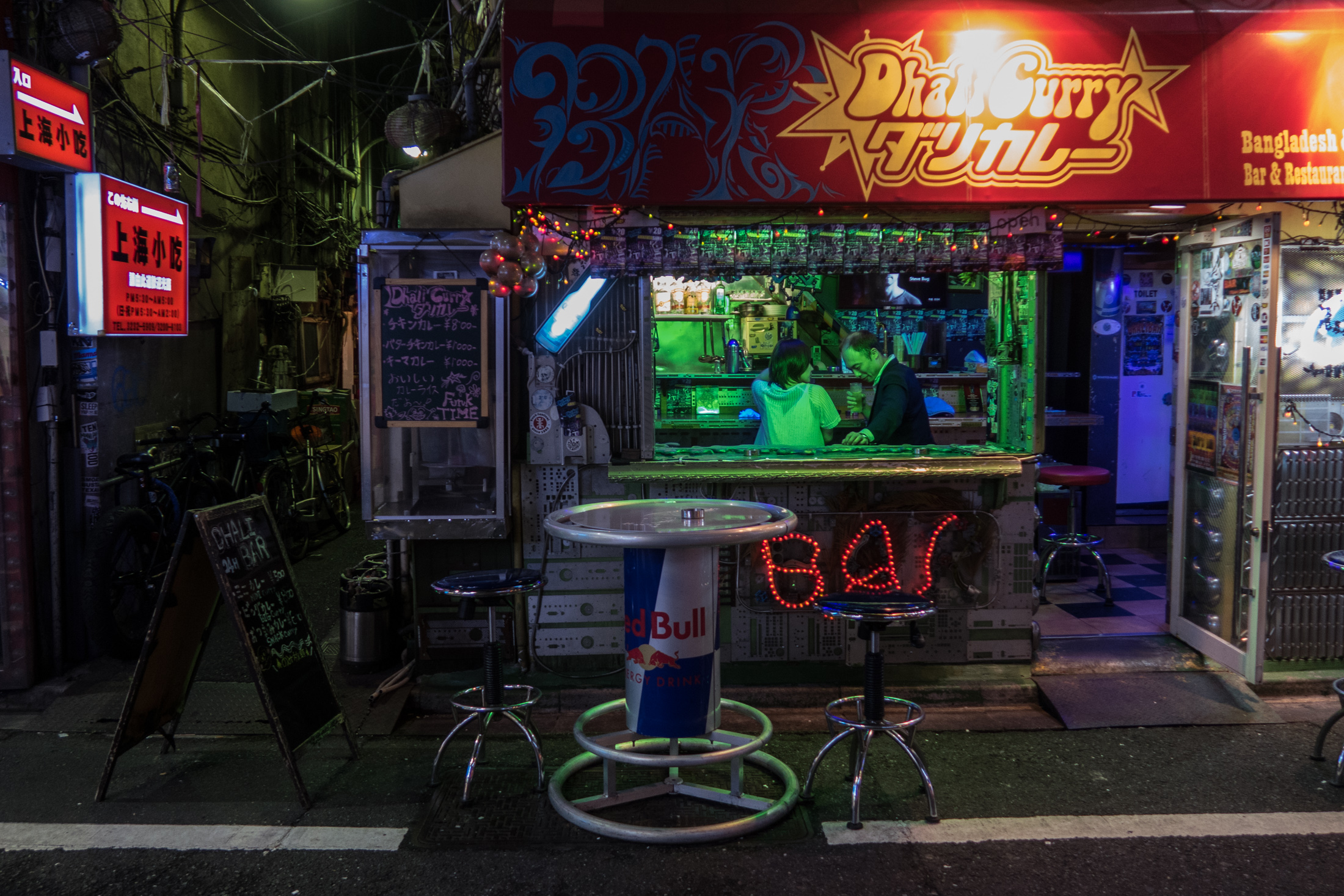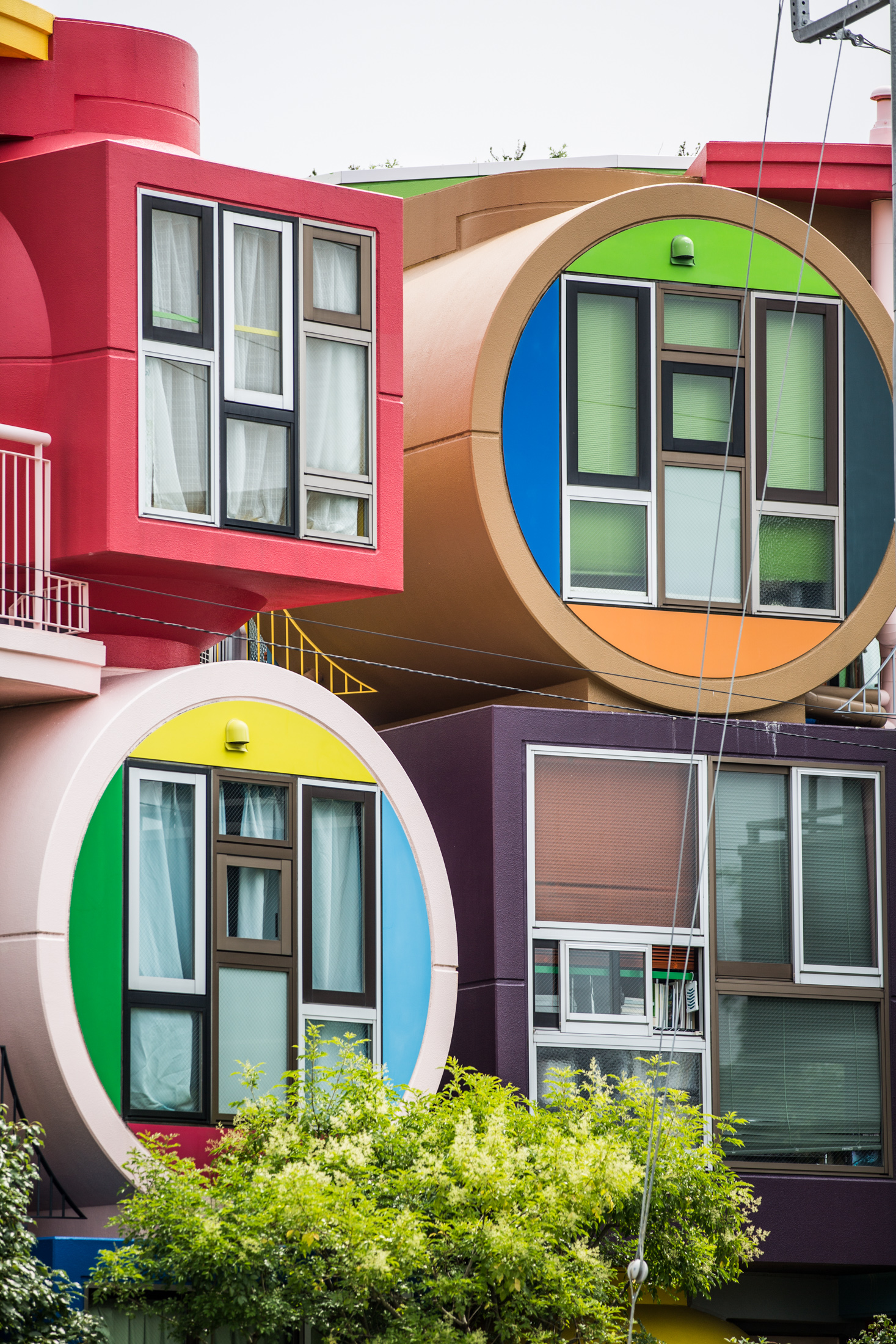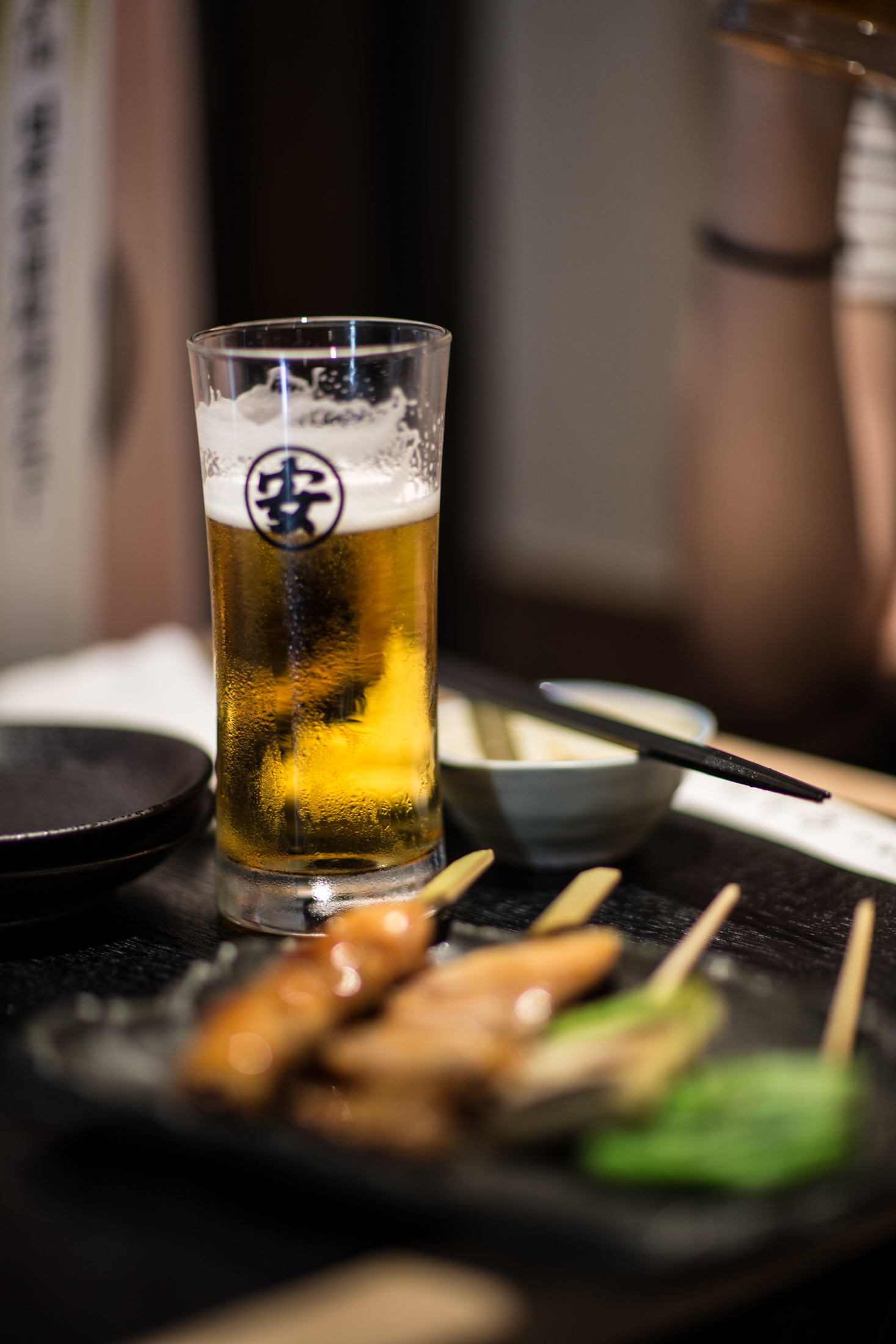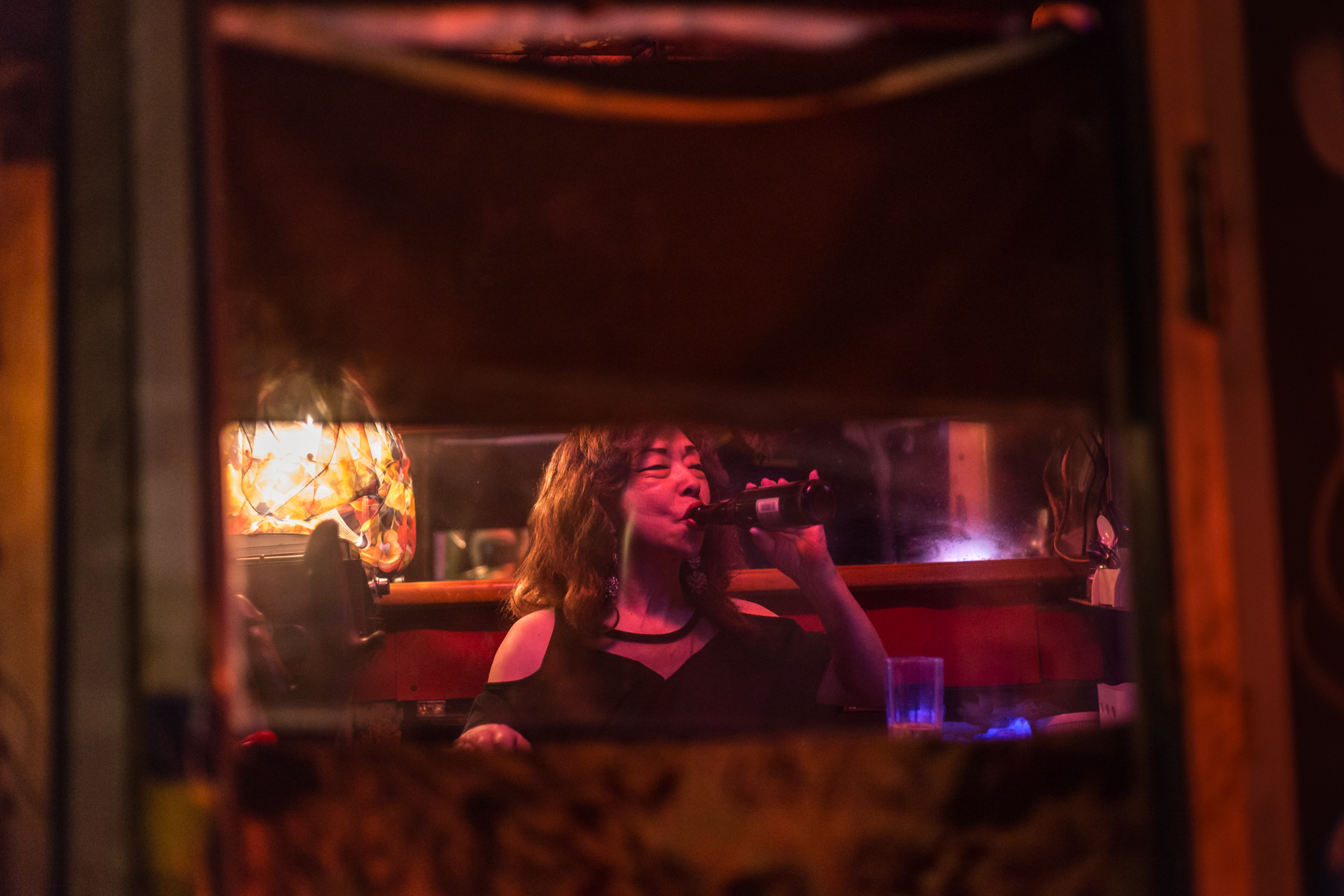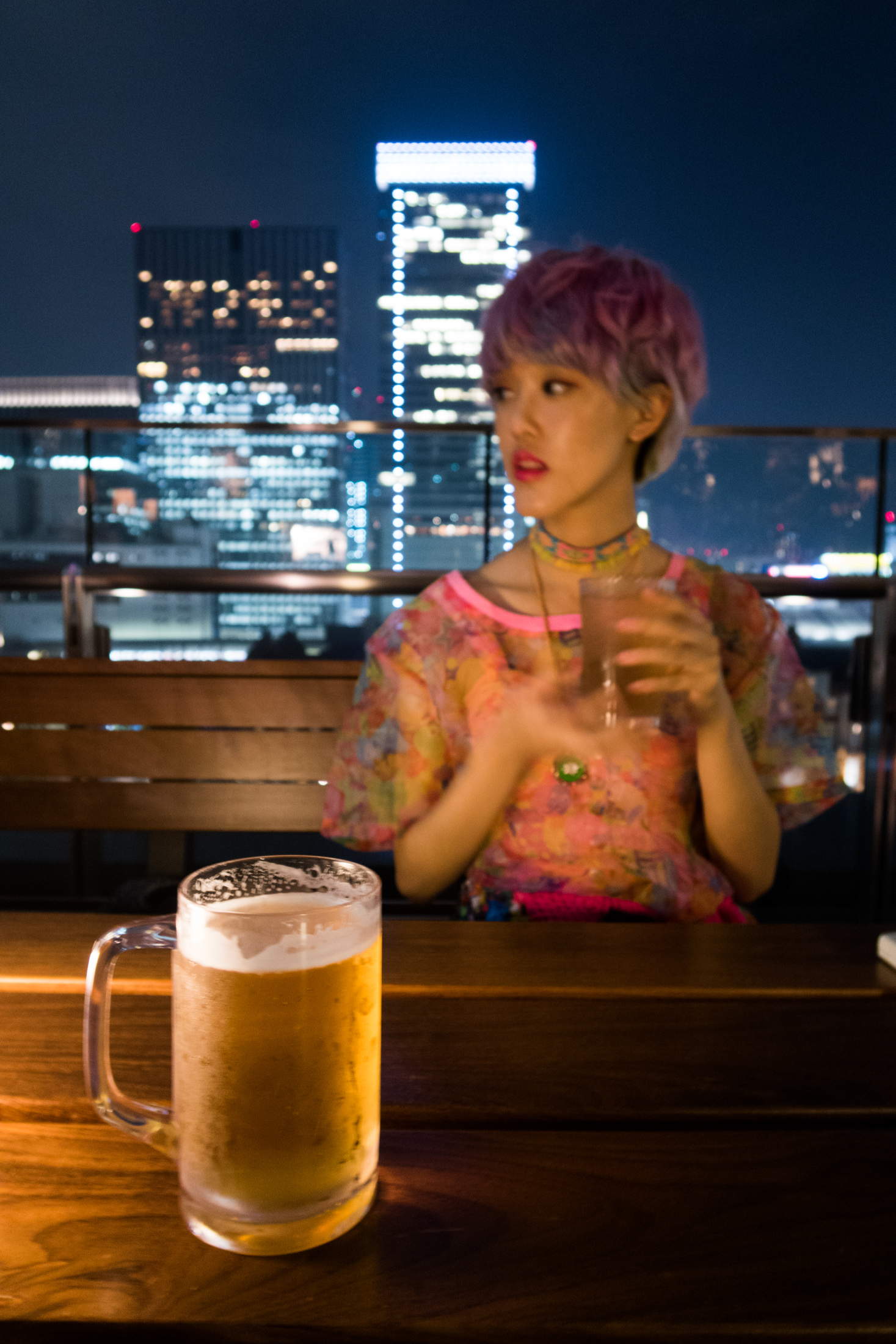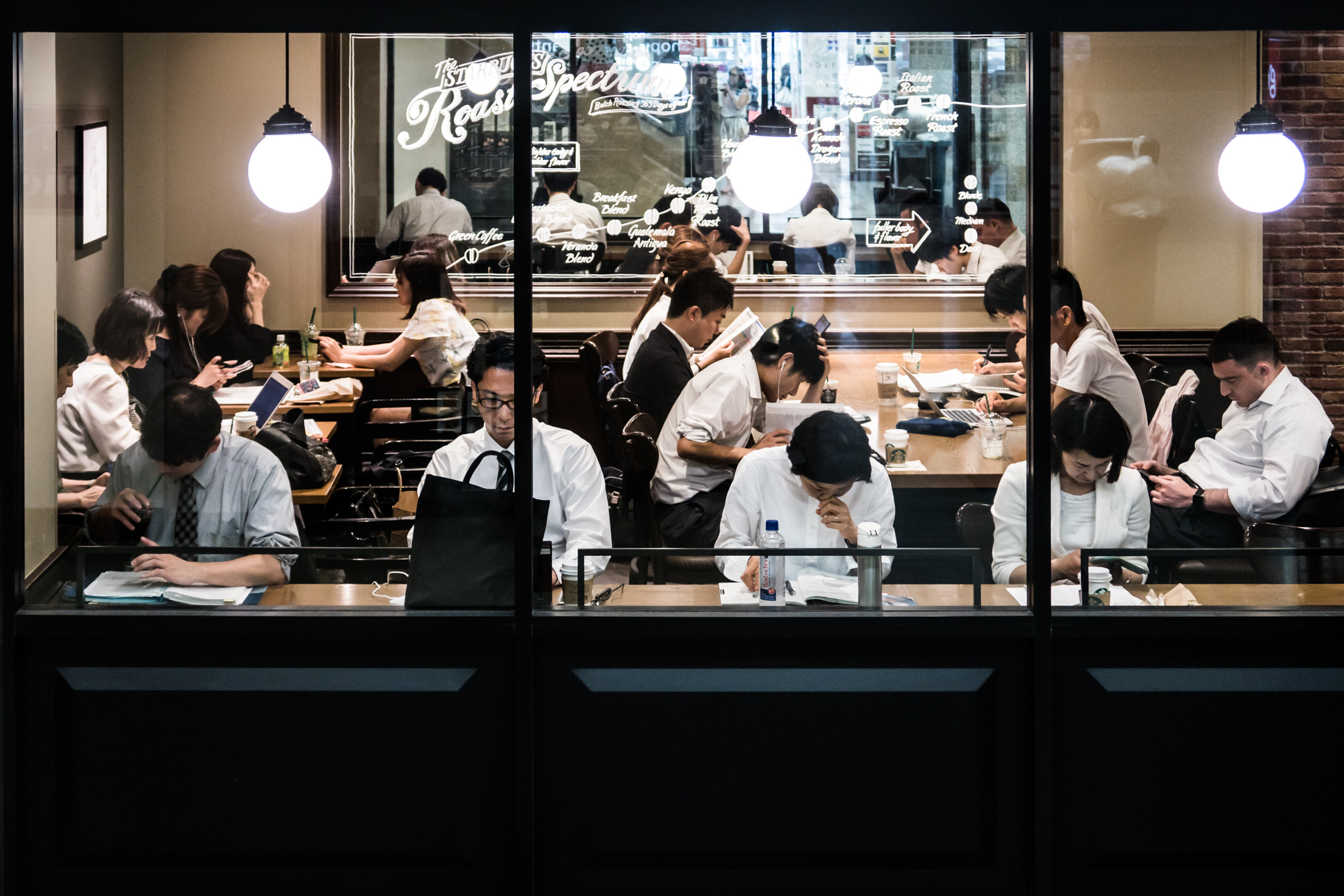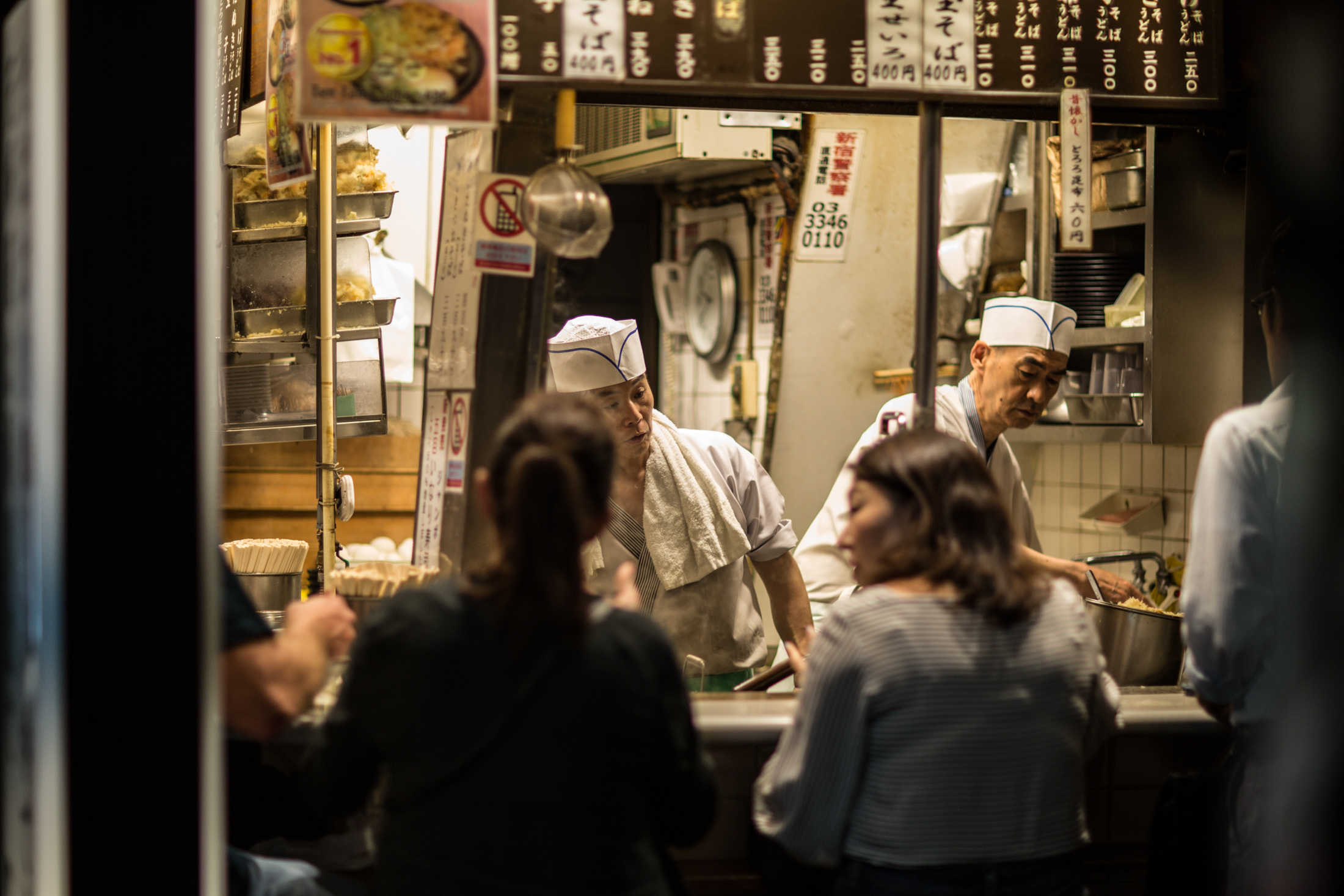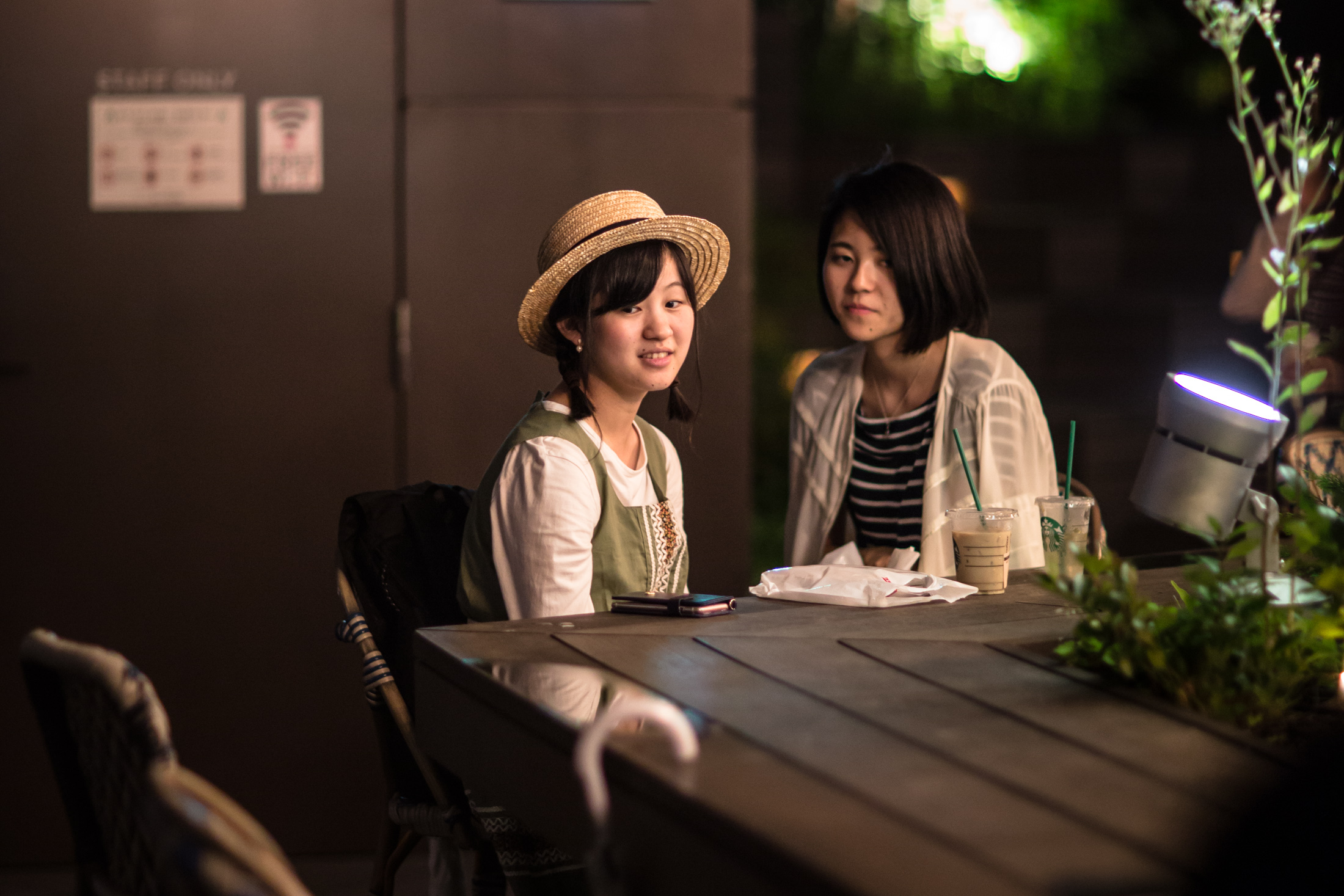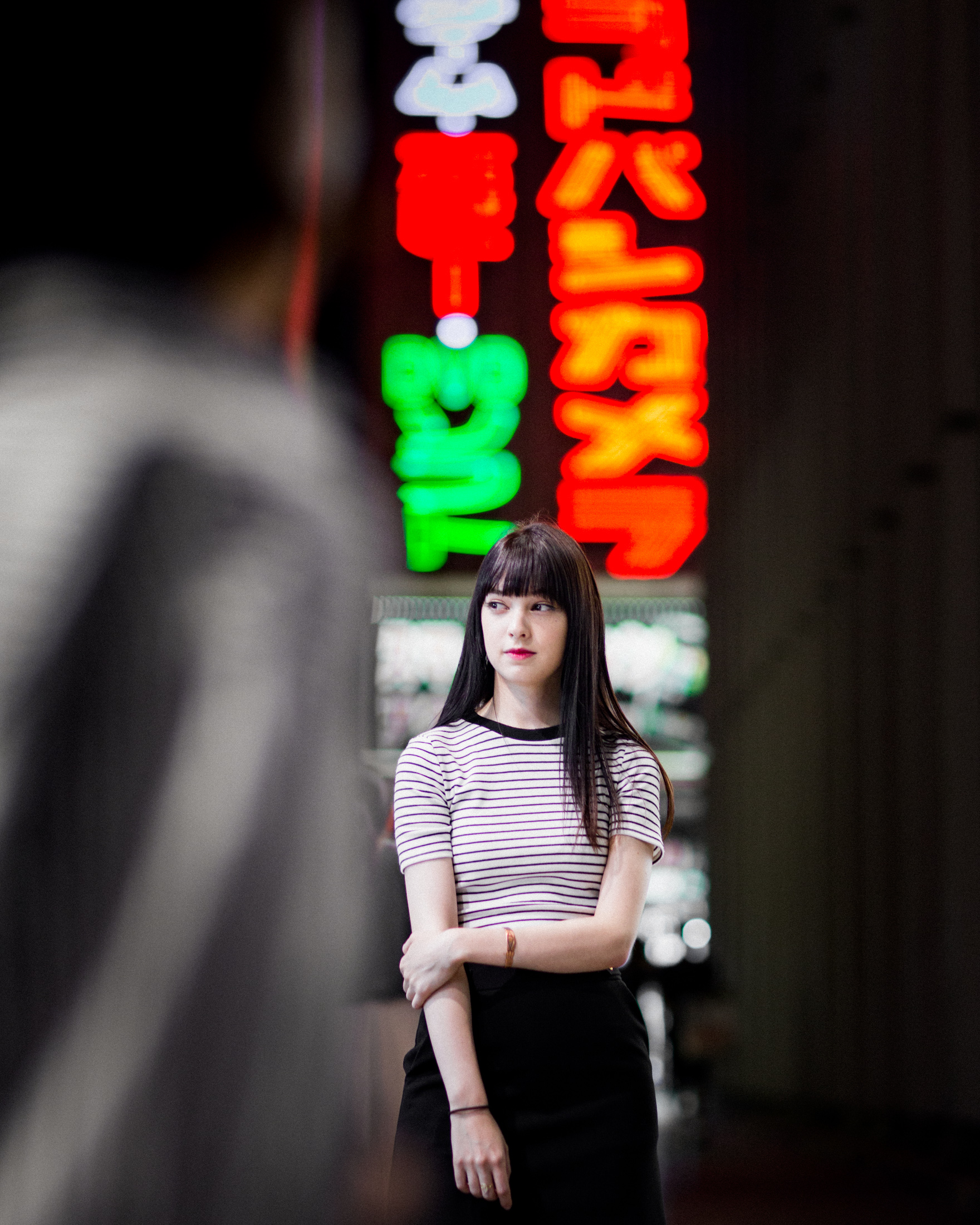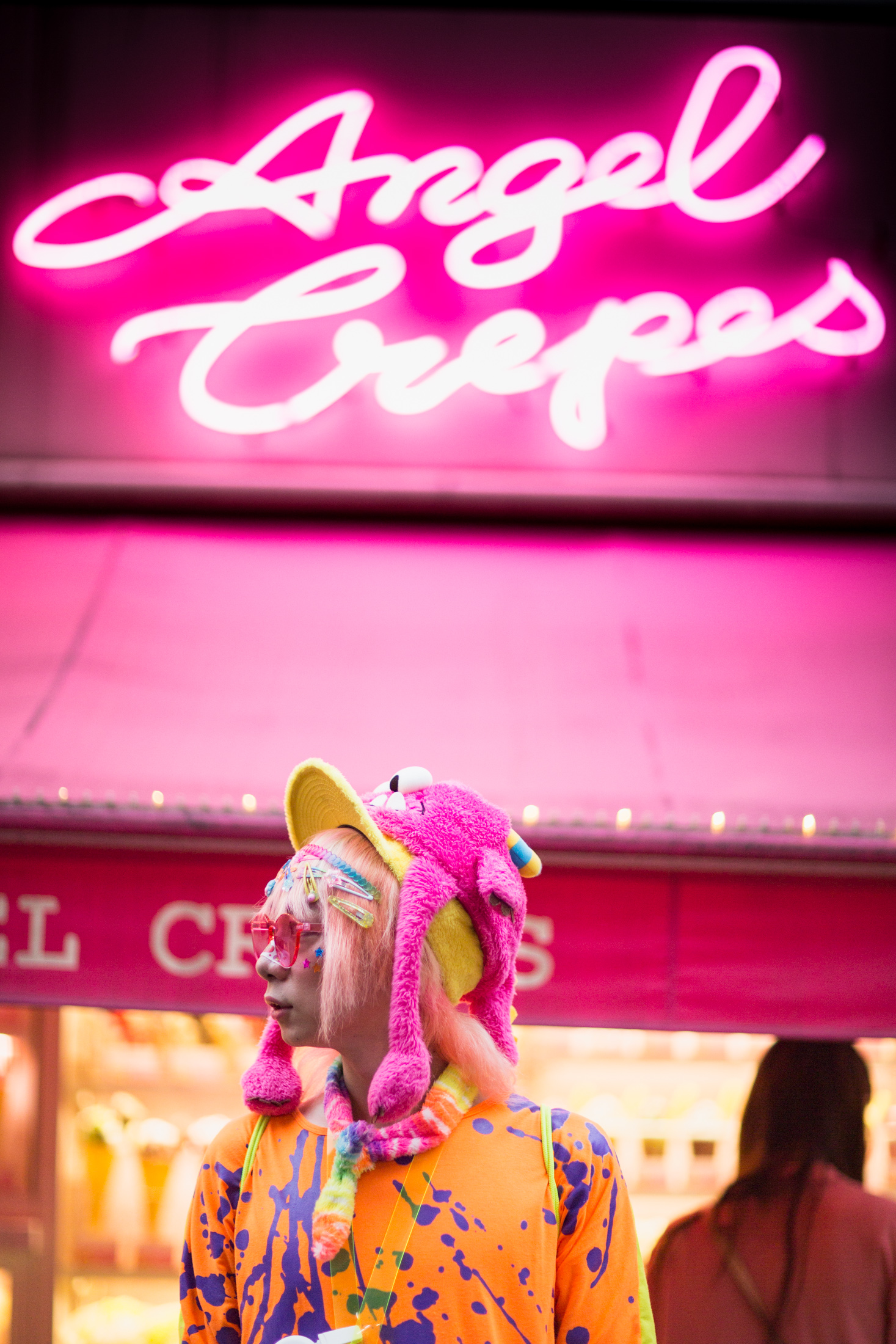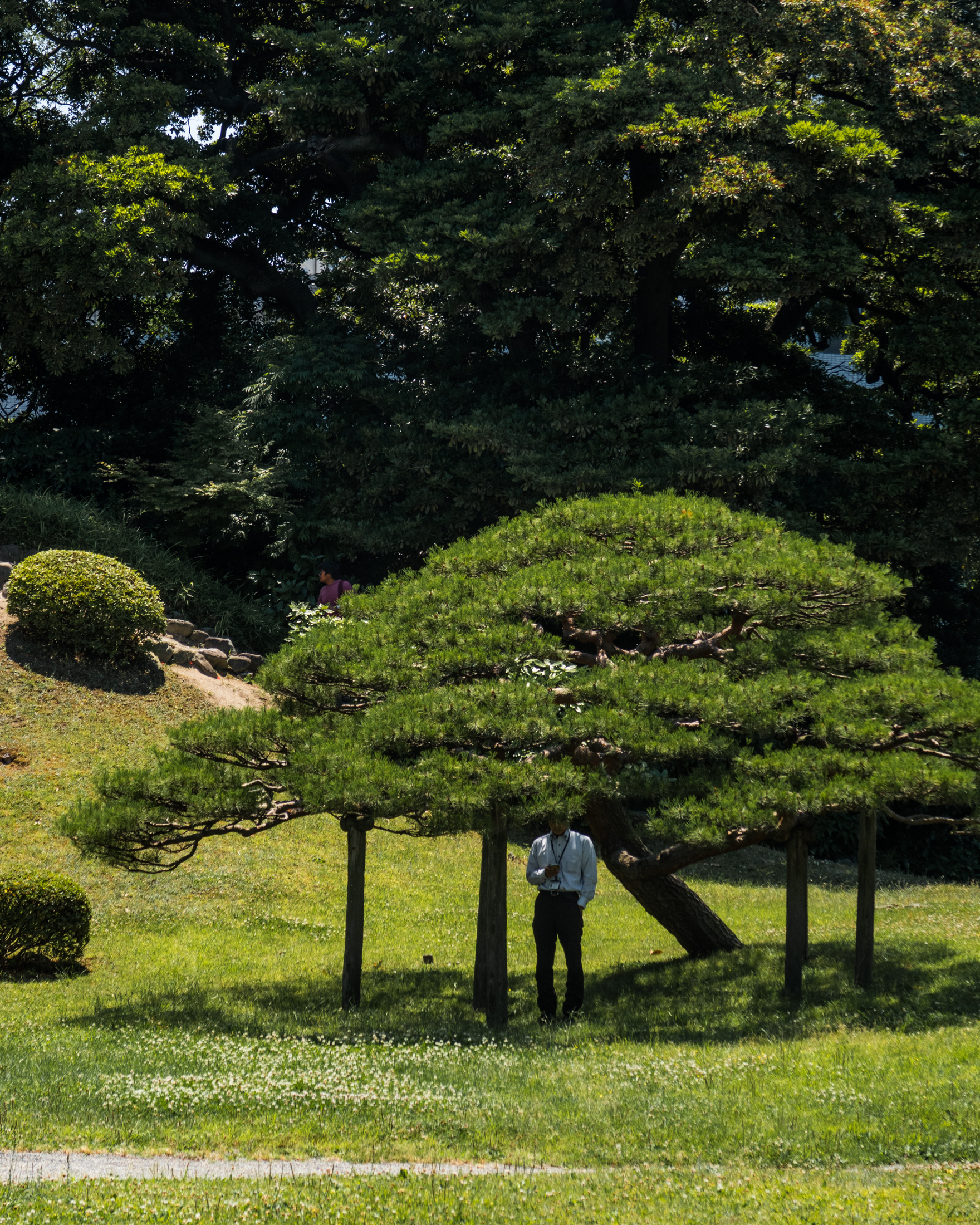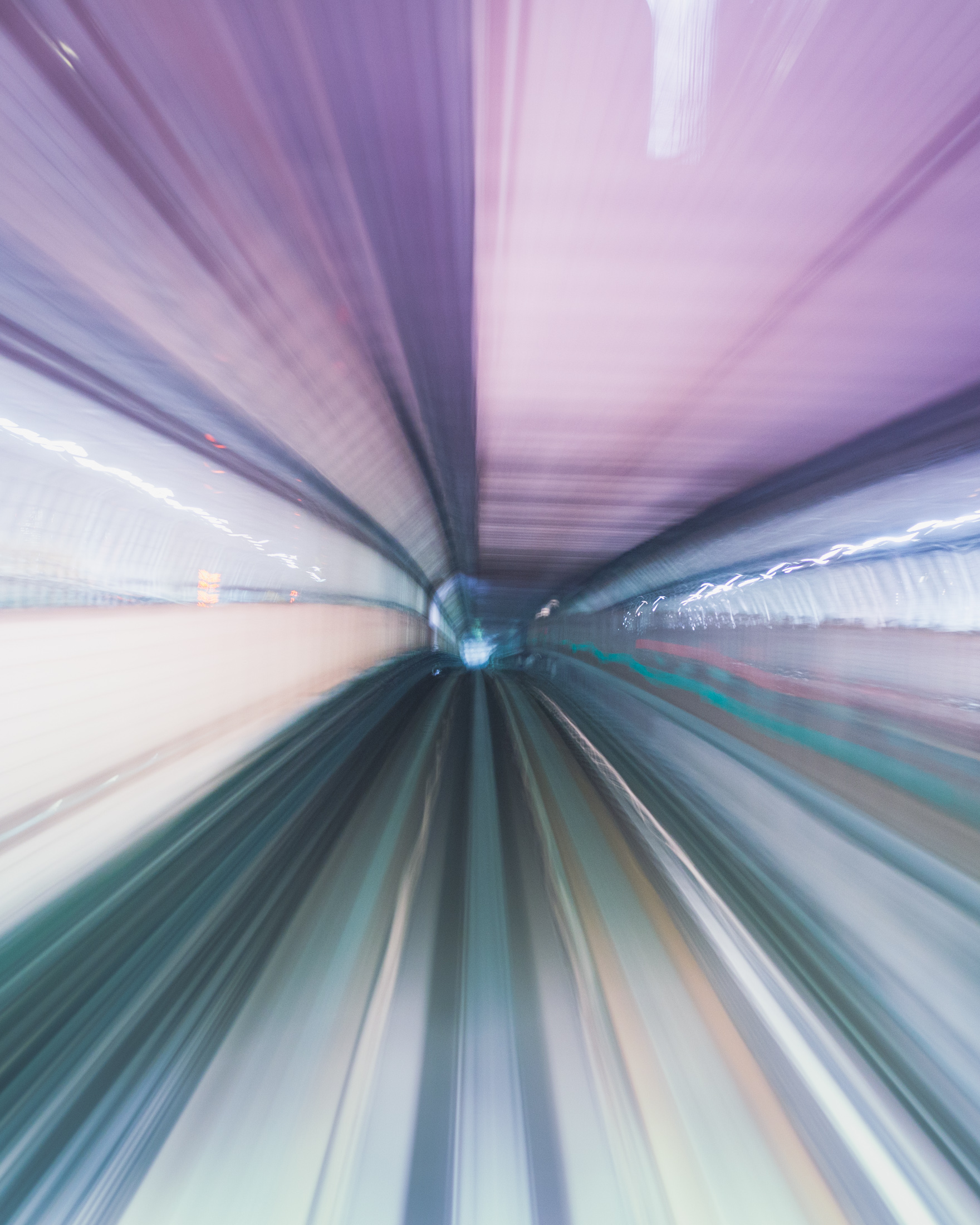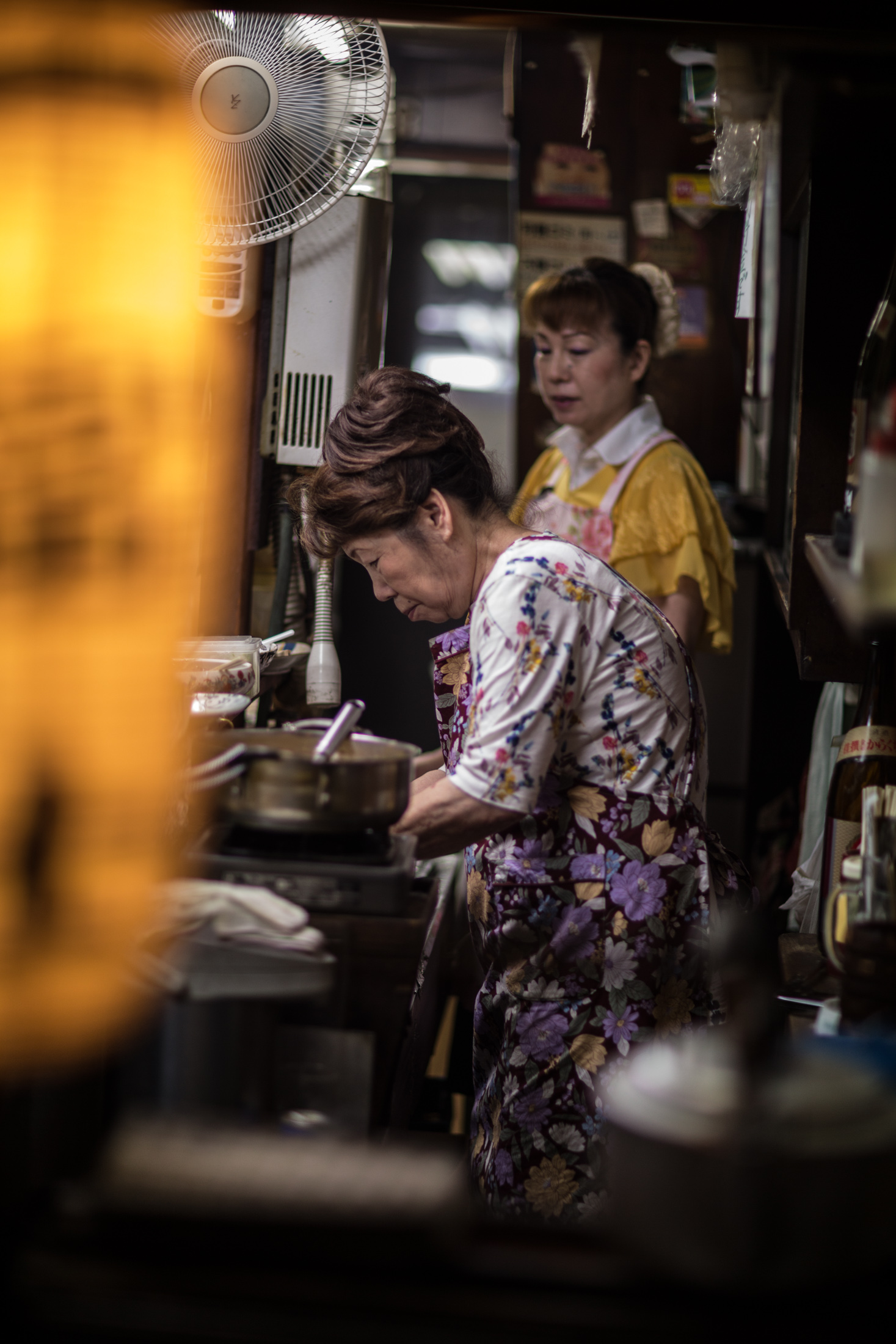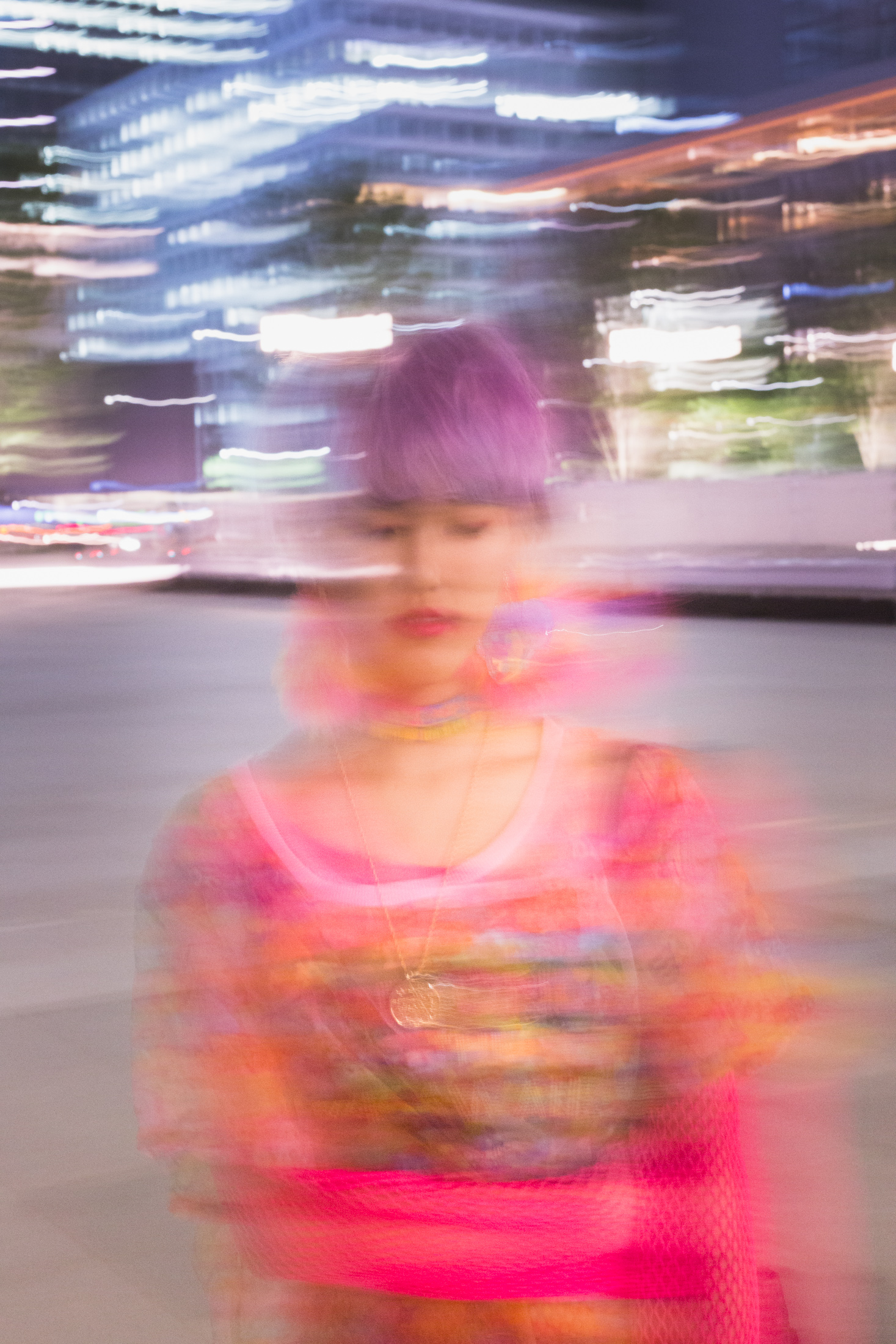5 days in Lisbon and surroundings
Lisbon was on my list for a REALLY LONG TIME. But just like so many things in life, which you keep postponing and postponing (like that time I lived in New York for 5 months and never managed to see the Statue of Liberty, duh), I have never got to see the capital of Portugal – until now.
So last December, when I saw Ryanair sale with a round-trip ticket at 40 euros – I decided to finally pay Lisbon a visit. I convinced a friend to join me there for 5 days around my birthday in January. And boy, was I not disappointed! With all the cities I visited in my life, I can tell you, that Lisbon is in the top 3 by now together with New York and Istanbul. (San Sebastian is not to count, since it is a town not a city).
In these few days we managed to eat a lot, see a lot and also travel around a bit – to the photogenic neighboring towns of Sintra and Cascais. Read about that as well as about how I turned a 40-euro round-trip flight into a 140-euro round-trip flight (facepalm), below.
Colorful tiles and vivid tones distinguish Portugal capital from other European cities. Combined with a great weather (our January experience was 14-18C and clear sky every day) Lisbon is a perfect winter getaway for those, who want to escape gloominess and cold of Northern regions.
For our stay we chose the beautiful centrally located hotel Fontecruz – situated a stone's throw away from all the main sights. Transportation was also quite easy – and the Uber prices are unbeatable. An average inner-city ride won't cost you more than 4-5 euros and a trip from the city center to the Airport is as low as 9 euros. If you prefer going by metro – even cheaper, as one ticket costs only 1,45 euros.
Lisbon has a beautiful topography with many hills and viewpoints around the city. My favorite spots were the boardwalk along the river by the Belem district as well as the sunset views from the São Jorge Castle and Miradouro da Senhora do Monte.
A popular day trip and probably one of my favorite short-trips ever was Sintra, a municipality in the Grande Lisboa region, easily accessible by train (around 8 euros round-trip).
Sintra is dominated by three famous, very different architecturally and historically but equally stunning sights – romanticist Pena Palace with its fairy-tale colors and mysterious park, neo-gothic Quinta da Regaleira estate with its Instagram-famous Inverted tower and medieval Castle of the Moors, which offers a stunning view from its walls over the whole region up to the ocean.
I have to add, that January was undoubtedly the best time to visit Sintra. We didn't experience any crowds, even though there still was a 10-minute line by the ticket office of Quinta da Regaleira. The guide near the Pena palace as well as reviews on Tripadvisor claimed, that in summertime the waiting time by the ticket-offices can be up to 2 hours. Overall, I try to avoid crowds as queuing usually kills the exploration vibe in me, thus I was really pleasantly surprised by the relative emptiness of the 3 monuments we visited. The weather was also perfect (sunny and up to 17C).
After we've spent a beautiful day in Sintra, we were ready to go home, but the taxi lady (Sintra is really hilly and walking from one palace to another can take an hour up the hill) convinced us to take a short trip to Cascais – in her VW convertible (open roof in January, imagine that) and we stayed there for dinner. This wonderful coastal town is easily reached from Lisbon my train and is know to be the home of rich and famous.
When it comes to food, Lisbon is unbeatable in price-quality conversion when it comes to fish and sweets. I am not a big fish-lover, but our 2-hour dinner at the touristy but incredibly tasty Cervejaria Ramiro was an amazing gastronomic experience. Don’t get put off by the ticket-pulling system at the entrance or by the not-so-cozy crowded interior – the food easily outbalances the disadvantages. We payed 60 euros for an indulgent dinner for two, which included a spider crab, oysters, (spooky but tasty) barnacles and a small bottle of wine.
A pricier and fancier experience was lunching at A Cevicheria, where, as the name might give away, ceviche (South-American fresh seafood dish) is served. The dishes are quite small, but the presentation and the taste are of a superb quality. Overall a very pleasant dining experience.
If you have a sweet tooth, you definitely have heard of Pastéis de nata, Portuguese custard tarts. The best ones we’ve tried were in Manteigaria. 1 euro for a tart plus 1,5 euros for a cup of coffee – that is a price of happiness.
If you are a fan of third wave coffee shops, then The Mill, Copenhagen Coffee Lab and Fabrica Coffee Roasters are the places to go. I especially enjoyed the Copenhagen Coffee Lab by the flea market in Principe Real.
And finally nightlife. There is a specific street in Lisbon, dedicated to partying, Rua Nova do Carvalho – called the Pink street, since it is literally painted pink. Not a fan of loud parties, I’ve skipped it for quieter speakeasies – Red Frog Speakeasy, with its elaborate menu and a cozy Foxtrot, with its 20s atmosphere and a great friendly bartender.
Lisbon would not be Lisbon without the famous funiculars and fado (the traditional music genre, which evokes feelings of longing and sadness) restaurants. I’ve photographed the funicular at the arguably most beautiful street in the world – Rua da Bica de Duarte Belo, but I didn’t have a chance to listen to fado this time – unfortunately.
One can usually book a fado dining experience – where you listen to the performance while eating, or you can book a cheaper version, where you only pay for the performance.
The last but not the least point on the cultural program are the museums. I would distinguish two places worth visiting – first the Calouste Gulbenkian Museum, with its impressive and vast ancient, classical and modern art collection, and the unique National Azulejo Museum – dedicated to the art of Portuguese colored tiles.
Overall, the whole Portugal trip was an extremely pleasant experience. In fact, so pleasant, that we managed to miss our plane – and had to re-book our tickets for the next day. I would recommend Lisbon as a perfect long weekend destination and a great winter escape.
Rua da Bica de Duarte Belo
2 days in Khao Sok National Park
Bamboo cabins on the Cheow Lan Lake
Beach photos from Thailand became a meme among my Facebook friends this winter. That is why, when thinking about what to write about my trip to Thailand this January, I've decided to start with a place, not so common among pale European tourists, like myself - my 2-day 1-night visit to the Khao Sok National Park in the Surat Thani province.
I have to be honest – I haven't heard of the place before I spotted a picture from the Cheow Lan Lake in my Instagram feed. It was so breathtaking, that I convinced my boyfriend to skip Krabi and Phuket and go there instead. Overwhelming crowds on the Phi Phi Island didn't attract us as much anyways, so we booked a tour with the Khao Sok Lake Tours and didn't regret. I wish the trip was longer, though, since the place was a surprisingly amazing discovery.
The first day a long-tale motor boat picked us and another tourists from the pier and took us for a 1-hour long ride through one of the most breathtaking landscapes (without exaggeration) I've ever seen.
I felt like I was either in the Avatar or Jurassic Park movies
Cheow Lan Lake is not a natural lake, keep that in mind. It was created in 1982, by building a dam on the Klong Saeng river and flooding as much as 165 square km of land. Locals said it was a bad and a good thing all along. I can imagine the sadness some older people feel about the villages, which were washed away by the water and now are buried on the bottom of the lake. At the same time the damn provides electricity for the South and the lake created new jobs and new opportunities for the region, so this coin does have two sides.
National Park has the largest area of the virgin rain forest in the South of Thailand, which is older and more diverse than the Amazon Rain forest. Speed-boating among the limestone rock formations, covered with ancient greebery felt like entering the Jurassic Park.
After an hour we arrived to the bamboo houses, which are built directly on the water. The ones we've got were pretty basic, but there are upgraded or even a luxurious versions available.
After a lunch break we took a boat a bit further and had a walk through a jungle to a large cave, filled with spiders and bats. I can imagine it can be terrifying or repulsive for those who are scared of insects or darkness..or narrow spaces – but we survived. Walking with a head-lamp through a neck-high water of the underground river is not my usual idea of great fun, but it was pretty cool after all.
After arriving back to the bamboo huts, we took a kayak for a short paddle around the lake arm we were in. Since the area was previously a forest, some dead trunks are still seen sticking out of the 40-m deep water like skeletons. The adventurer I am, I climbed one of those (a very realistic threat of being left sitting in the middle of the lake didn't scare me off).
In the evening and the next morning we took a speedboat to the remote arms of the lake for a so-called "animal-safari". We managed to spot a buffalo (it was just a black moving dot in the distance, so no picture here), a pelican and a group of very agitated monkeys. The lake also has great amount of fish, so fishing trips are also possible (see the fishes directly under our dining area at the bamboo lodge in the picture below right):
I have to admit, that the beauty of the lake and the National Park exceeded my expectations by far.
The limestone formations, the wildlife, the beautiful sunsets and sunrises – these all combined left me with great memories and a strong desire to come back for a longer time. The fact, that the bamboo lodges didn't have internet connection added up to the unplugged experience I was longing for.
The park is easy to reach from Phuket or from the Surat Thani pier or airport.
Touristic transportation system in Thailand is A_M_A_Z_I_N_G ( I cannot stress it enough), so you won't have a problem getting into or out of the park at any time.
We booked our 2-days tour through the Khao Sok Lake Tours, who also organized a great village dinner experience for us, where we met the locals and visited a farm.
If you are tired of Thai beaches and want to discover a different side of Thailand, then I highly recommend visiting this gem in the South.
1 week in Jordan
Berlin’s autumn gloominess kicked in and my thoughts kept wandering to the warm lands, where sun shines every day and it rarely gets under 20°C.
Last month I was lucky to cross another country off my bucket list – this time it was the marvelous Middle-Eastern Jordan.
Since I was a child, I wanted to visit the ancient city of Petra, but I didn’t know much more about the country in general.
Almost land-locked with a small exit to the Red Sea in the far South, Jordan has so many things to offer on its relatively small territory, where one would need months and months to discover all the hidden treasures.
I’ve had only a week, but that was enough to get excited and amazed by all the natural and cultural aspects.
Jordan’s tourism is one of the major sources of the country’s income, and despite the country’s safety – the turmoil of the surrounding regions and the inflow of refugees didn’t go financially unnoticed. Nevertheless, if you ever hesitate whether to go to Jordan because of the safety issues – don’t hesitate and go. The country managed to stay out of conflicts and for now stays a safe haven among its neighbors.
Religion is separated from the state, the peace treaty with the neighboring Israel is signed and the country’s immigration history as well as long-lasting relationships with the West are the main features, which distinguish Jordan from other countries of the Arab world.
Our first stop was its capital Amman. If you’re a big city person, like I am, the capital will seem a bit quiet and lacking excitements of the metropolises of the Western world. Nevertheless, it has a lot to offer when it comes to history and food.
The prices are pleasantly surprising, with the best street falafel costing you an estimate of 25 euro cents.
After few days of eating, visiting historical sites and museums, we drove for an hour and a half to the Dead Sea, the famous salt lake, situated in the lowest Earth’s elevation on land. It has almost 35% salinity, which makes it 10 times saltier than the ocean. No creature survives in such a soup and getting the liquid into your eyes or mouth equals (quite literally) torture. Nevertheless, the mud and the salt of the Dead Sea are rich in minerals and cause some great effects on the skin, thus numerous resorts spry all around the Sea, attracting tourists from all over the world. The popular activity and a great photo opportunity is floating in the salty dense water with a book or a newspaper.
The temperatures at the Dead Sea are really high throughout the year, making the heat almost intolerable in the summer months. Visiting in October was a pleasure, with some +25-28°C during the day and cool breeze at night time.
The eerie sunsets over the Dead Sea. Israel and Palestine is just a few miles away
Next stop on our way was Wadi Mujib – a river and a natural reserve of the same name, situated a bot over 200km or 2 hours drive away from Amman. Before entering the Dead Sea, the river flows through a picturesque canyon with speedy streams and numerous waterfalls. We spent around 4 hours hiking through the water to the biggest waterfall at the end of the road – it was an extremely fun and sporty activity, which I can only recommend.
If you ever decide to do the hike, remember that you will be in water most of the time, so a swimsuit, waterproof bag for the camera and proper shoes are a must. All of that (in exception for swimwear) can be also rented at the beginning of the trail.
I am a big fan of hot springs, thus I was pleasantly surprised to learn, that there are numerous spa hotels with an access to the natural hot springs and even a hot waterfall in the area. Obviously, best visited in the cooler months, when the outside temperature makes bathing in +36°C water more attractive.
After a few days we finally arrived at the most famous Jordanian attraction – the ancient city of Petra, the capital of the Nabatean civilization. Most structures still remaining today were carved in the rose-red rocks, creating architectural masterpieces which still impress and awe visitors. My personal advice is to visit Petra as early in the morning as possible – the archeological site opens at 6 AM and it takes approximately 30 minutes to walk through the narrow canyon to the most famous structure – the treasury, or Al Khazneh.
Waking up early totally payed off. Al Khazneh at 6.30 Am
From there it takes another 40-45 minutes to reach the monastery, or Ad Deir (El Deir) – if you come early, you will still be able to admire both sights in a relative privacy, while closer to the noon, the whole area gets filled up with tourists.
A cool addition for those who decide to stay overnight is the “Petra by Night” show, which is a visually stunning short event of nomadic music and lights, where the square in front of Al Khazneh gets filled with hundreds of lit candles. Unforgettable experience, despite its popularity and overcrowdedness.
Blurry picture is a price to pay for forgetting a tripod;)
My personal highlight of the trip – probably because I love deserts and wastelands, was visiting the Wadi Rum desert. We stayed at a beautiful camp and took 4x4 drives deep into the desert to watch the sunset.
One can also take a hot air balloon ride over the desert, which is definitely on my list for the next visit. I really enjoyed the red and orange dusty colors of the rocks, the reminiscence to the planet Mars (actually the Martian with Matt Damon was shot here exactly for this reason), the sweet tea by the campfire at night and the view of the full moon over the deserted rocky terrain.
I have to admit, that I had some stereotypes about the Arabic culture before I came to Jordan. I am really glad, that I had to meet all the great and friendly people on my visit to Jordan, with whom I could have honest conversations about the politics, culture, traditions, role of women in society, family values an attitude towards foreigners. I know that a couple of people cannot speak for the whole population, but these were first baby steps for me to get to know this beautiful and colorful country firsthand.
One really important note, which we don’t speak much about in the West is that Jordan, despite having a population of only 9 Million people, took some 650K (officially) to 1,5 Million (unregistered) Syrian refugees. That made a huge impact onto the country’s economical situation, and this is why I cannot stress enough the importance of supporting Jordan’s tourism branch these days.
Another curious note is that Jordanians apparently love their King and Queen, who are doing quite a lot for the citizens and are both advocates for peace and human rights. Queen Rania might be world famous for her fashion style and beauty, but she is also doing a lot for female rights in the Arab world. A curious fact - despite being raised a Muslim and being a Queen of the country, where majority of the population practices Islam, her personal choice is not to wear a veil or a head scarf – which apparently confuses more Europeans than locals.
To sum up, I’d like to thank Jordan Tourism Board for inviting me on this adventurous and eye-opening trip, which helped me not only take beautiful pictures and explore the nature of the Middle East, but also learn more about the new culture, its traditions, ancient and modern history. Of course not everything is flowers and fairy dust, just like in any country there are issues of all kinds, but it looks like Jordan is setting an example of a forward-thinking Middle-Eastern country, which manages to stay out of big troubles (mainly out of pragmatic reasons, which is good enough) in the middle of the region’s turmoil.
PS: I was also happy to share this journey with other talented photographers – please check their Instagram feeds if you have time:
@ladyvenom, @ju.hu.lia, @sarahpour, @thomas_k, @ezgipolat, @lionheaded, @andretamburrini and @framboisejam
7 days in Tokyo (Japanese impressions)
I’ve read so much about Japan – Murakami and Banana Yoshimoto were among my favorite writers for a long time, I was fascinated by Sei Shonagon’s Pillow Book since I was 17, read about geisha and weird Japanese fashion, ate sushi on Sundays... Yet my visit to Japan was everything and nothing like I imagined.
When I think about it, I don’t go to places with a drastically different culture that often. When I do, it is usually a cultural shock, but I am prepared. Japan was not a shock – because “shock” is a negative word, and I experienced nothing but pleasant emotions. It was more of a cultural “surprise”.
I even managed to shoot a video blog (honestly, the hardest job imaginable and not as fun as some might think) in order to share some of my experience first-hand. Check it out!
To sum up the video, I decided to write about Japan/Tokyo in a form of a list, commemorating famous Japanese court-lady of the 11th century and writer Sei Shonagon. These are my personal “first-time-in-Japan” observations in no particular order, so maybe I am not following some tendencies, but when you dive right into a new culture, some things scream to you louder than others:
POLITENESS and ORDER
People are generally very polite. Even those who look like they won’t be (like yakuza-looking teens in dark sideways)
Even though I was often the only Caucasian person, no one would ever stare at me or pay any attention. Generally staring at people is not appreciated
“Ordnung muss sein”. People queue at bus stops, metro platforms, convenience stores…No one is breaking the rules and everyone respects their neighbor
Money is usually given to you/taken from you with both hands and a bow. It is considered polite. Bowing generally is a sign of respect, but can look weird for Westerners, since in many situations it feels unnecessary
Showing your emotions in public is not appreciated. People usually laugh and have fun in bars and restaurants, but I rarely/never observed rage or anger outbreaks, or even screaming/disobedient children
Japanese service level is “God”. People will do everything to make a customer happy, even when you don’t expect them to. They bow, smile, welcome you, help you when you need it and leave you in peace when they notice you don’t look for assistance. I’ve asked for an aisle seat on my flight back and they didn’t have a free seat for me. I almost forgot about it, when 15 minutes later my name was called to the Gate. When I arrived, they handed me a new ticket with a bow and apologies – they found an aisle seat (and in business class)
Unlike in America, service is not tip-motivated, since there is no culture of tipping. Moreover, tipping is considered offensive
BIG CITY LIFE
Smoking outside is permitted only in designated areas, nevertheless most bars and izakayas (Japanese diners) allow smoking inside
no trash or garbage bins on the streets. You can walk literally for blocks and blocks and will not have a way to dispose of your empty Starbucks cup. The only places you can throw away an empty bottle are bins next to the vending machines, but even these bins are rare.
There are quite useless jobs, which keep people busy nevertheless – like a person, who stands near a construction sight and tells people to walk around the pit (even though a sign is present)
It is very very safe. There are places, which are kind of ghetto-ish but even there you won’t get in trouble. Level of crime is very low, unlike the suicide level
Flats are usually very tiny (20-25 square meter studio is a norm for a single person) and they are rarely shared with roommates. Kids live with their parents, sometimes into their 30s and later alone or with their spouse
You have to remove shoes in many public places, including museums and restaurants
Public onsens (bath houses) are always separated into female and male sections. Tattoos are not permitted. Since I have smaller tattoos on my forearms, I was offered a tape to cover them
FOOD and DRINKS
Tokyo is surprisingly cheap for a tourist. Prices in restaurants were equal to those in Berlin (which is one of the cheapest European capitals). A dinner for 2 with beer, sushi and soup was less than 25 Euros. A huge bowl of ramen/udon usually ranges between 5-8 Euros (also similar price to Berlin), while beer is usually a bit more expensive – around 4.5-5 Euros for half a liter
There are almost no overweight people. In 2 weeks in Japan I saw not a single woman (or man for that matter) over size M. Nevertheless, Japanese diet is high in carbs – rice and noodles are very popular, so is tempura (deep-fried everything)
Sushi are not an everyday meal and are only served in specialized restaurants
the right way to eat udon/ramen noodles is to slurp!
There are almost no outside terraces in restaurants and cafes, people prefer eating and drinking inside or even underground
Green tea is the most popular taste of ice cream
Most popular soft drink is cold green tea – with no additional sugar!
Starbucks and 7-Elevens are on every corner
GENDER ROLES and FAMILY
Men and women very often live separate lives, when it comes to everyday life and after-work activities. So-called “salary-men” usually go to bars and restaurants after work separately from women (the society is still quite traditional when it comes to working women. Japanese have clear gender roles with man being an overworked breadwinner and a woman – a full-time mother and housewife. That changes slowly)
Most people – both men and women–are willing to get married. Marriage is seen as a sign of adulthood. Moreover, Japan has one of the lowest levels in the world for single parents – only about 2-3% of children are born outside of marriage
Generally, I saw a very small number of children and/or pregnant women
International marriages and relationships are not welcome. Japan is still a very closed and homogeneous society, which appreciate but don’t welcome foreigners. I talked to many Japanese, as well as foreigners who live in Japan – and they all confirmed this unfortunate fact. Mixed kids (“hafu”) have it the hardest.
PHYSICAL APPEARANCE and HYGIENE
Personal hygiene is very important. Washlets – toilets with pre-installed bidet and heated seats are installed almost in all bathrooms, including public. Unlike Berlin, shabby chic is not appreciated. Everyone wears clean and ironed clothing, polished shoes, neat hairstyles. I rarely saw anyone looking grungy or unclean.
Japanese age really really well. Seriously. Give me those genes. I saw very few elderly with grey hair. And those I’ve seen were way over 120 (kidding). Mostly remain dark haired far into their 60s. Also I’ve noticed that most people had very clear unblemished skin, even the teenagers.
People are shorter than in Europe – fact. My boyfriend who has an average, for Germany, height (184 cm), was at most times the tallest person in the room/subway car/restaurant/street. As a woman I felt taller than most women as well (I am 174 cm).
FASHION
Japanese fashion is very simple. I rarely saw hipsters, but majority of people on the streets were dressed in a simple, yet elegant manner. Silk, linen, bloc-colors and flowy textures are key elements of the Japanese everyday fashion. I haven’t seen a single person wearing jeans
Fashion freaks we usually see on pictures are very rare. I’ve met with couple of people from the Harajuku fashion scene and they confirmed that the scene is basically same 100 people running up and down Harajuku streets
Most clothing we call “kimonos” are in fact yukatas (summer robes made out of cotton or polyester) or “haoris” - short or longish jackets, which are worn unclosed and without a belt. Price for a decent vintage haori/yukata goes from 500 to 5000 yen – which is 4.5 – 40 euros only
Most people in kimonos are not Japanese, but tourists who like to play dress-up
INTERESTING RANDOM OBSERVATIONS
People almost don’t speak English or other foreign languages. Learning how hard it is to learn writing just in Japanese, I understand why
Japanese kids learn how to write for whole 6 years (it’s the time needed to perfect kanji – the traditional Chinese characters, which Japanese adopted for their use). Japanese writing is usually a combination of complicated kanji (where a symbol can mean the whole sentence or a word), simplified hiragana (syllables) and sometimes katakana – used to write foreign words. There are many ways to write the same sentence or even word – all depending on the author’s preference and the level of formality. See my vlog for Rika’s explanation of the different symbol usage
Japanese tend to overpack everything. A single egg wrapped in plastic and then put in a cardboard, or an apple, sliced and put in 3 different plastic bags inside of another plastic bag – is a usual thing
Phones, manufactured for Japanese markets don’t have shutter silent mode function. This is done to eliminate perverts, discretely photographing female underwear in public transportation
Japanese have the most magazines published per-capita in the world
For buying electronics I’d recommend going to Akihabara but the prices for electronics are surprisingly high
Despite not knowing English, people will still talk to you non-stop, even when you show clear signs of being a Japanese language dum-dum
Japanese TV programs are surprisingly poorly made. I have no further elaboration on the topic, since I obviously don’t speak the language
MY RECOMMENDATIONS:
HOTEL: Upon my arrival to Tokyo I stayed in Prince Gallery Hotel Kioicho and it was a Lost in Translation experience. Extraordinary service and the best view over the city.
If you are looking for a budget version, I'd look into Airbnb close to public transportation but further from the crowded and noisy parts like Shibuya, Akihabara or Shinjuku Train Station. I've stayedand it was a very pleasant experience.
COFFEE: Best coffee I've tried as well as a nice design was in Counterpart Coffee Gallery
BEST FOOD: I literally cannot recommend a restaurant, since almost everything I ate was delicious. I recommend just stroll the Memory Lane (Omoide Yokocho) in Shinjuku and pick an izakaya
PHOTOGRAPHY TIPS: for that ultimate street-crossing view skip Shibuya ""scramble crossing" and go to Tokyu Plaza Ginza rooftop. Also try to do a long-exposure shot of the JR train rails going across the rainbow bridge. For that go to Shimbashi Station and take the Yurikamome automated train.
2 days on the island of Rügen
I like German word "Sehnsucht" more than "nostalgia". Nostalgia is overused and Portuguese "saudade" forever will be associated with Brazil.
Yet Rügen, the island in the North of Germany, famous for its white chalk cliffs and Caspar David Friedrich views forever will stay with me as the island of Sehnsucht.
I didn't come up with that word or even the description, unfortunately - Karl Lagerfeld did. In 2008 he did a fashion shoot on the island for the German Vogue, which he ( or the editors, for that matter) called Insel der Sehnsucht. Featuring young models Toni Garrn and Siri Tollerod, wandering through the woods of the Baltic coast, the shoot inspired me to visit the island.
Only 3 hours car ride to Berlin, the island offers beautiful wild parks, strong winds and amazing views. Probably more middle-aged and families oriented, the island doesn't have a party spirit, unlike the other German famous island Sylt.
To go to the island in February, like we did, one has to be a tough cookie, since the weather is not tropical, to say the least. Nevertheless, since most of us were photographers, we were more than happy to get our feet wet and our thumbs frozen while shooting in the foggy forest or in the nearby swamp of the Jasmund National Park.
Finding a reasonably priced hotel was also not a problem - for merely 20 euros per person (we were 4 people) we've booked an excellent apartment with a little fireplace in the town of Sassnitz, just a short drive from the Park and its main attraction - the chalk cliffs and the Königsstuhl ("King's Chair"), which could be seen on the paintings of the famous German romanticism painter Caspar David Friedrich.
If you live or are visiting Hamburg or Berlin for a longer time, I can only recommend a weekend tour to the island. Fresh air, sea buckthorn liquor, dried fish, the lighthouse of Cape Arkona - I promise you, that one some warm summer nights, you will get nostalgic, or as German would say "sehnsüchtig" for the beautiful and cold island in the equally cold and beautiful Baltic sea.
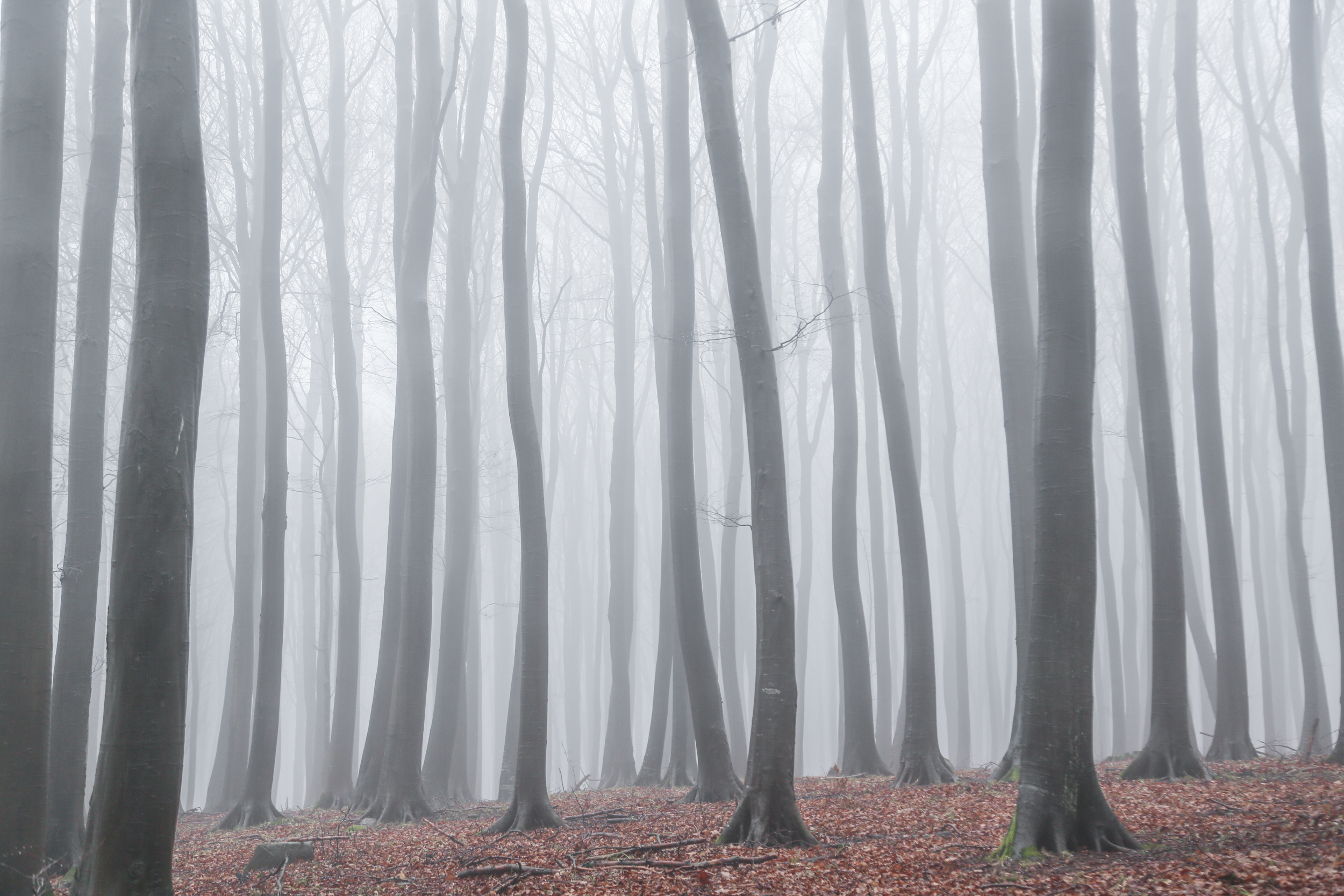
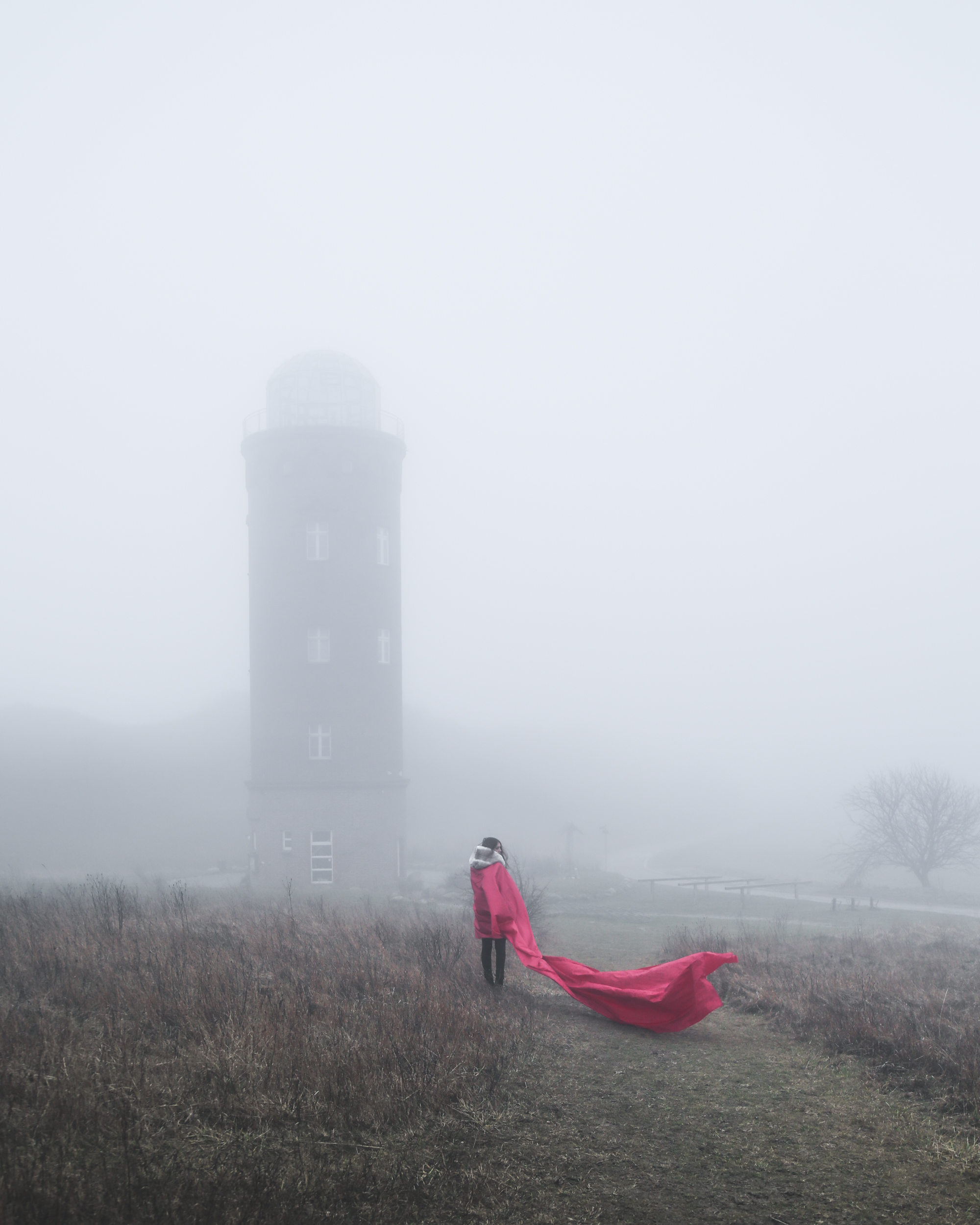

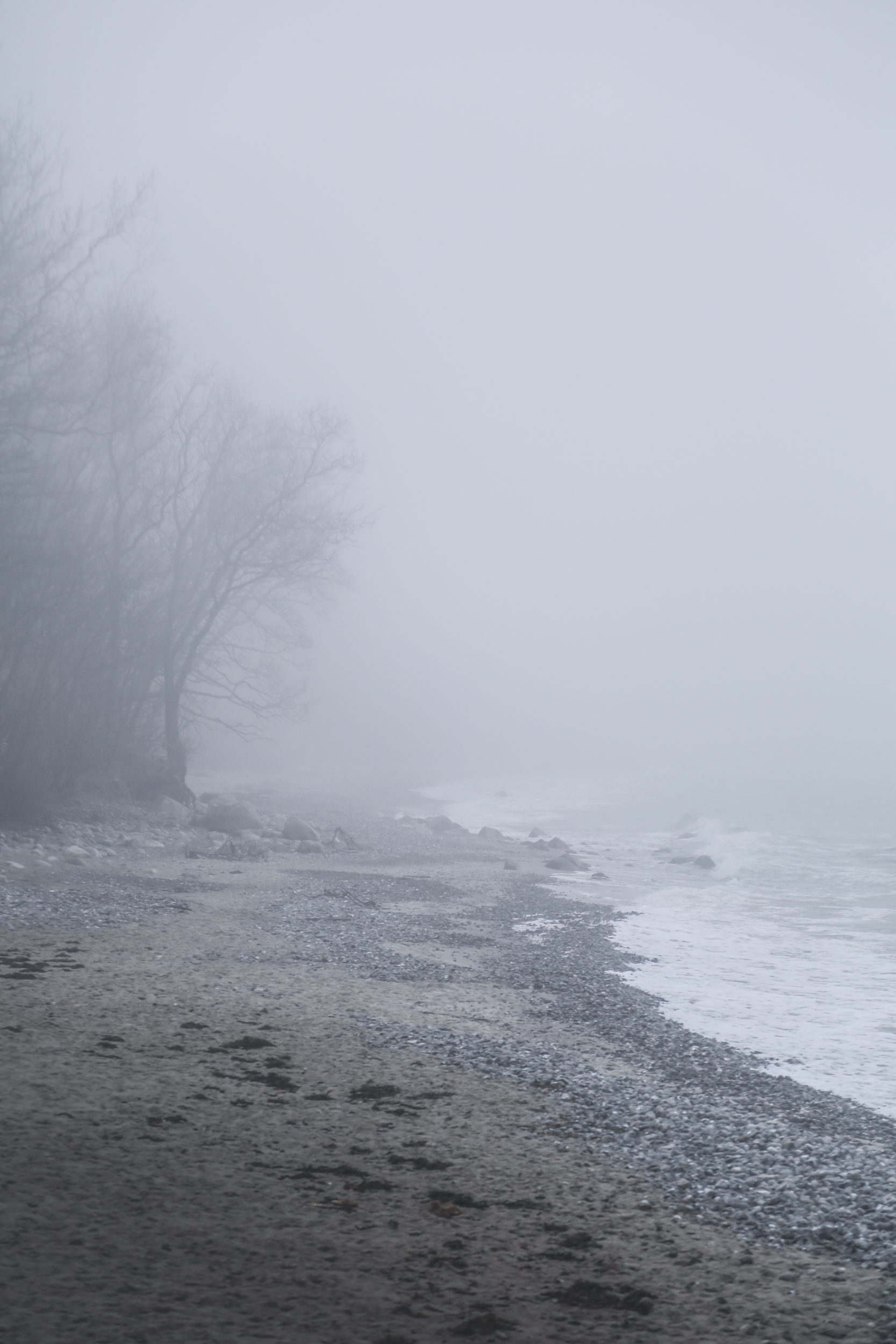
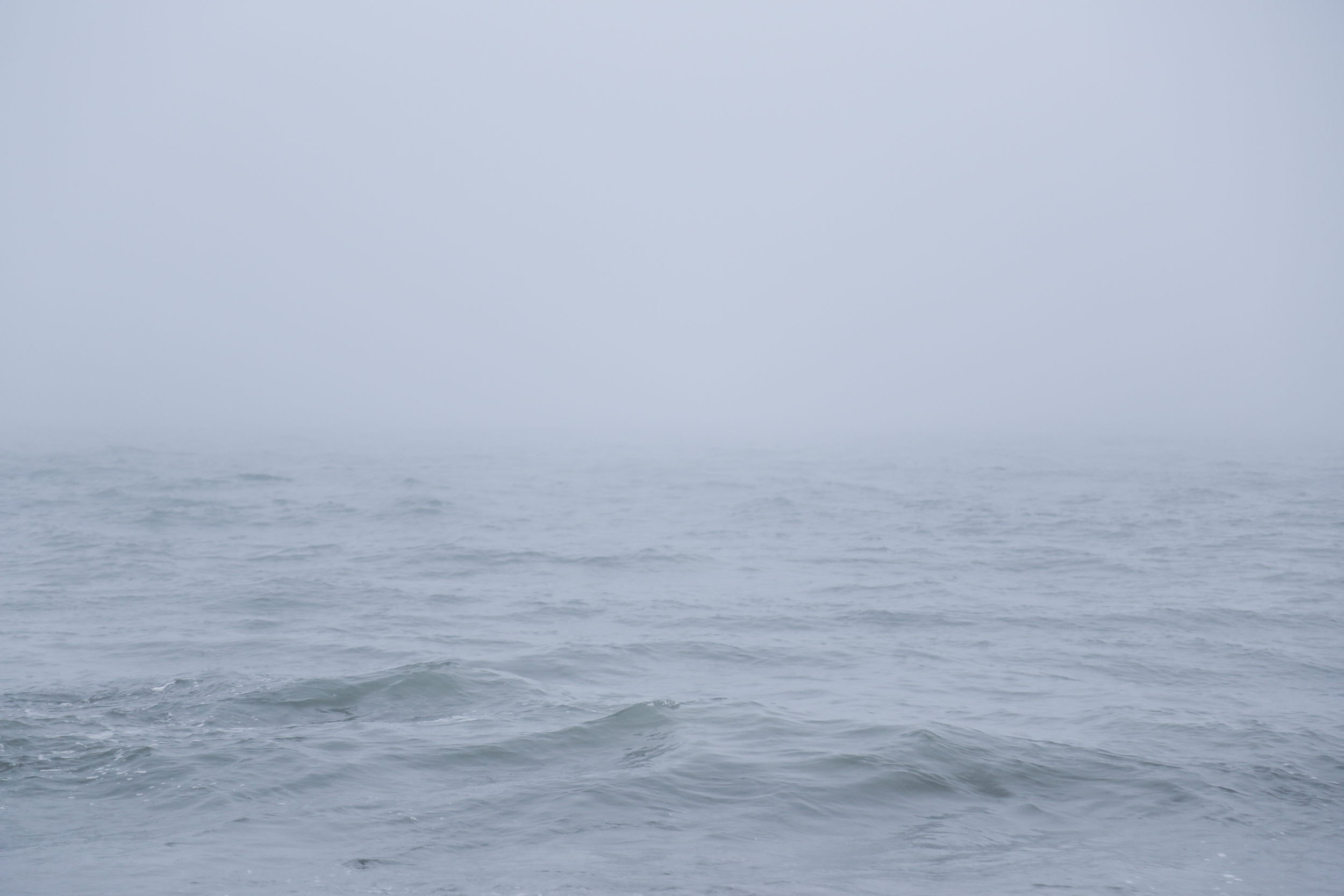
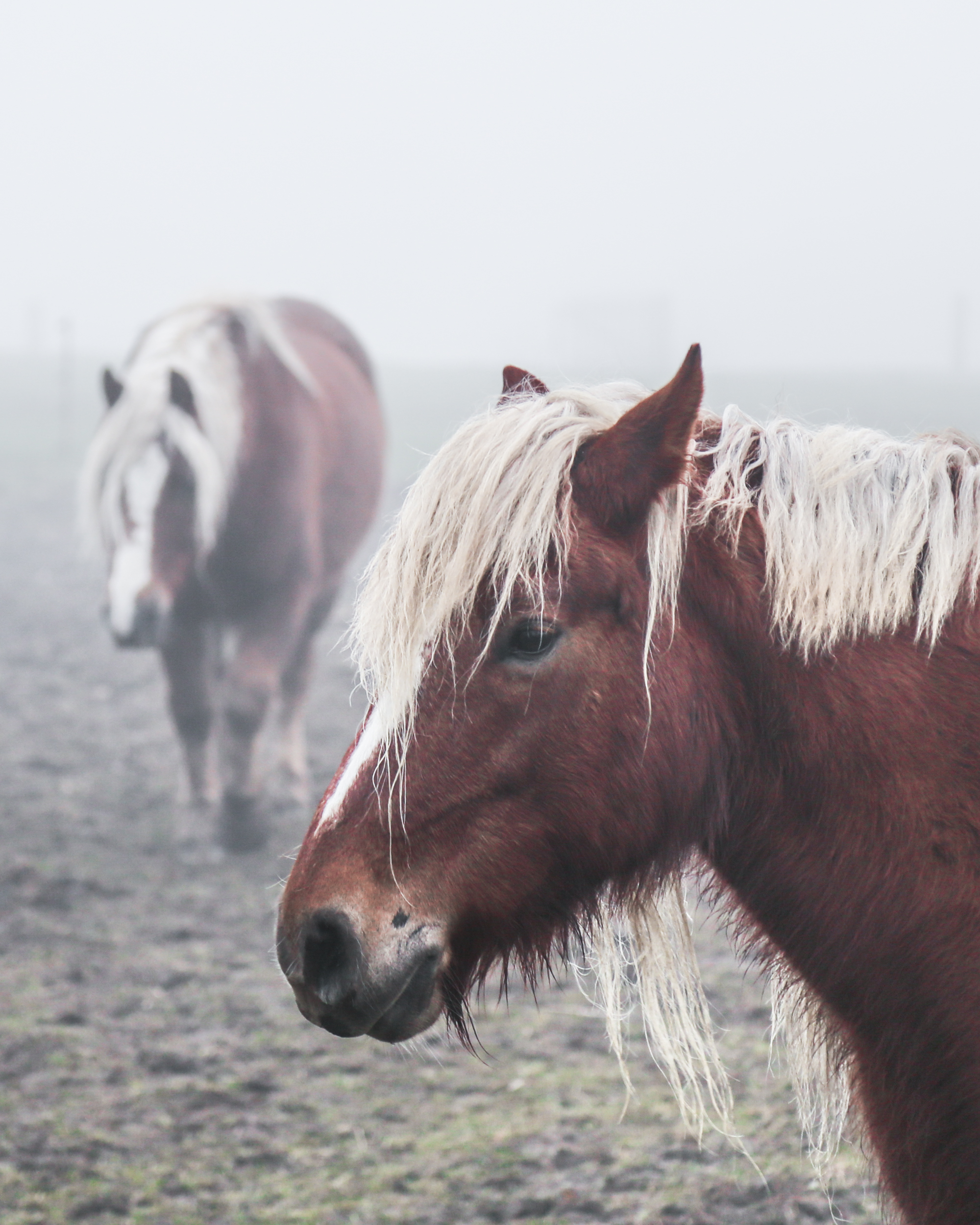
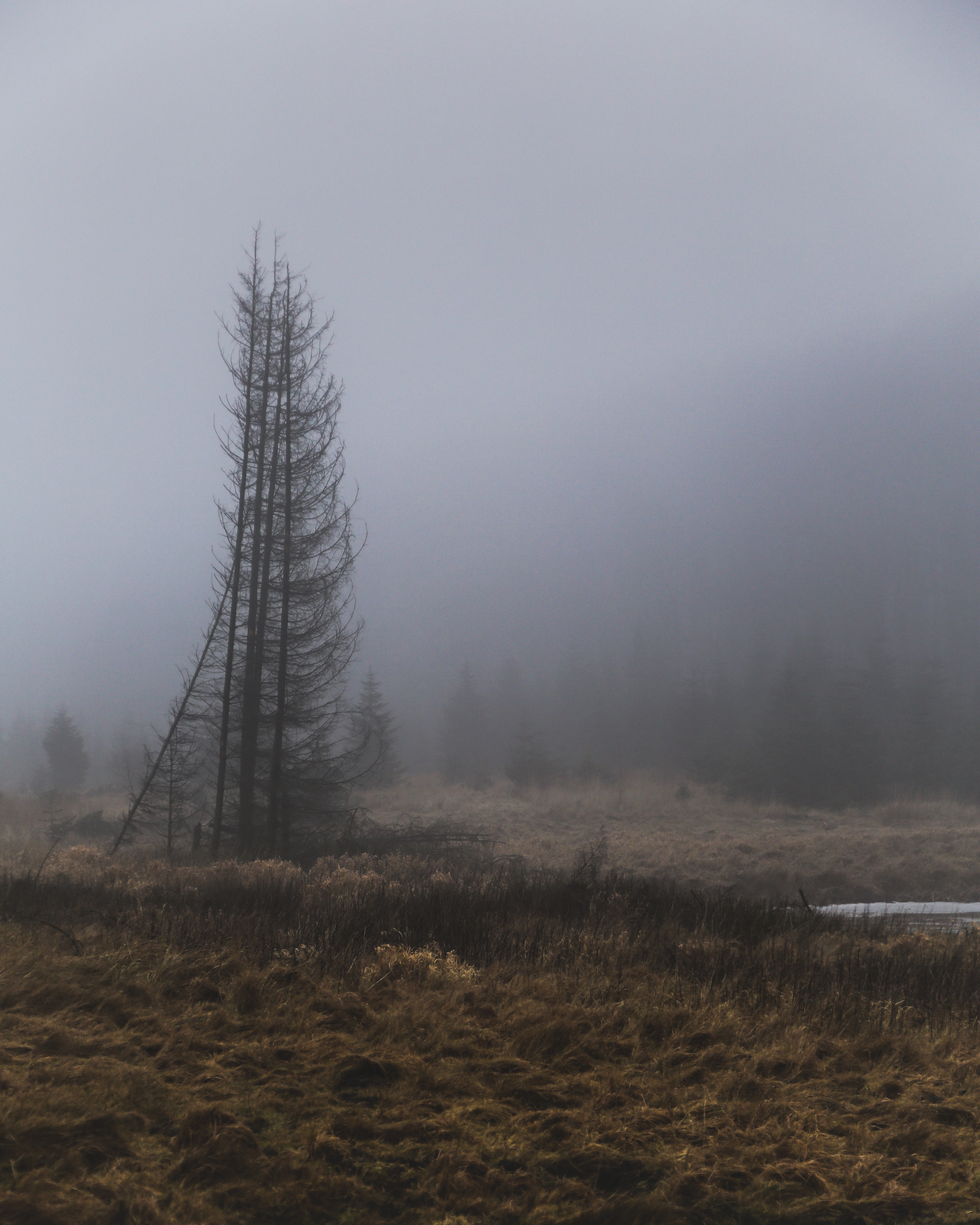
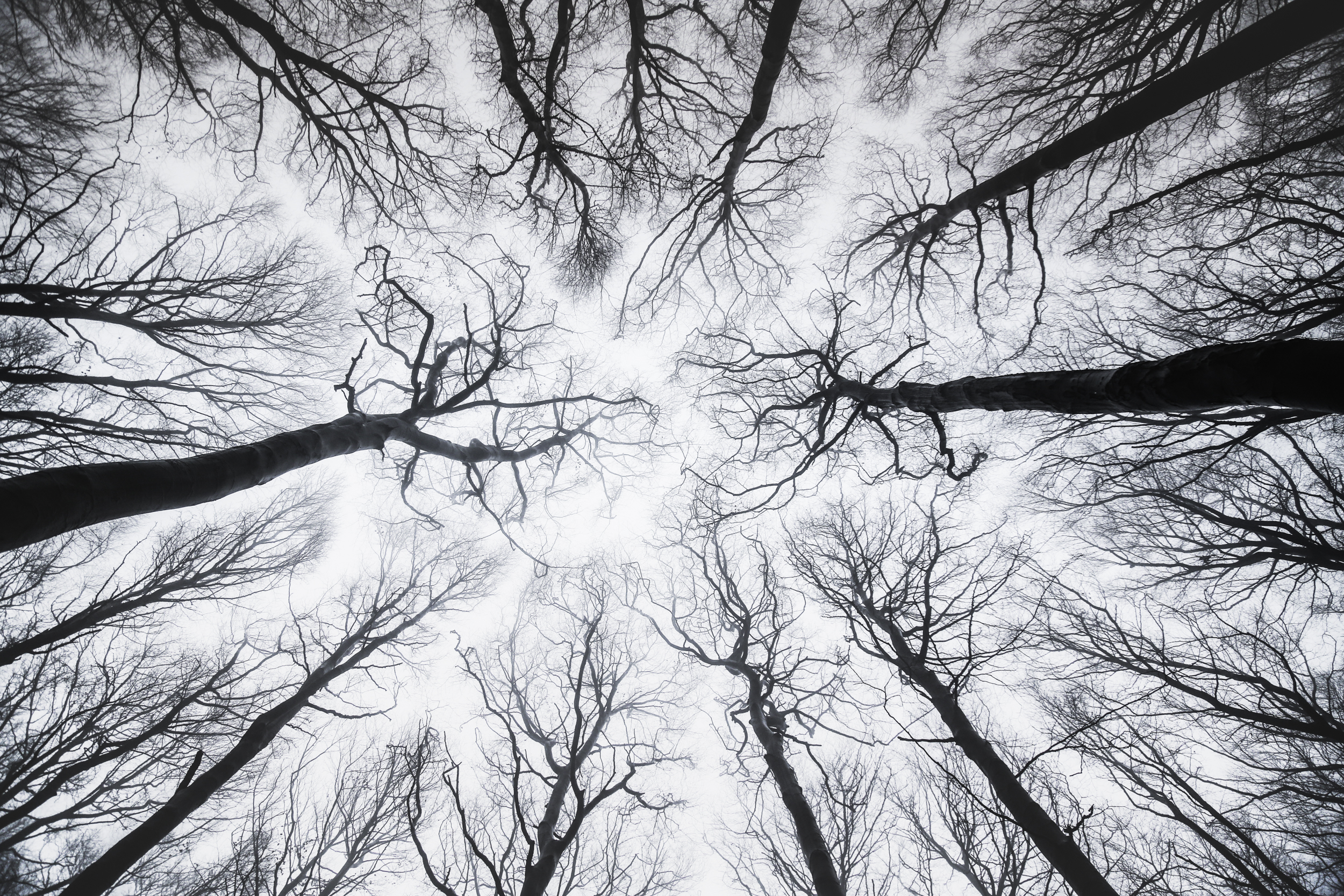



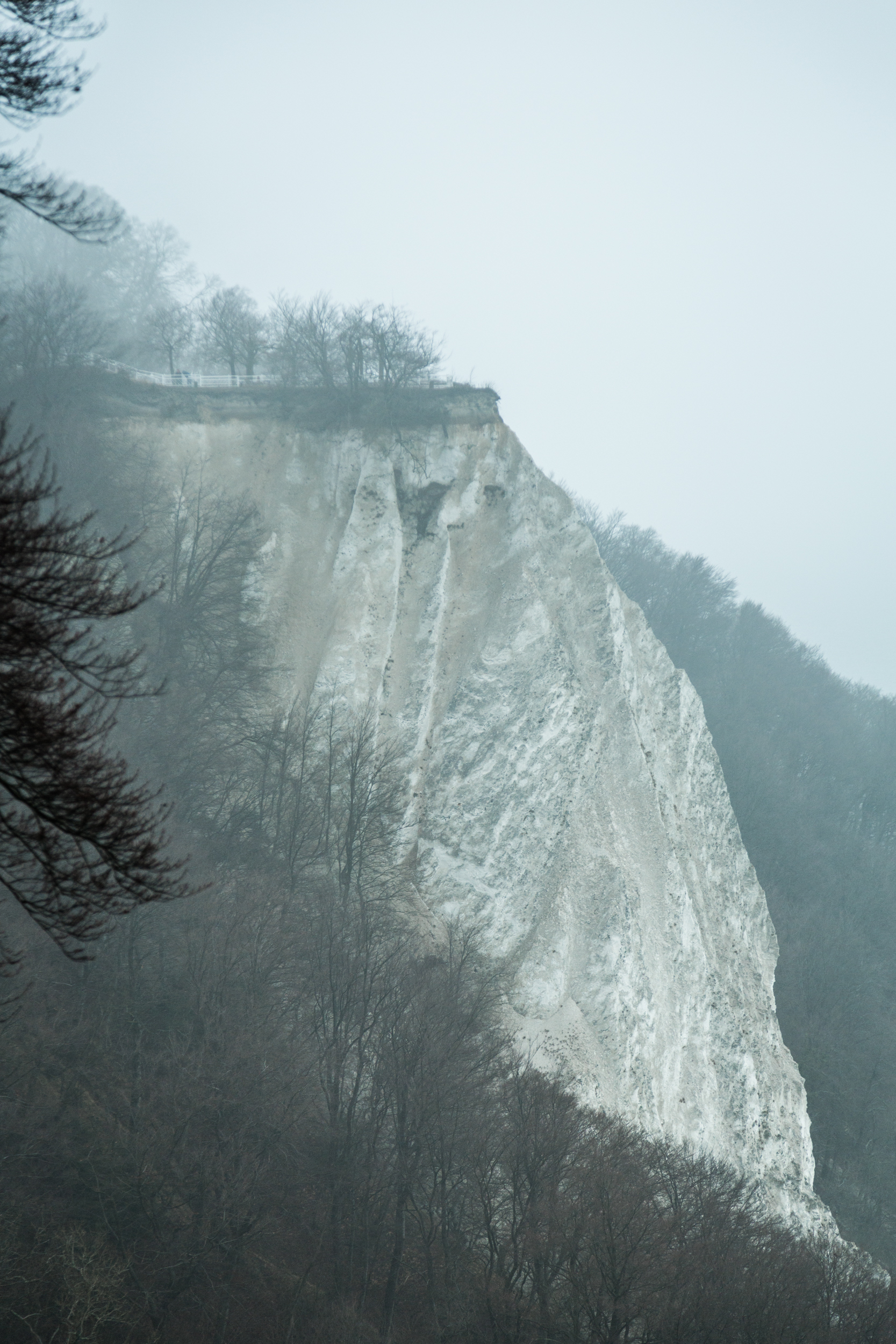
2 days in Madrid
There are few cities in the world, which left a trace in my heart. Madrid is one of them.
When people talk about Spain, they usually think of Barcelona (which is Catalan and not Spanish, which any Catalan person will remind you immediately). I can imagine why – Gaudi architecture, the closest proximity to the beach and the famous Woody Allan now-almost-classics did its deed. Nevertheless, the Spanish capital has a certain imperial flare, aristocratic atmosphere and timeless elegance, which leaves its Catalan rival look like a flashy Jersey babe if compared to the Manhattan queen B (here you can start arguing which on is actually worse, but that is another topic).
I visited Madrid on the New Year’s eve of 2007 for the first time. It was crazy, I was young and was ready to fall in love, which I did – my love for Madrid is forever.
I took a long break and haven’t been there since 2010. This July, I decided to travel to San Fermin festival in Pamplona (another cool story) and Basque coast and of course I couldn’t say no to 48 hours in one of my favorite cities.
We arrived to Madrid on a hot morning in July. Hot – because it was already 35C at 9 AM. The temperature rose to 40 later in the afternoon.The city was full of tourist and empty of its inhabitants – I was staying at my friend’s place in a bohemian quarter of… but almost all people I knew left town, because of the heat wave.
After we left our stuff in the beautiful apartment (interestingly, Ive noticed that so many flats I’ve been in Madrid have this 80s look, as if they were not renovated for decades) we decided to risk it and to go out for a walk.
Honestly, the air was so dry that 40C felt more like 34C somewhere in Berlin. Thus, my fears of melting into goo didn’t come true, especially with all the air-conditioning in the museums, cafes, restaurant and other public places.
The first day had a packed program. The highlights were:
- Museo del Prado
This pinacotheca is probably the best painting collection in the whole world. El Prado is one of the most visited sites in the world, and is considered one the greatest museums of art with the best representation of Spanish artists, such as Francisco de Goya, Diego Velázquez, El Greco. European masters, such as Titian, Peter Paul Rubens and Hieronymus Bosch are among other highlights.
Honestly, the Goya Black Paintings collection is one of the most intensive art experiences I’ve ever had. Pinturas negras is the name given to a group of fourteen paintings from the later years of his life, They portray intense, haunting themes, reflecting his fears of insanity and negative views of the modern society.
I made a little adventure out of my visit by photographing ugly renaissance babies. I remember seeing some Tumblr the other day with all this hideously disproportionate Jesus-babies from the early Reneissance period and to my surprise there were lot of those in Prado. I know, this is childish, but if you need a break and a laugh after watching the scary Goya paintings – try to have some fun scavenger-hunting for those little faces;)
Little trick: buy your ticket to Prado online. You don’t have to print it out – showing the QR-code on your phone was enough for me and it will save you 1 hour of staying in the queue outside. When we came to the museum, the queue was going all around the building – and in 40C heat it was no fun, I bet.
- Parc del Buon Retiro – Palacio del Cristal
After Prado, we decided to take a little cultural break and went to the famous Parque del Buen Retiro (literally “Park of the Pleasant Retreat”, or simply El Retiro). The park belong to the monarch family until the end of 19th century, when it became a public park.
The park was built in the beginning of the 16th century as a part of the San Jeronimo el Real Church, situated nearby on the hill over the Prado Museum.
It has some highlights, such as a small lake, where you can rent a boat, a monument of Alfonso XII, which I personally don’t find that impressive, but it steps serve as a good reading place for students and tourists, the The Paseo de la Argentina, also popularly known as Paseo de las Estatuas (“Statue Walk”) and of course the most impressive building – Palacio de Cristal, a structure built in 1887 entirely from glass and metal to exhibit flora and fauna from the Philippines.Originally a green house, the palace is now used for art exhibitions,like the colorful Bedouin tent by the artist Federico Guzmán, which was presented inside at the time of our visit.
- Evening at the beautiful rooftop of the Circulo de Bellas Artes.
A bit crowded but the view is totally worth it. Entry fee: 5 euros.
Curculo of Bellas Artes is a private cultural organization, founded in 1880. Situated on the central Calle de Alcalá, 42 it offers exhibitions and the rooftop bar called Tartan roof. While there, I ordered a popular variation of sangria, which was a simple mixture of red whine and orange soda. I know what you think (ew) but in the evening heat, it is a great refreshing drink, which leaves you wondering where did your class go, while simultaneously feeling extremely satisfied by your choice.
- Tapas-crowl in the city center
When in Spain, drink wine and eat tapas. We decided to sacrifice the normal dinner for a wide choice of tapas in the local famous bars. I don’t think the difference between all the places we ate was drastically big, but some bars had a special flare about them, which was hard to deny, thus they are definitely on my visit-again list.
Note: Spanish are very traditional about their eating and drinking routines, thus start your evening with a glass of cool vermouth and then proceed to tapas, and if needed – to a proper dinner (which is usually quite late, at around 10PM).
Tapas are usually served around noon (before the proper lunch) as a mean of socializing, and before the dinner at around 7-9PM, to cover the time before work and dinner. It is very hard to find food in Spain outside of the traditional timetable.
Bodegas Ricla in the Calle de los Cuchilleros 6 near Sol was my personal favorite, looks-taste-feel-and-price-wise, but I am sure any other place will do.On the way home we stopped at a local restaurant called Iberia, where the locals usually have a drink or some food. While we had our beer with some patatas bravas, couple of firemen, a policeman and some late night-shift workers stopped by for a paella and a beer. I really like those kind of places, since they are the most original and authentic places you can visit.
Day 2
Since it is so hot already in the morning, sleeping in late is not an option.
We tried to have a breakfast at the hipster market at the Calle Fuencaral, but despite the nice atmosphere, it was empty in the morning so we decided to go all the way down to the student district of La Latina to the market place. Once crowded and the center of the social life, now the rent of a place in a market is way to high, so half of it stays empty. The food is also much more expensive than in a regular supermarket, but the atmosphere is rather nice. I remember La Latina from my earlier visits, because my old friend Pablo used to live in the area.
We had a cold coffee and a mouth-watering bocadillo at the place nearby and went to the Ramblas, the famous flea-market street, which was empty and unspectacular, since the market is happening on Sundays only.
After taking a cool metro ride, we ended up at the Tyssen museum with an excellent fashion exhibition from the Vogue archives as well as a collection of the Fransisco del Surbaran paintings. The Vogue exhibition impressed me as a photographer, since all pictures referenced paintings and different artists. Surbaran doesn’t do much to me as a painter, but I loved the color choice of the walls – yellow, which worked with his color-palette perfectly. We decided to take a little walk but ended up at Calle Amaniel, 29 at ABC museum of graphic art and illustration – with the free entrance and a beautiful exhibition of architecture photography. Definitely a tip.
Walking further, we visited an absolute tourist trap – Mercado San Miguel, which, despite high prices was still worth seeing.
I was very keen on visiting one of the famous pastry houses – so we went to one of the – Pastelería El Riojano in Calle Mayor, next to the Plaza Mayor. If you are a sweet tooth – this is your destination.On we went to the Royal Palace to watch the sunset and get impressed by the imperialistic grandeur.The dinner was planned at the Il Temperanillo – a tapas restaurant recommended by many guides and rightfully so.Discrete interior and only Spanish wines, they also have a really nice upscale choice of tapas. In Madrid, if not a must, than certainly a big recommendation.
Since I am a big fan of a good cocktail, I asked my friend Alvaro, whom I met in Berlin years ago and with whom we share a birthday, what would be the place to go for a nice whiskey-sour. He recommended the 1862 Dry Bar in Calle del Pez, 27 in Malasana district, a 15-minutes walk distance from the Royal Palace.The bar appeared to be everything I like and expected – a nice speak-easy atmosphere and excellent cocktails in beautiful vintage glasses. I followed my friend’s instructions and told them I was “a friend of Dave Lynch”. They gave me a shot of Jack Daniels on the house for that;)
If you are less of a eater and drinker than I am and more of a walker, you could have fit the Reina Sofia Contemporary Art museum into the 48 hours in Madrid too, but since I’ve been there already, and am not a huge fan of Picasso (his “Guernica” is hanging there) I skipped it this time.
***
I know most of you will be reading this in the cold dusk of a winter day, so I hope instead of getting you depressingly nostalgic for the summer weather, it will inspire you to plan your next trip to the Spanish capital.
Moreover – I spent not one but two(!!!) New Year’s Eves in Madrid and if you still have no plan, than I definitely recommend you going there for the special night. The big plus is that December-January are not the coldest months and can be easily compared to late October in Berlin or new York.
3 days in Southern Bolivia
Last March I had couple of firsts. It is not what you think of course. Though for that matter, I don’t know what you think at all. This month I’ve seen the most beautiful sky in my life. In the middle of nowhere, southwest Bolivia, with no internet, mobile network or shower, I’ve seen a face in the clouds – and thought that since I am so far up in altitude, I must really be close to heaven.
This month I’ve been to another planet as well – the planet of salt and white clouds. I don’t think I’ve ever seen so much white in my entire life. If I imagined heaven, that would be the best depiction of its entrance.
We arrived at Uyuni; a small village with a market, church and couple dozen travel agencies in the early morning. The last two hours on the bus ride on-route were quite bumpy – since there are no paved roads to this remote part of the world. That remote part: in Bolivia’s southwest, the Potosi region.
After a quick coffee, which was surprisingly bad everywhere I went in South America, we headed to the travel agency of our choice – I bet they are all the same, providing basic services for a three-day tour around the salt flats and surroundings.
The three-day tour we booked was modestly price at $130, which after a short negotiation could have been dropped to as little as $80 for three days all-inclusive.
We ended up in an all-women group of six plus our nice local driver, who didn’t speak a word of English. However, luckily, my teenage obsession with South American soap operas paid off and I could ask basic questions and even understand 40% of the answers.
The driver packed our bags on the top of his four-wheel-drive, together with the gas for the whole trip – not so surprisingly; there were no gas stations on the way.
The first stop on the way was an amazing old train cemetery. Uyuni was a transportation hub, with trains carrying minerals from local mines to the Pacific Ocean ports. After the collapse of the mine industry in the 40s, many trains and railways were abandoned. Old trains remain a memory of the past prosperity and hopes.
The location would be more spectacular without the hundreds of tourists jumping around and taking selfies with a stick. I suppose though any beautiful place in this world is doomed the moment it is discovered or mentioned in the Lonely Planet guide.
Our next stop was an artisan market a few kilometers away from the start of the actual salt-flat – another tourist trap. Nevertheless, it had a small museum with huge statues of animals and people carved out of blocks of pure salt. Guess how many people tried to lick them.
After a stop at the market, the main part of our journey began. It was all absolutely amazing, with not a single boring moment in it. Skipping further superlatives and descriptions and accelerate on my story, here are the main stops on our three-day tour:
Salar de Uyuni
Arriving at Salar de Uyuni, the world’s largest salt flat is similar to arriving at an unknown, deserted planet. Spread for more than 4,086 sq. miles, Salar is the flattest place on Earth, with an average elevation of maximum one meter over the whole area. To put it in simple words, driving on the salt flat is like skating on butter – seamless and incredibly smooth.
Located at an impressive elevation of 11,995 ft. above the sea level, the salt flat was formed from several prehistoric lakes, which dried out and formed a thick salt crust, covering a pool of brine, that’s exceptionally rich in lithium. To further impress you, the area contains 50 to 70% of the world’s lithium reserves – guess how many billion Duracell batteries one can make of this.
Enough with scientific facts. I have been to many places on Earth, but nowhere I felt was more eerie and close to heaven than in Salar de Uyuni. After escaping the dozens of tourists at the beginning of our trip, we followed into the pure endless whiteness – so blinding and extraterrestrial I couldn’t speak for the first hour of the journey.
We were lucky with the weather and season we chose for our trip. The best thing you can experience in Salar de Uyuni is the reflection of the sky and clouds in the water covering it in some places. This creates an illusion of you flying in the sky. This phenomenon is only possible to see two months a year – February and March, when it is rainy. The rest of the year, the surface is a cracked crust. There are also several islands – ones of their kinds, situated in the middle of a dry salt flat. The biggest is named Incahuasi, with giant cacti growing on it.
After hours of driving through the salt flat with numerous stops for pictures and videos, we arrived back on land, where we slept in a home-run hotel, entirely made of salt-bricks, cut out of the salt flat. The service was basic, but being in the middle of such wilderness, I couldn’t ask for more than a good meal and a good night sleep.
Laguna Colorada
The next main attraction on our trip in was the beautiful Laguna Colorada. Its bright red color contrasts perfectly with the gloomy landscape of the Eduardo Avaroa Andean Fauna National Reserve. After paying 150 Bolivianos for the entrance to the reserve – around 20 Dollars, which is quite expensive by the local standard – we arrived at the beautiful Laguna, which is also home to thousands of pink flamingos. The red sediments and pigmentation of some algae, which serve as food for the birds, cause the reddish color of the water.Temperatures at such high altitude remain quite low and even go bellow freezing at the nighttime. Flamingos remain in the water during the night, standing on one leg. Our guide told me that sometimes the water freezes, catching a flamingo in a natural trap. Nevertheless, when the sun comes out and the ice melts, the birds are free again.
Stone tree Another picture-worthy stop was the stone park with the particularly photogenic Árbol de Piedra “stone tree”, which is an isolated tree-shaped rock formation in the National Reserve about 11 miles north of Laguna Colorada. With the soft sandstone the tree is made of, the sand, blowing with the strong winds of the dunes, surrounding this weird rock formation, eroded it. Needless to say, there are a thousand of pictures with people trying to move the stone. Unsuccessfully.
Laguna Verde
Laguna Verde, or a Green Lagoon, is a tricky place. Situated near the borders of Chile and Argentina, this salt lake has a very boring muddy color on a windless calm day. When we arrived at the Laguna, I couldn’t believe my eyes. Google promised me shades of turquoise and emerald I’ve never seen before.
Nevertheless, the guide told us to stay calm and wait for the wind to start blowing. Apparently, the green color appears only after the motion, produced by the wind, disturbs the sediments in lagoon. We waited patiently and got granted by a miracle – after the breeze started, the color of the Laguna started changing in front of our eyes.
Stone towers cover the area around the lagoon – the legend says, that a person, who builds a tower in this sacred place, will get one wish fulfilled. I built one of course.
Geysers
The third day of our tour started as early as five o’clock in the morning with our arrival at the local geysers Sol de Manana, near the crater of an active volcano, at an altitude of 16,000 ft. The presence of lava formations and geysers made me unconscious think of Iceland, where I spend some time in January. The area is full of boiling mud and really loud natural bubbling – a very unique experience, which should not be missed. The Bolivian government tries to use the geothermal power for electricity production, but the project is still in the early stages of development.
Hot springs
Hot springs, Aguas Calientes, some 30 minutes away from the Laguna Verde with a majestic sunrise view had another uncanny resemblance to Iceland. For a very modest price of three Bolivianos – less than 50 cents – you can treat yourself with a relaxing dip into a small pool, surrounded by mountains and lakes. Perfect hot tub temperature provided us with the energy for the rest of the trip and definitely made my day.To sum up, the three-day trip in southwest Bolivia was my most prominent impression from South America. Note: Those due to the high altitude, a lot of people can feel unusually dizzy, experience headaches or even nosebleeds and vomiting. I would recommend for those too sensitive, to acclimatize a couple of days before going on a trip – it is not very physically demanding, but at 15,000 ft. and above, climbing even a small hill can feel like a serious hike. Guides sometimes provide you with coca leaves, which can be chewed or consumed as a tea. They are totally legal here and help to fight the altitude problems.
All in all, Salar de Uyuni and its surrounding is an impressive once-in-a-lifetime journey – one that will provide you with photos, stories and Facebook statuses for a long, long time.

